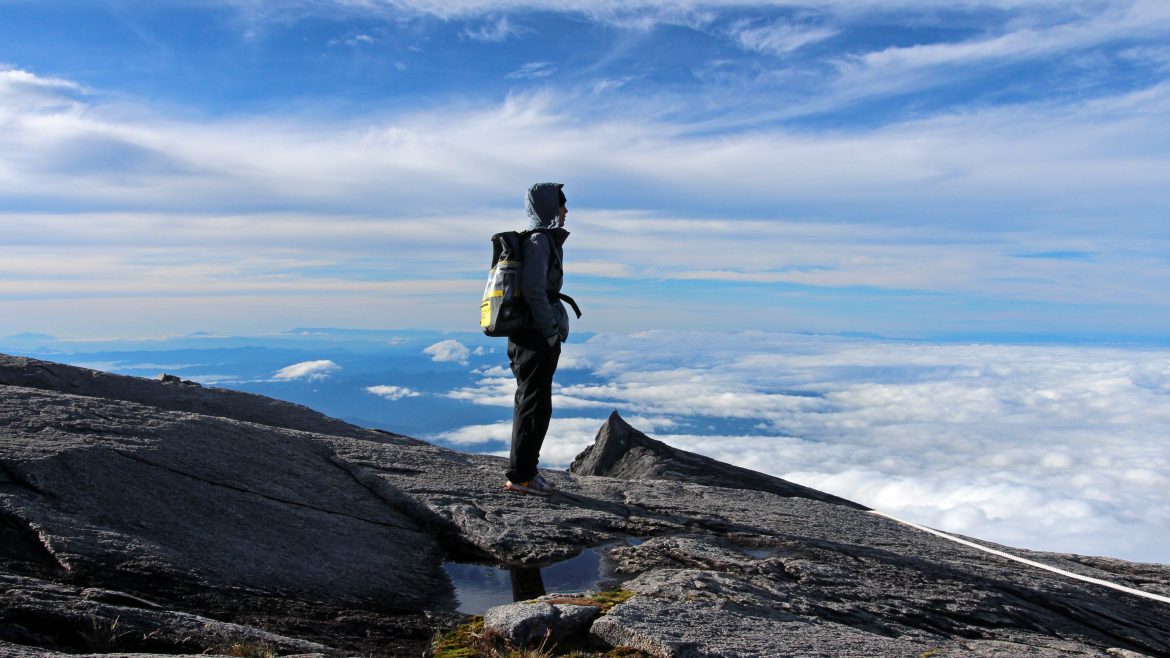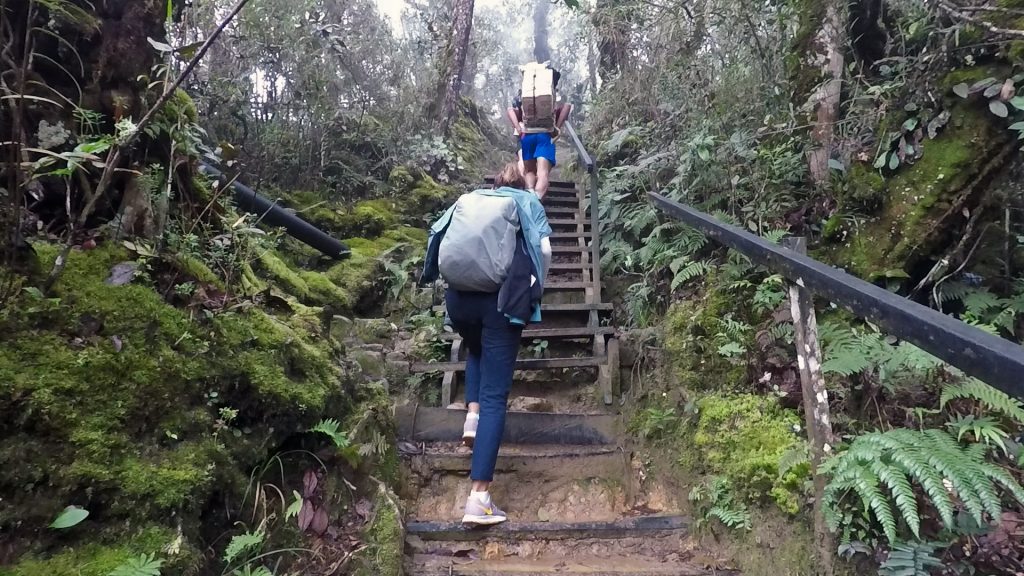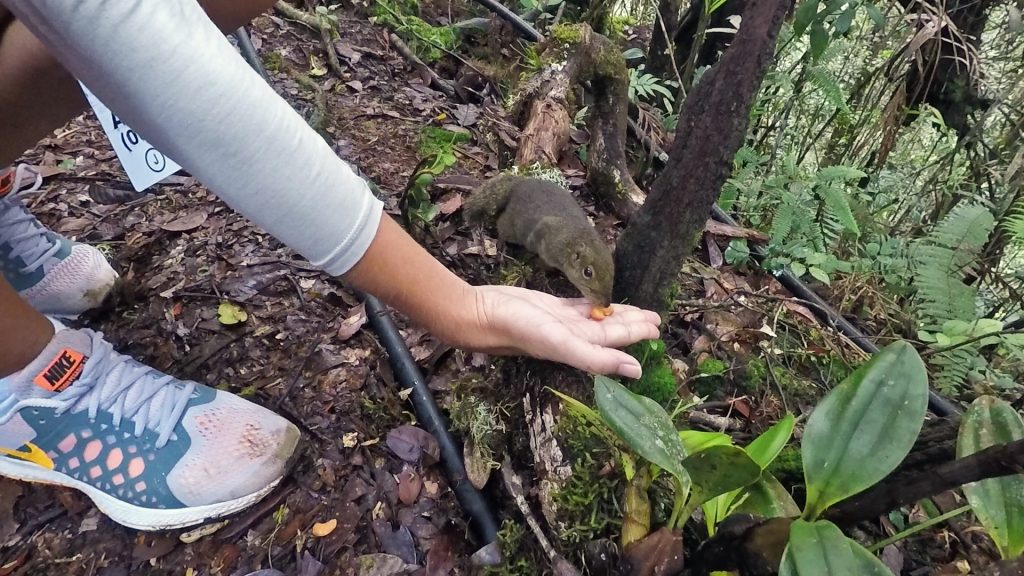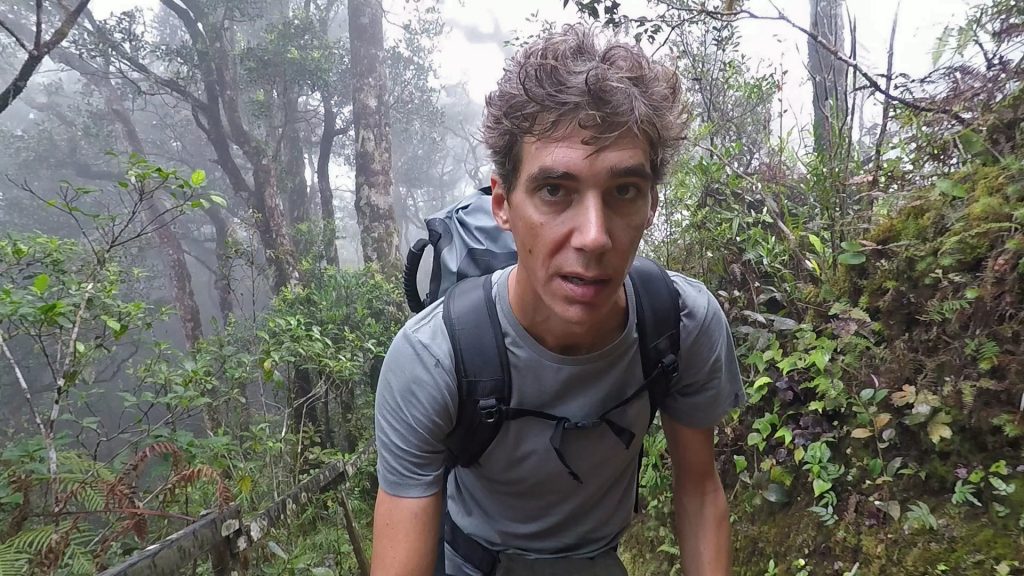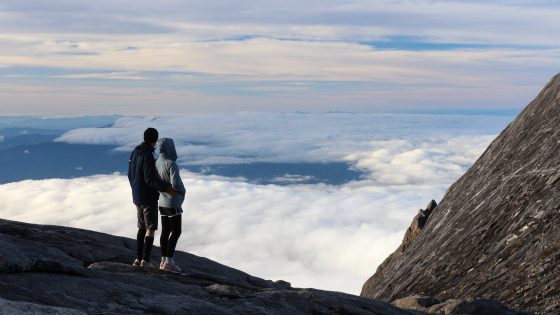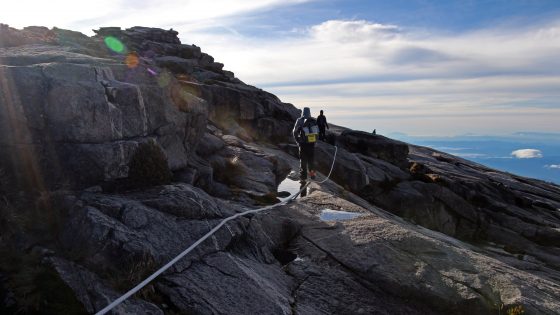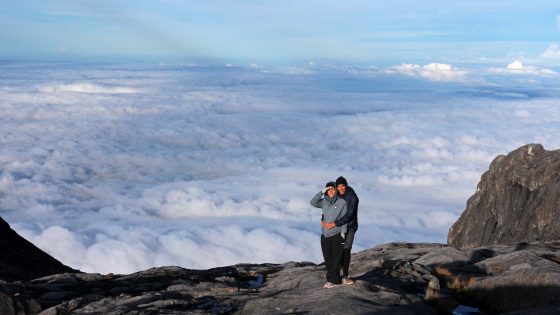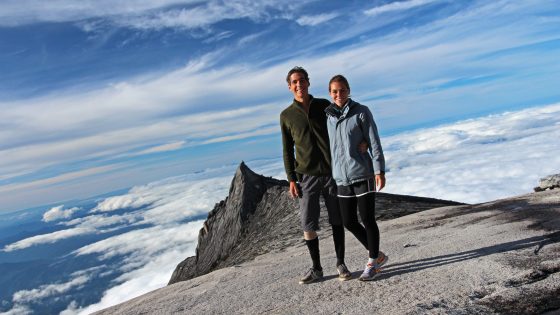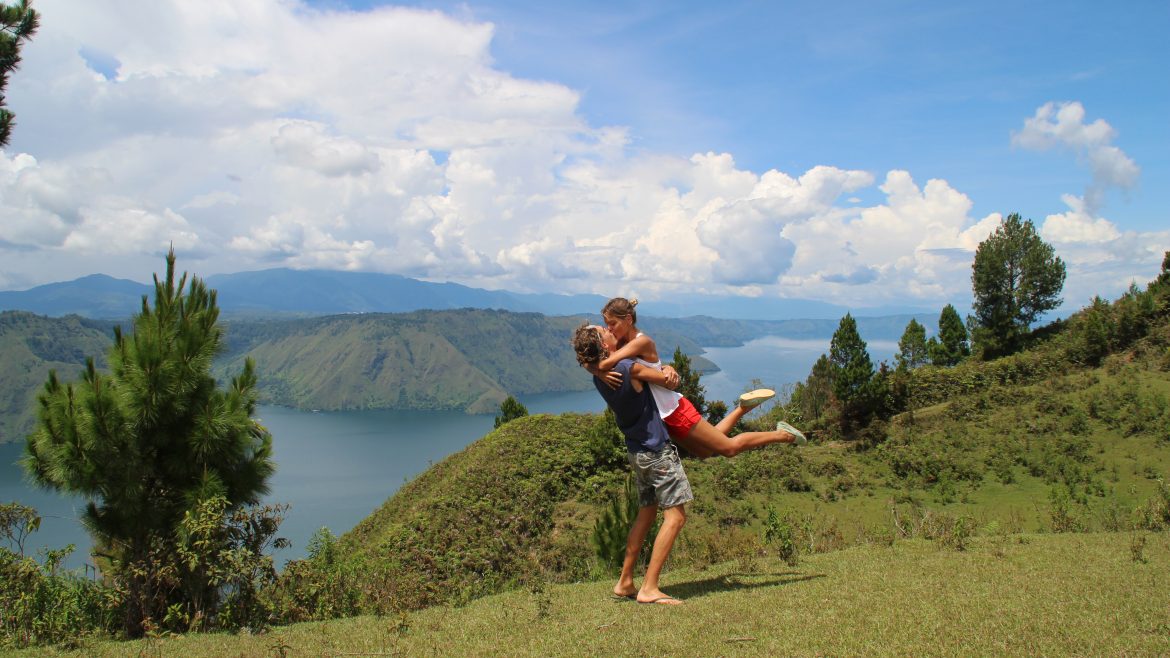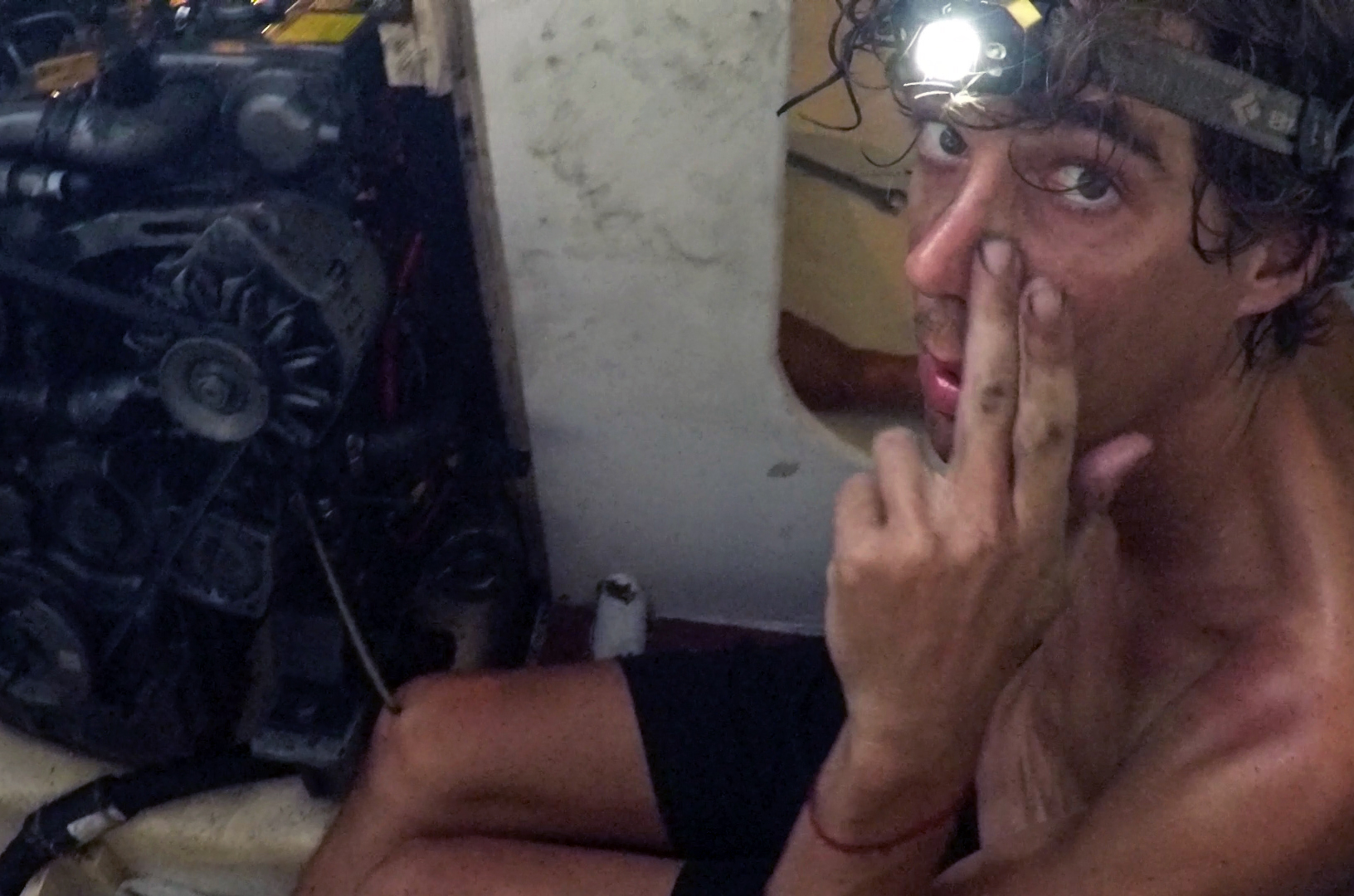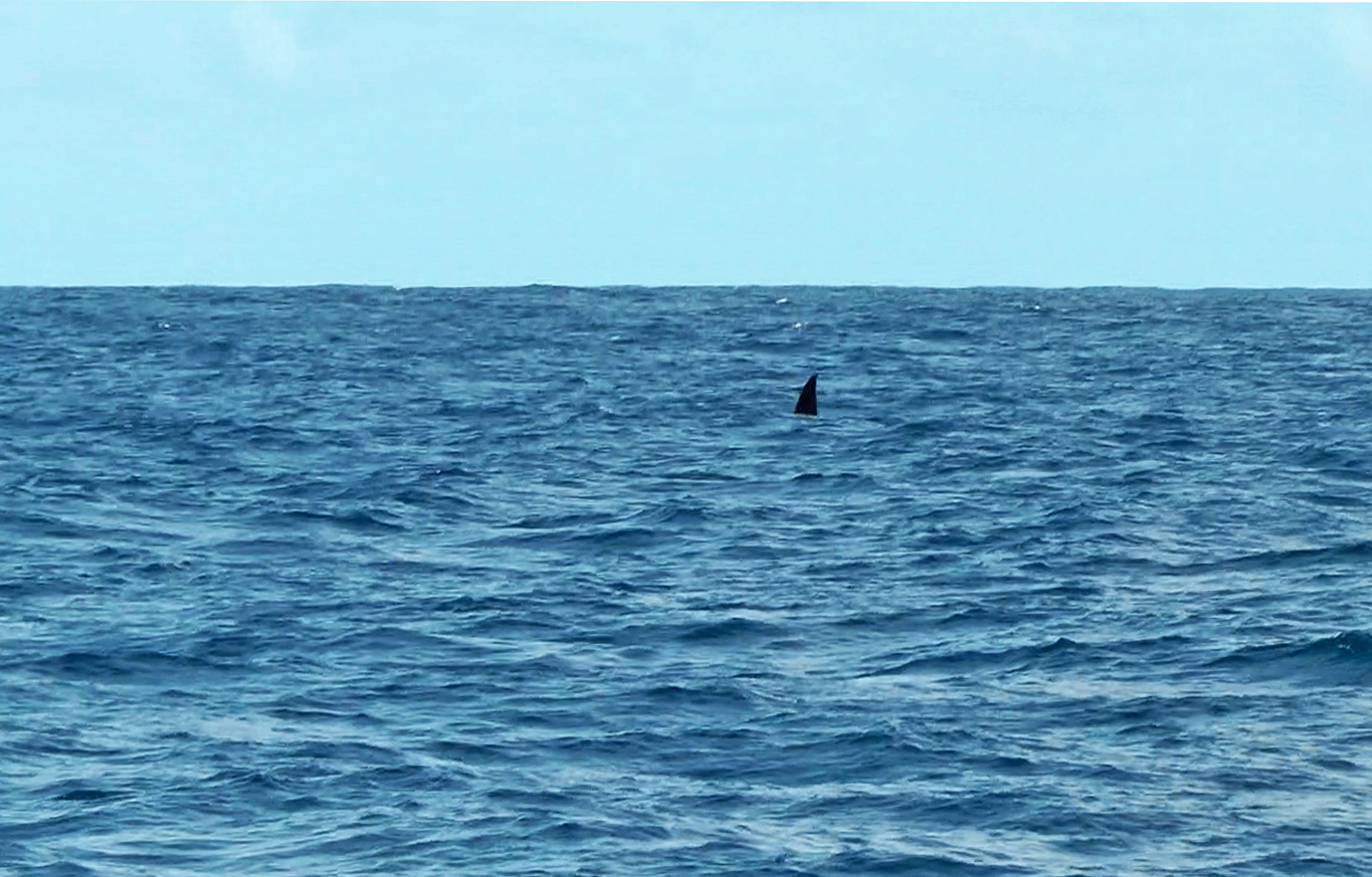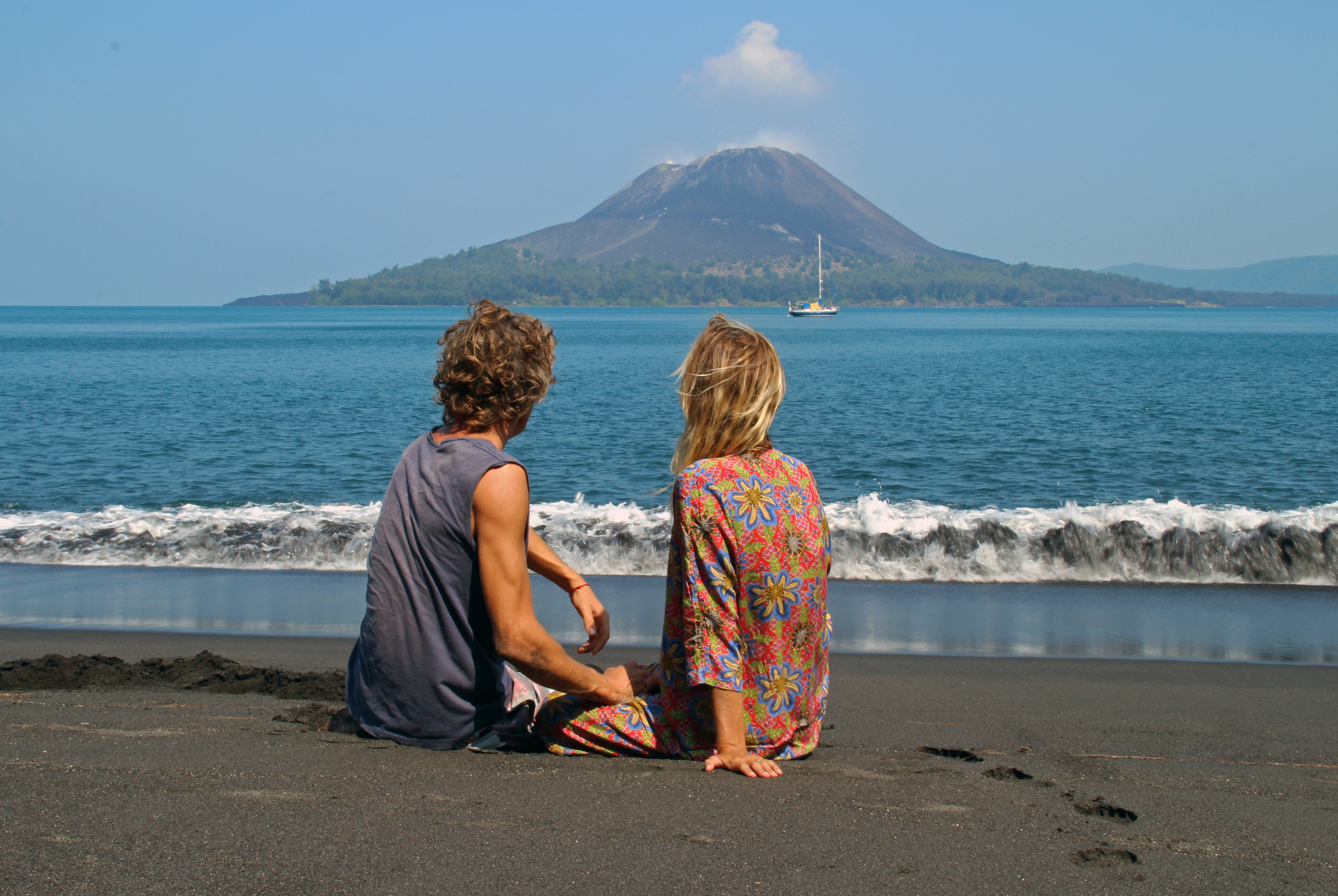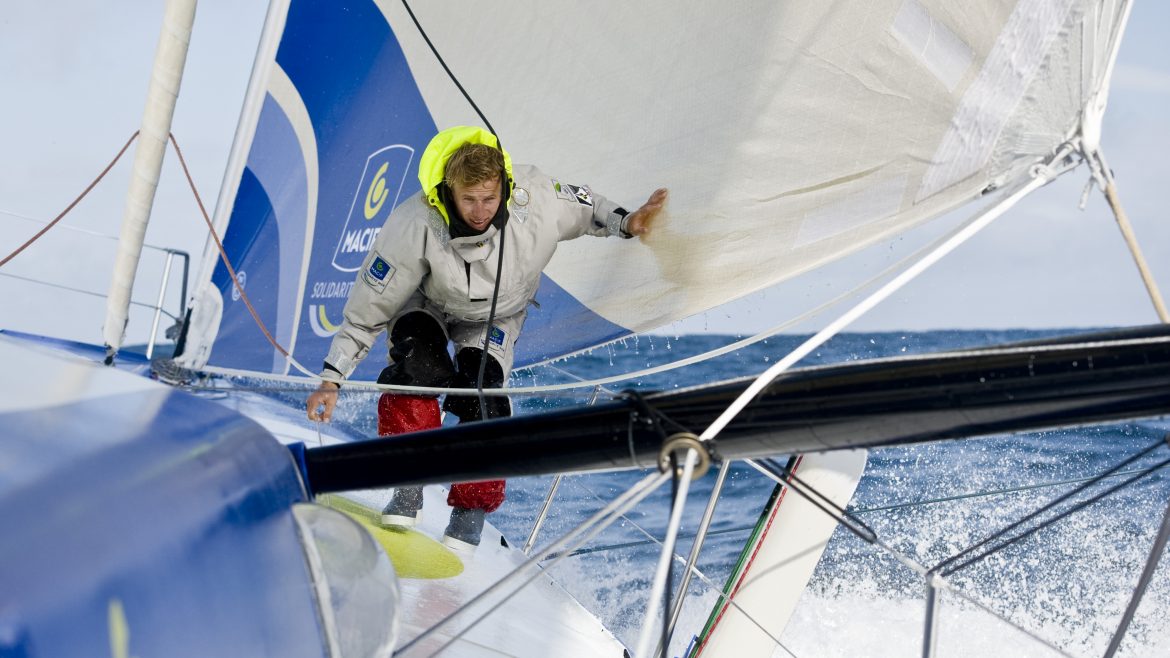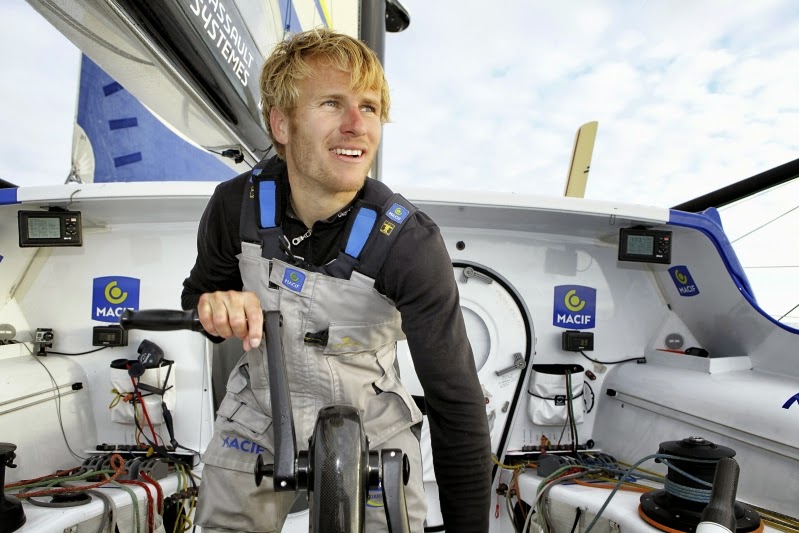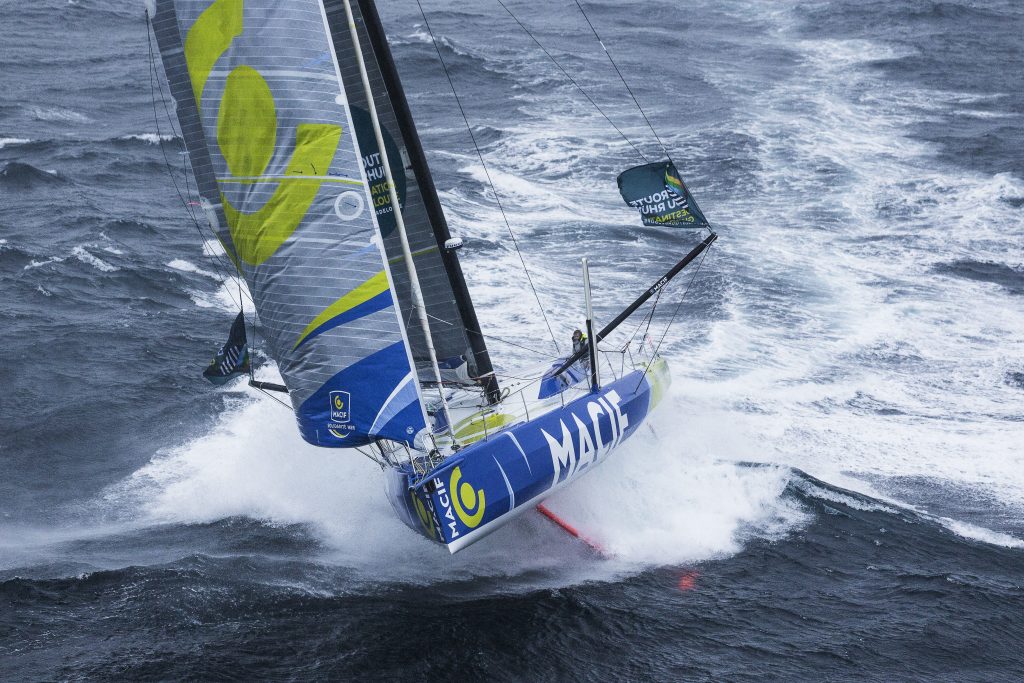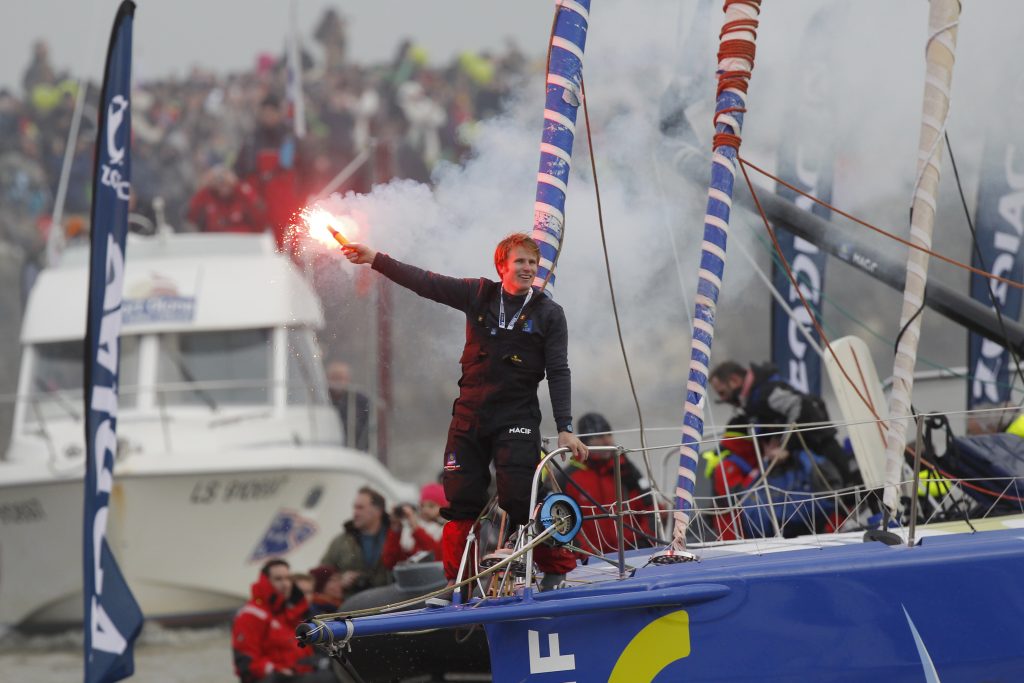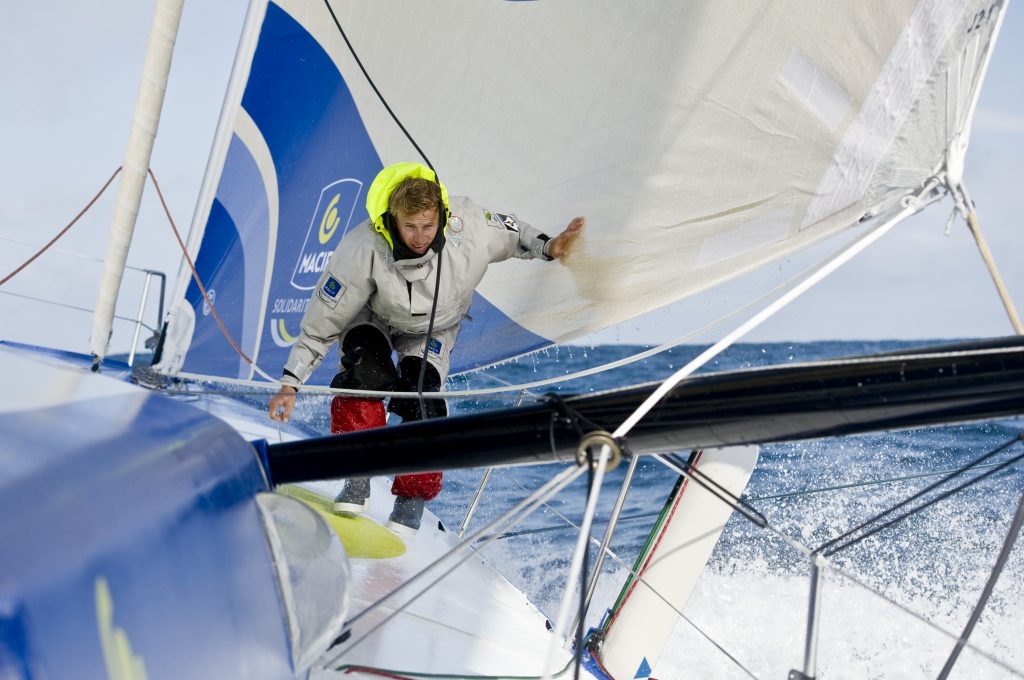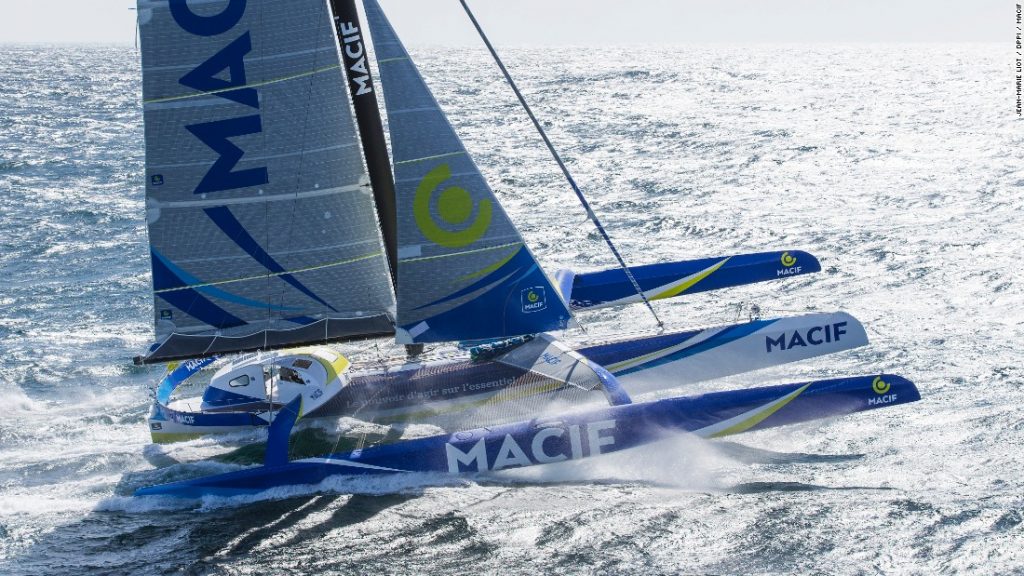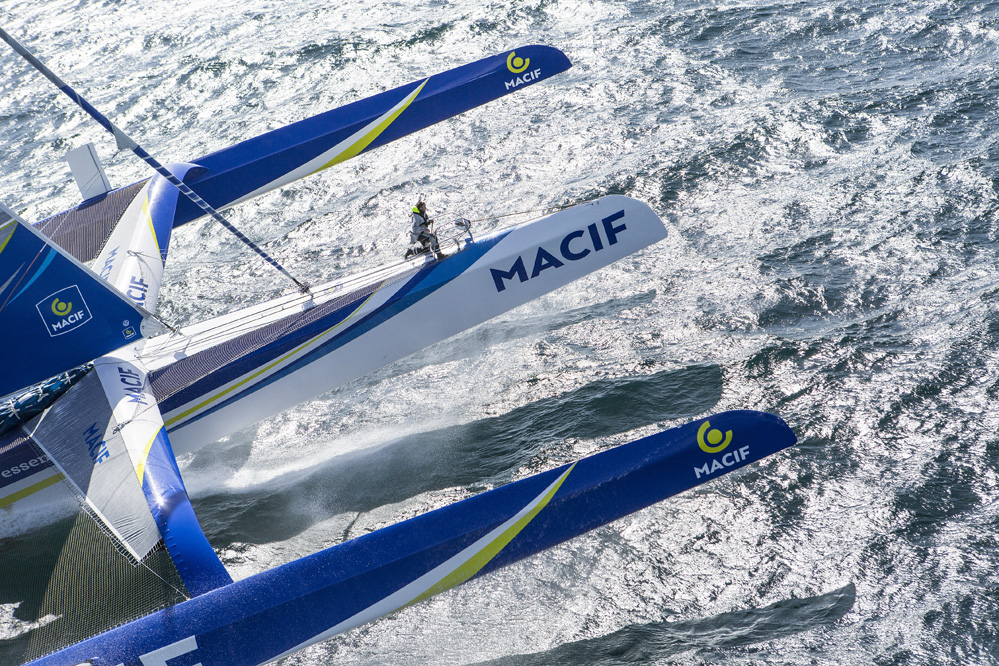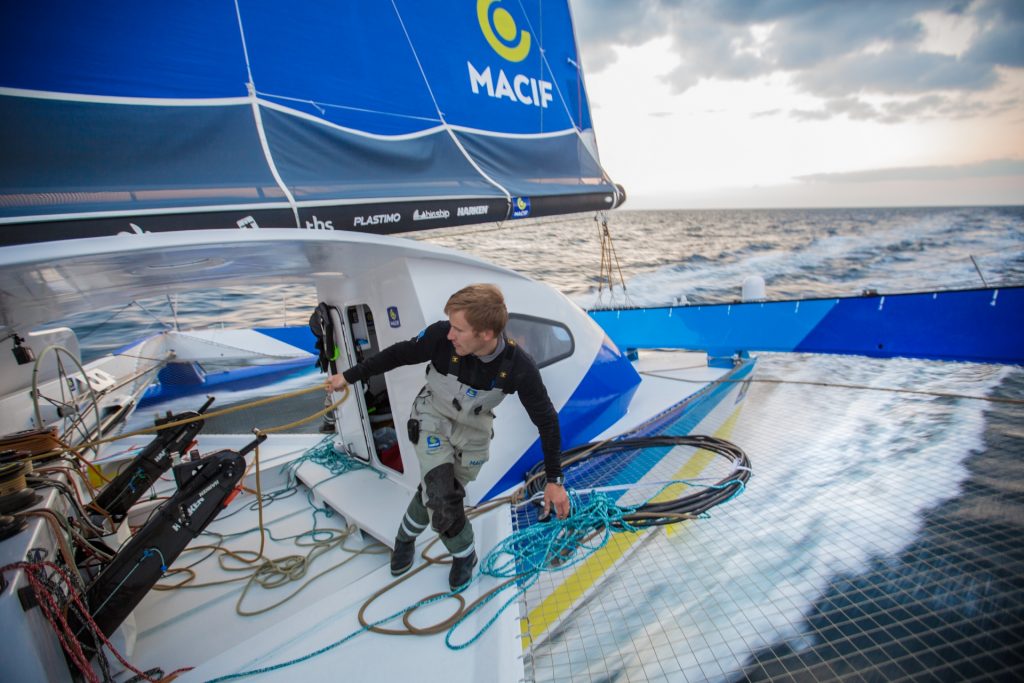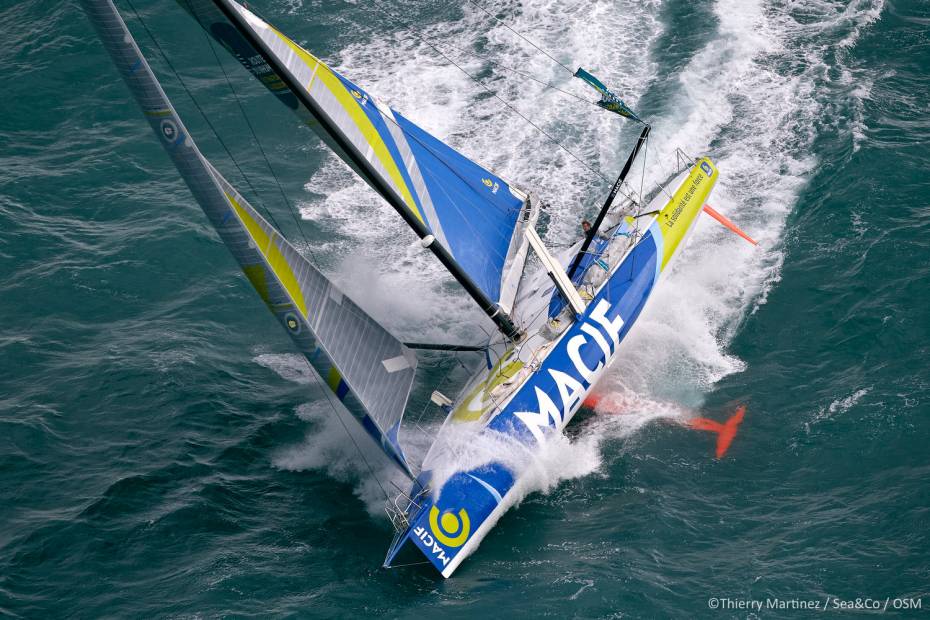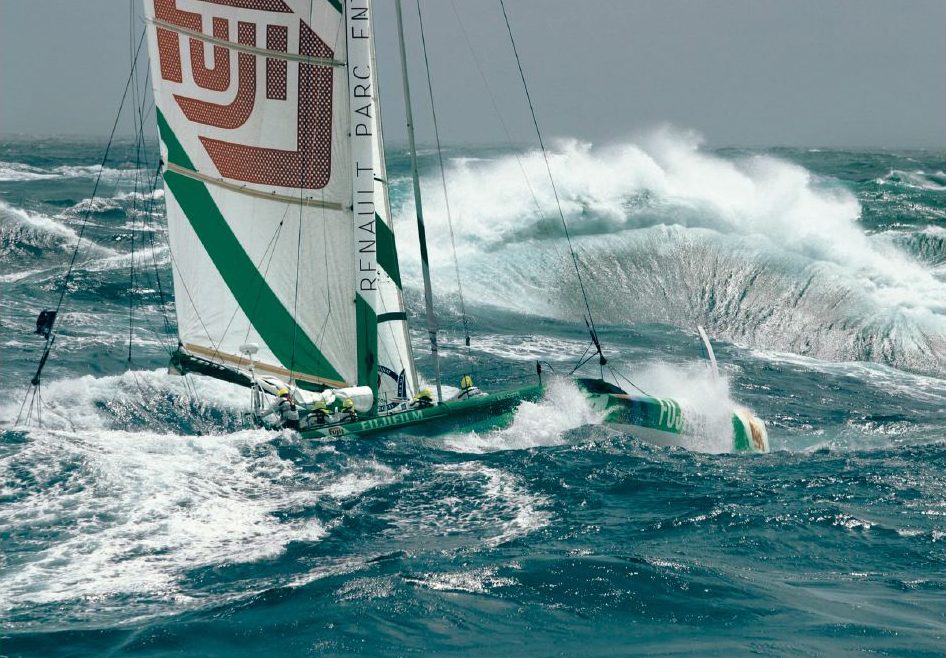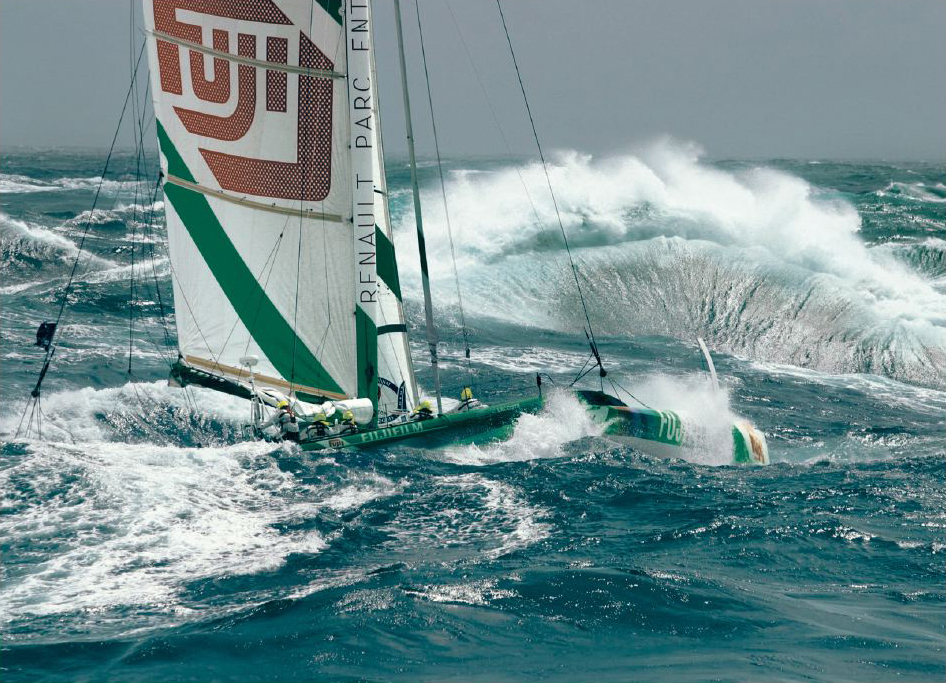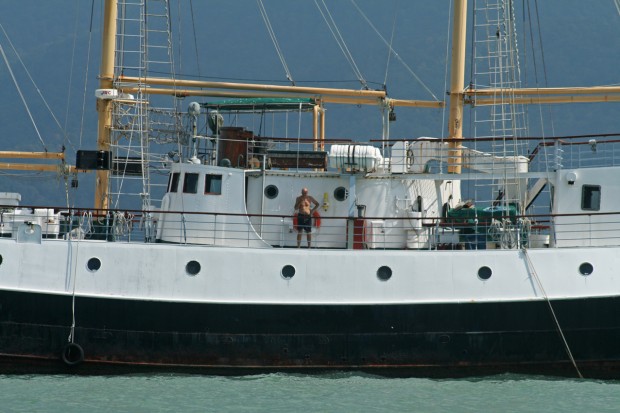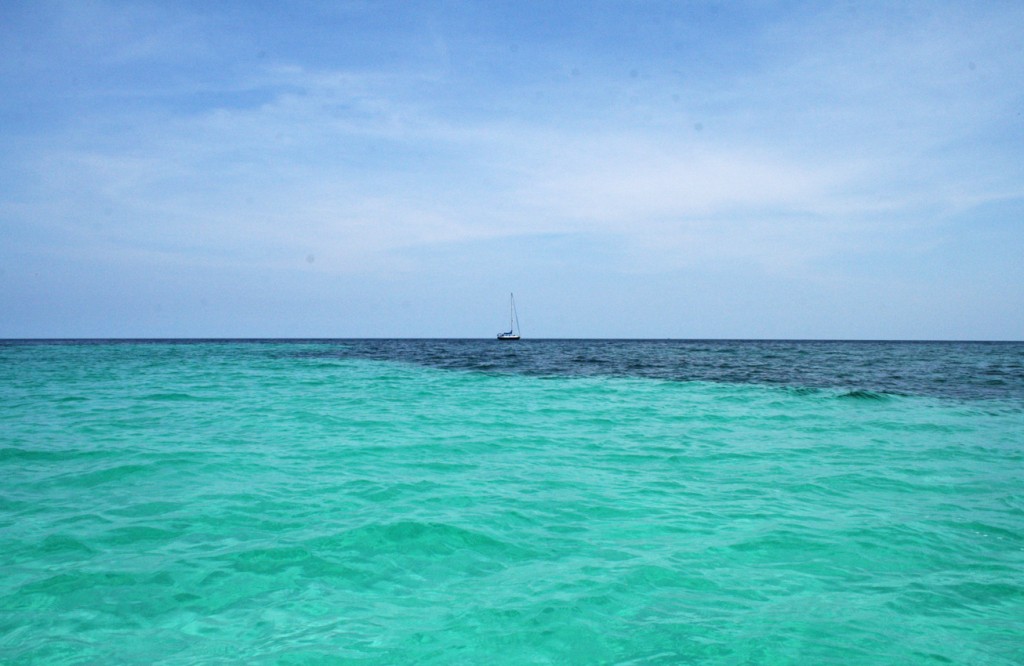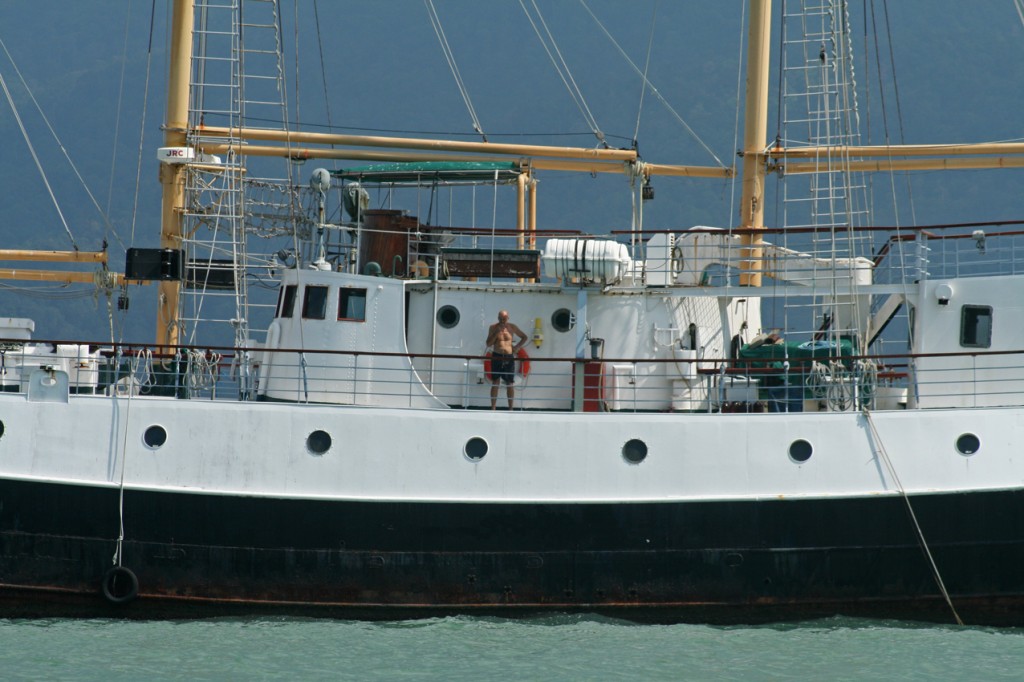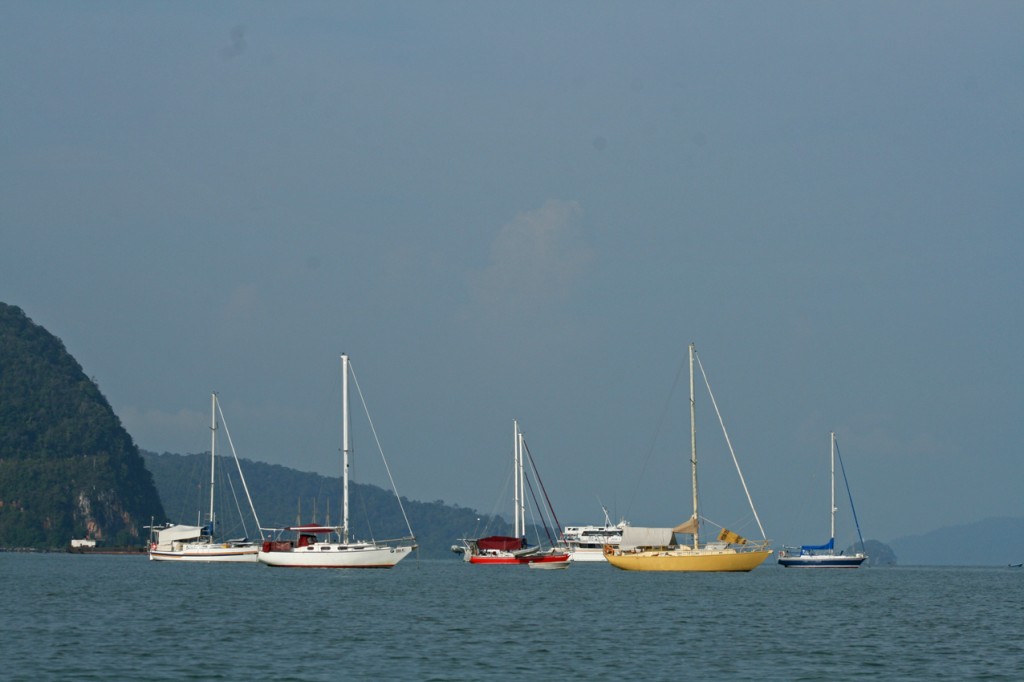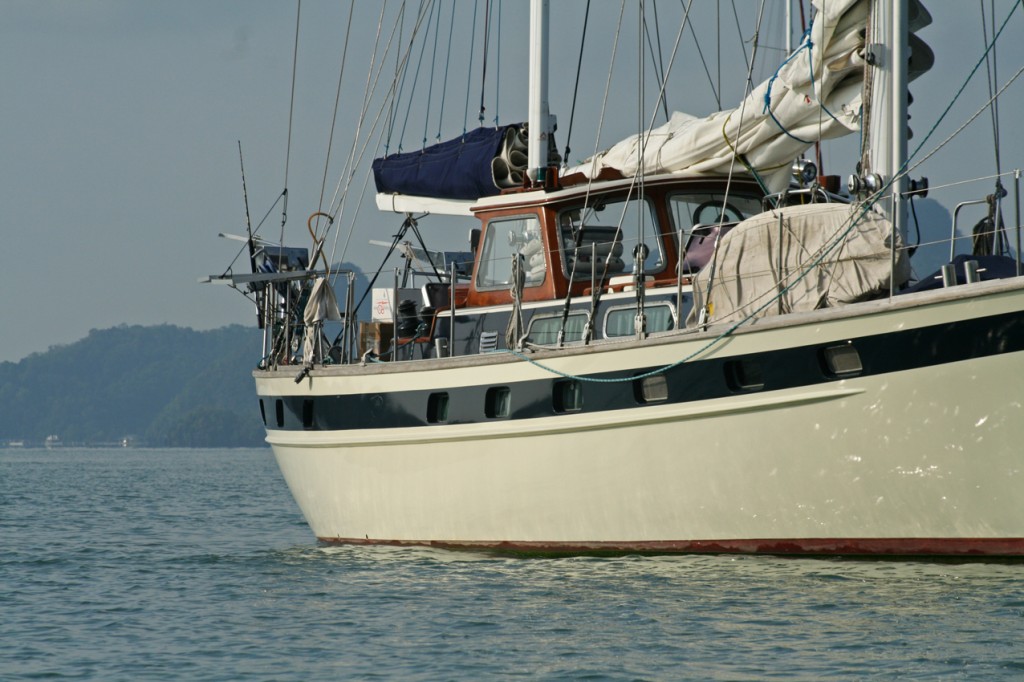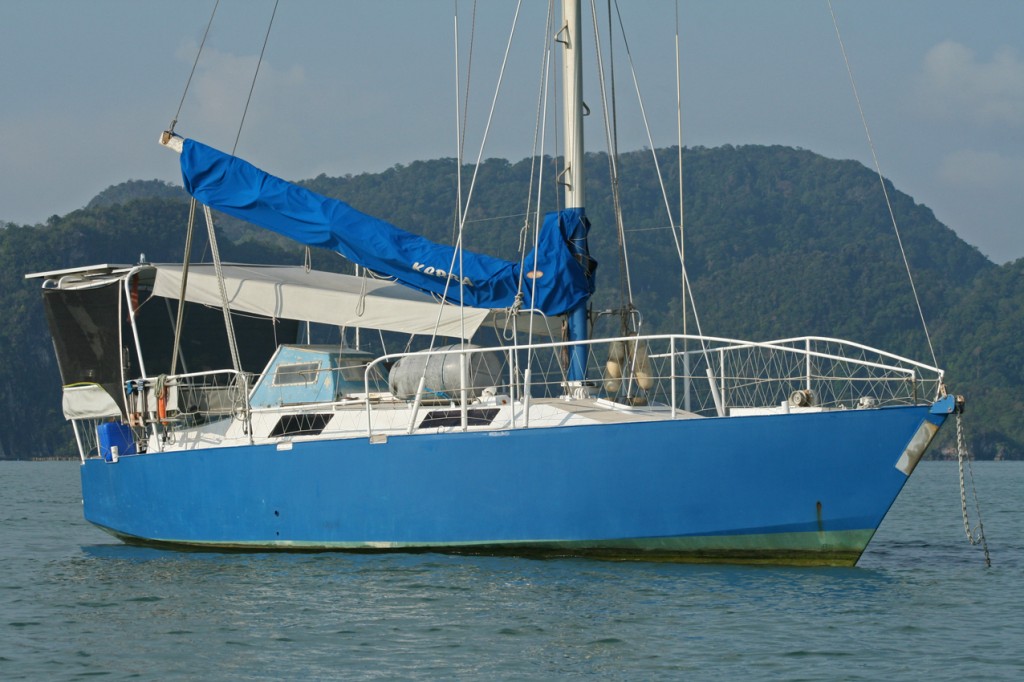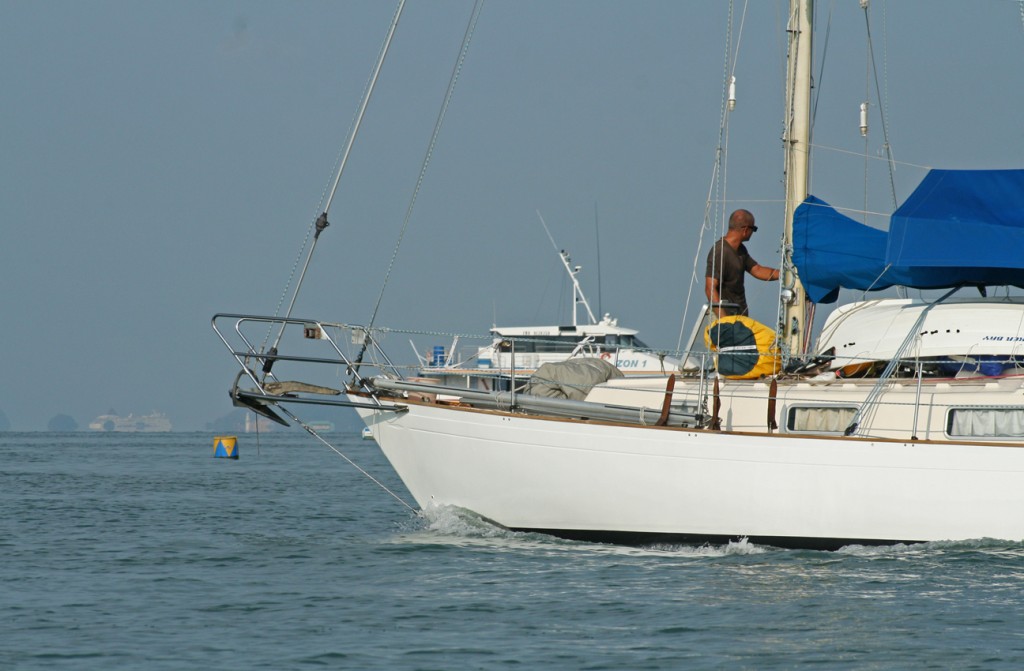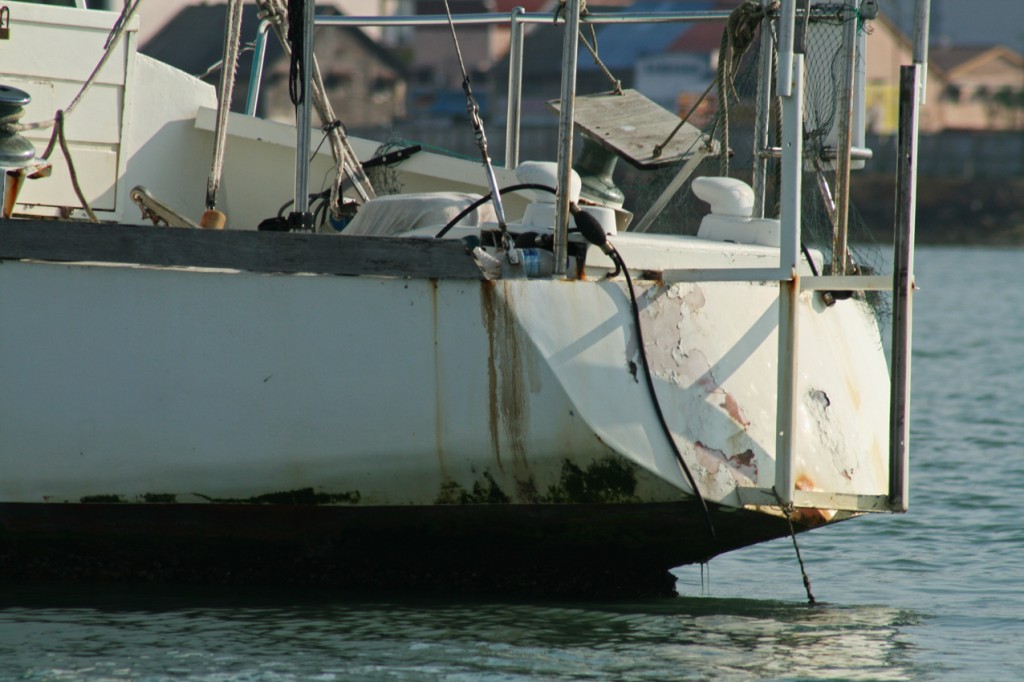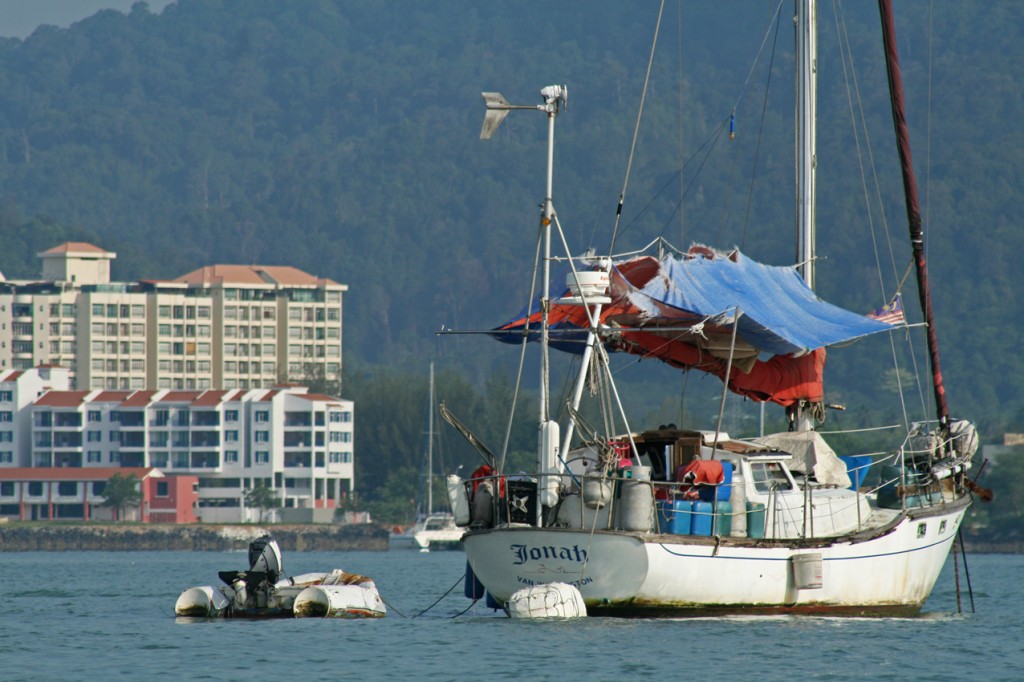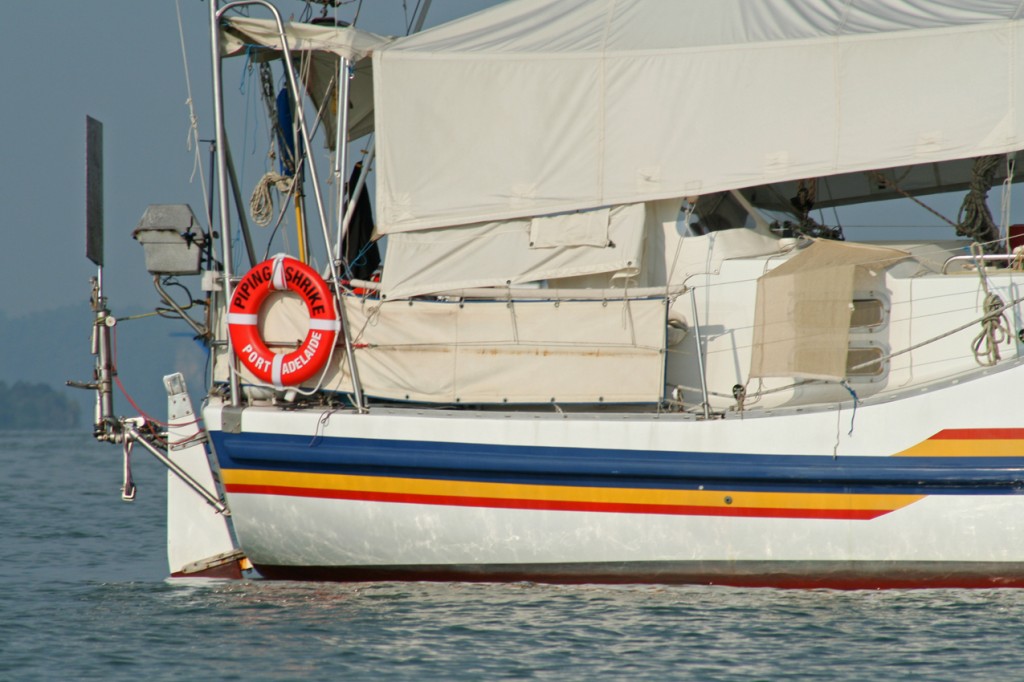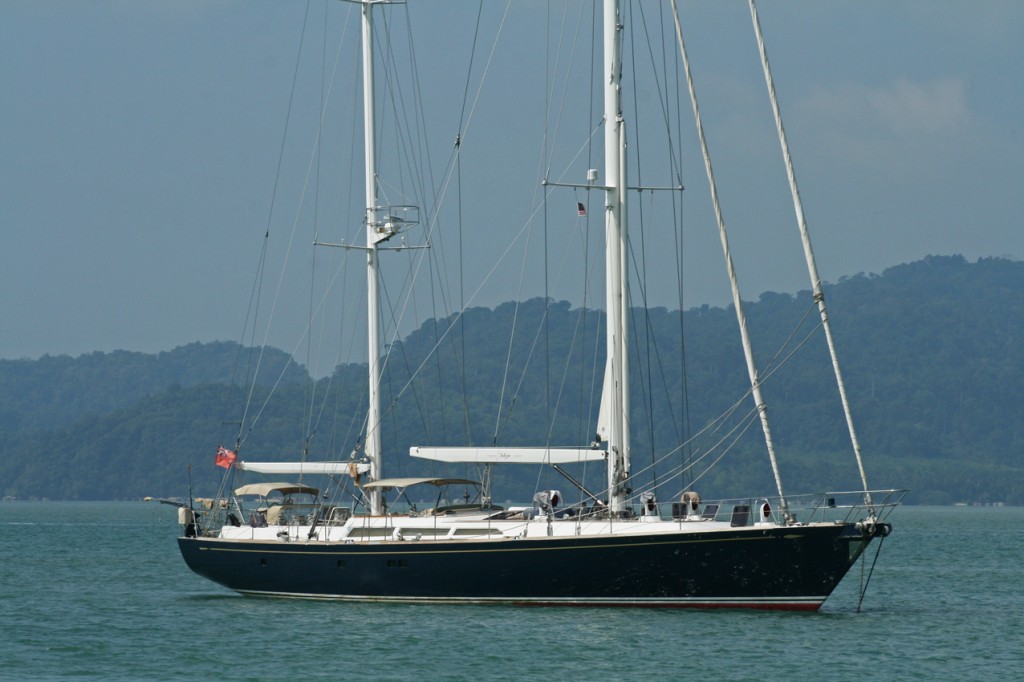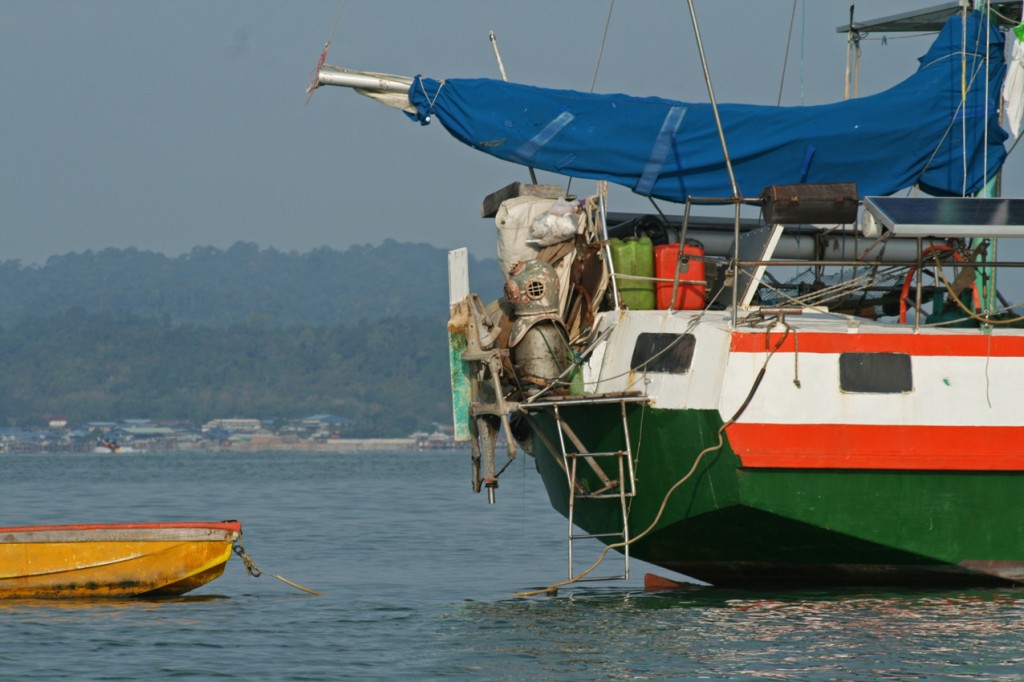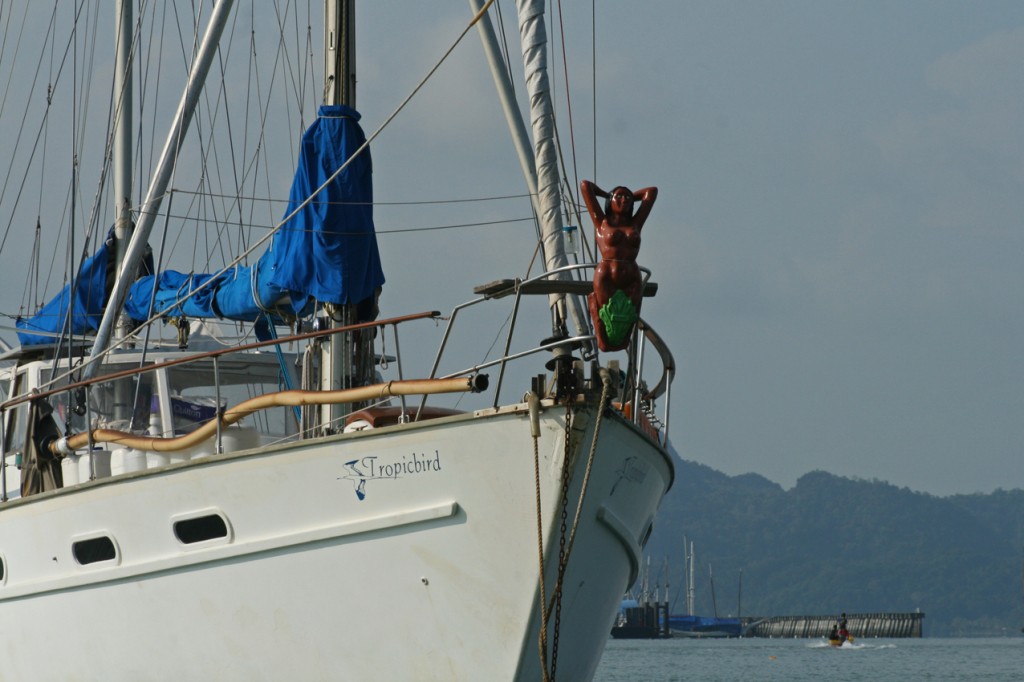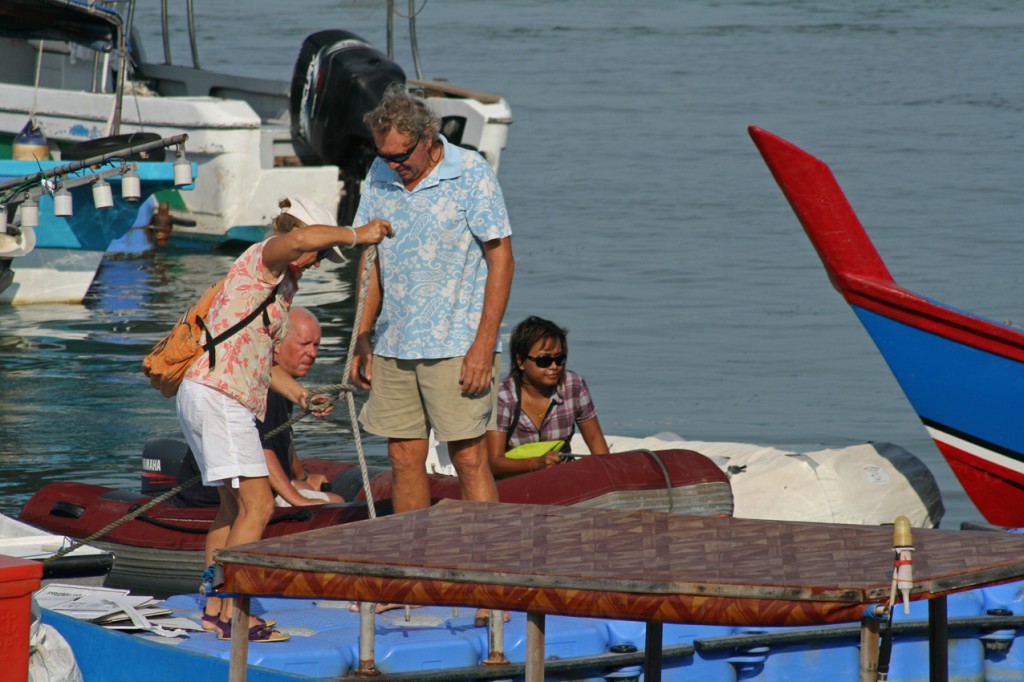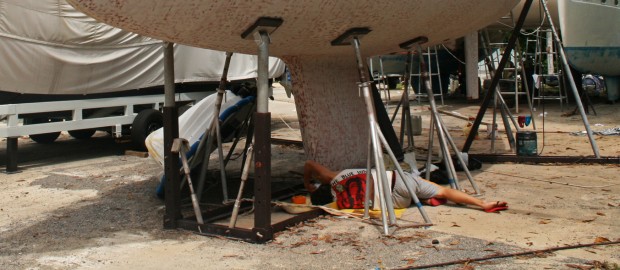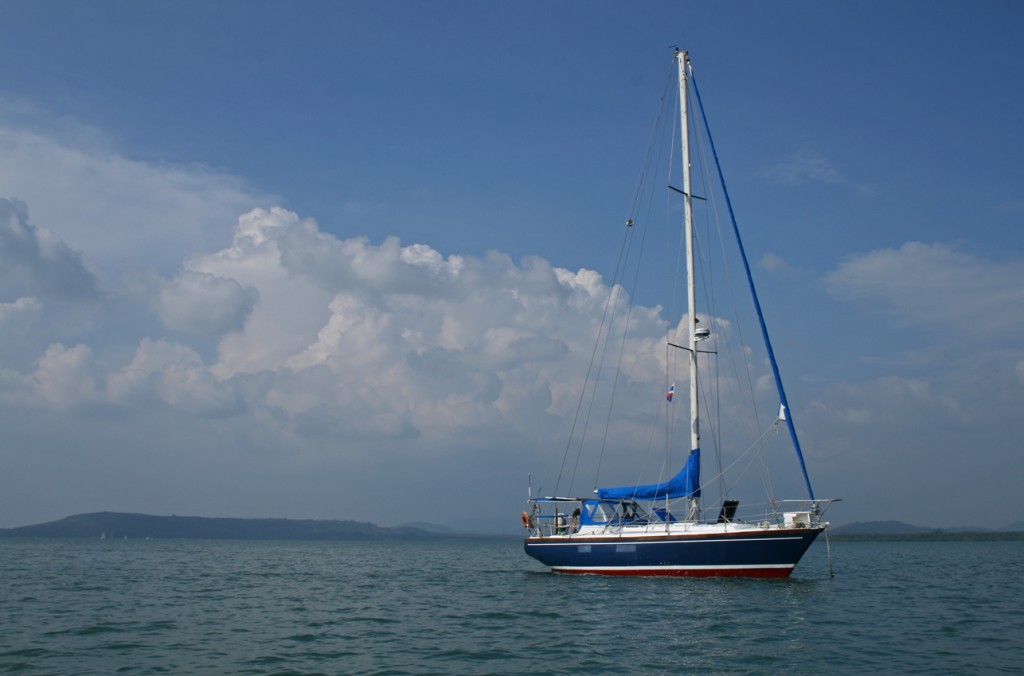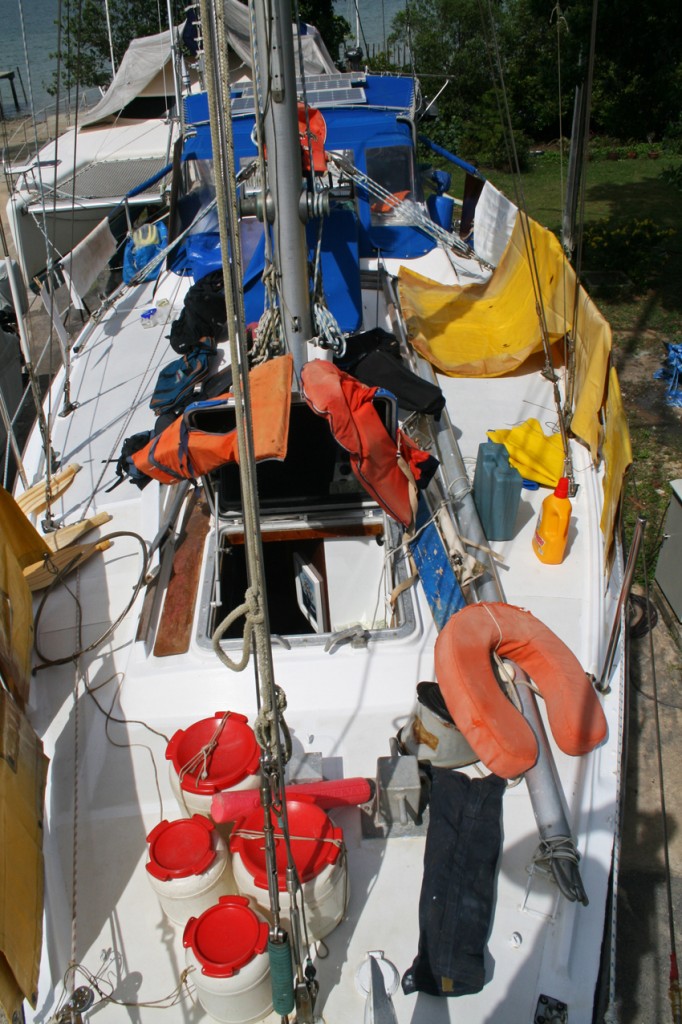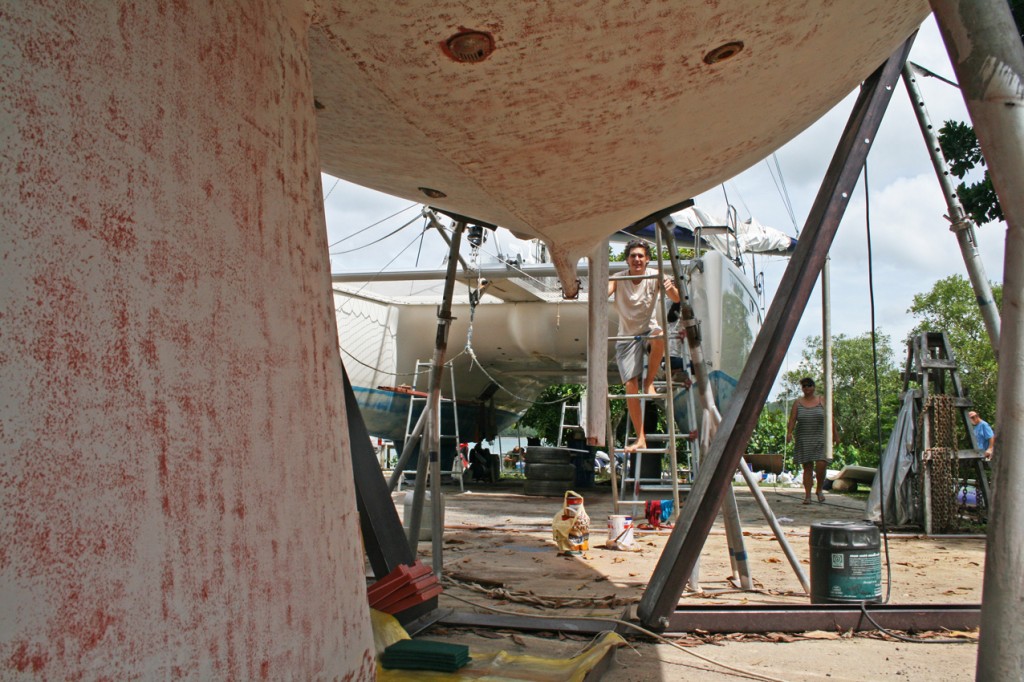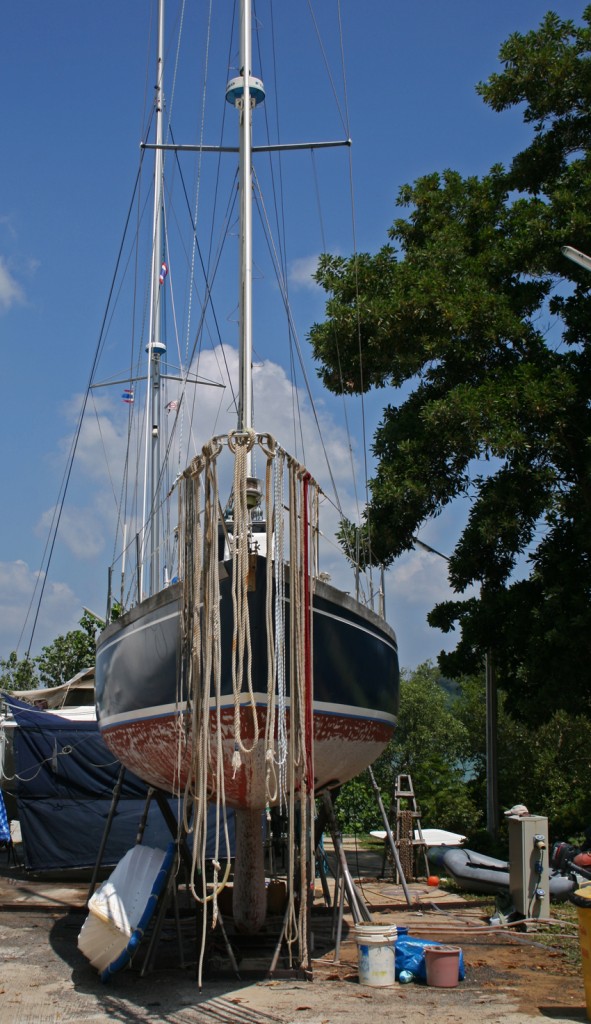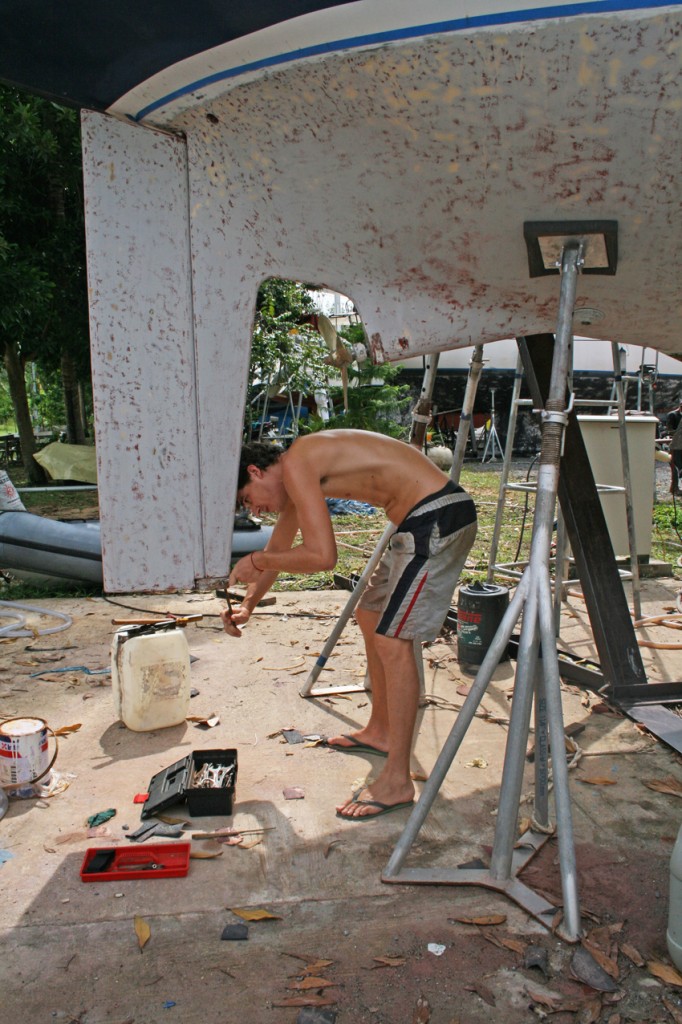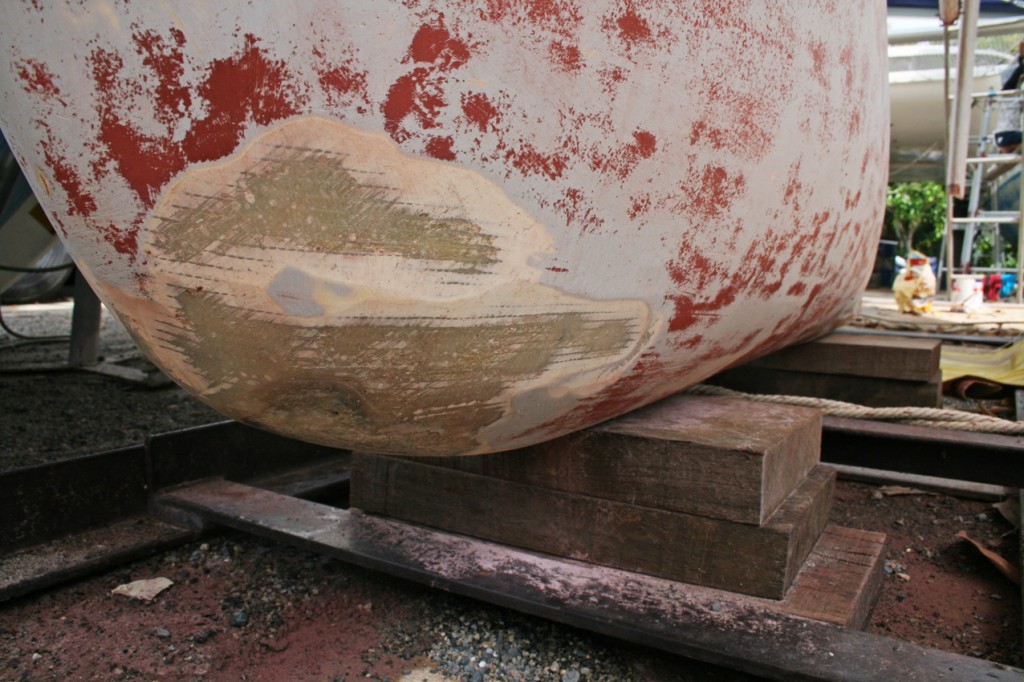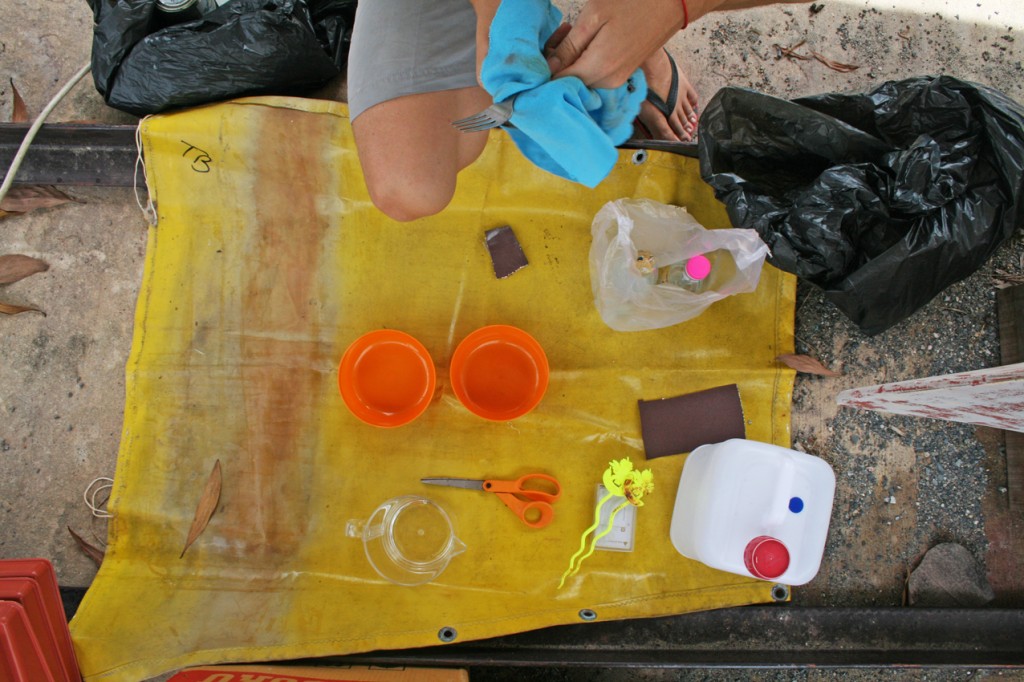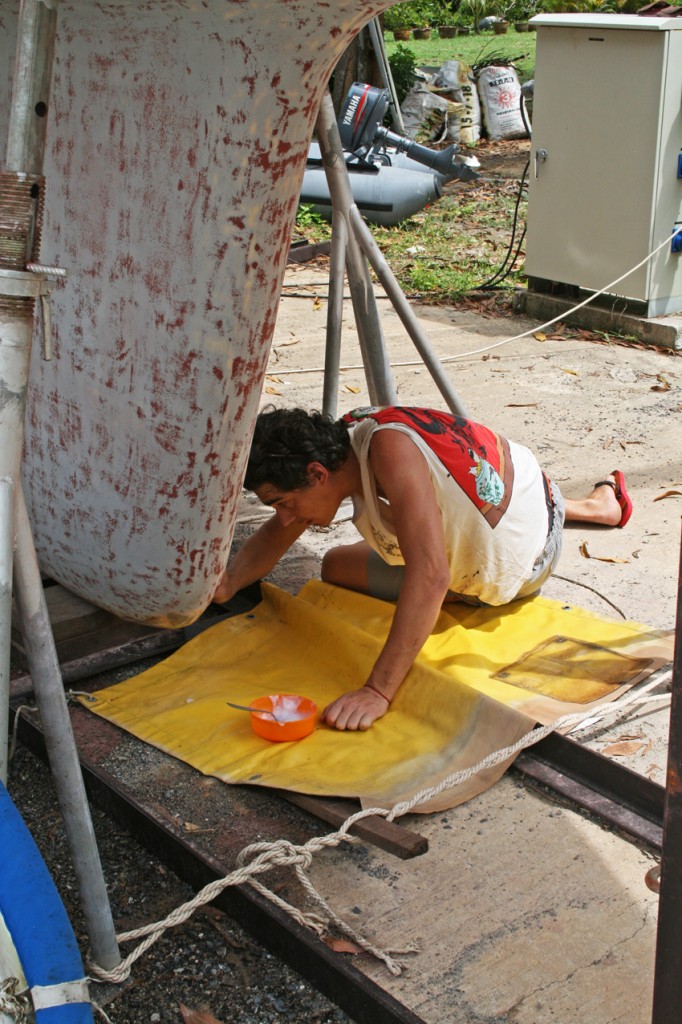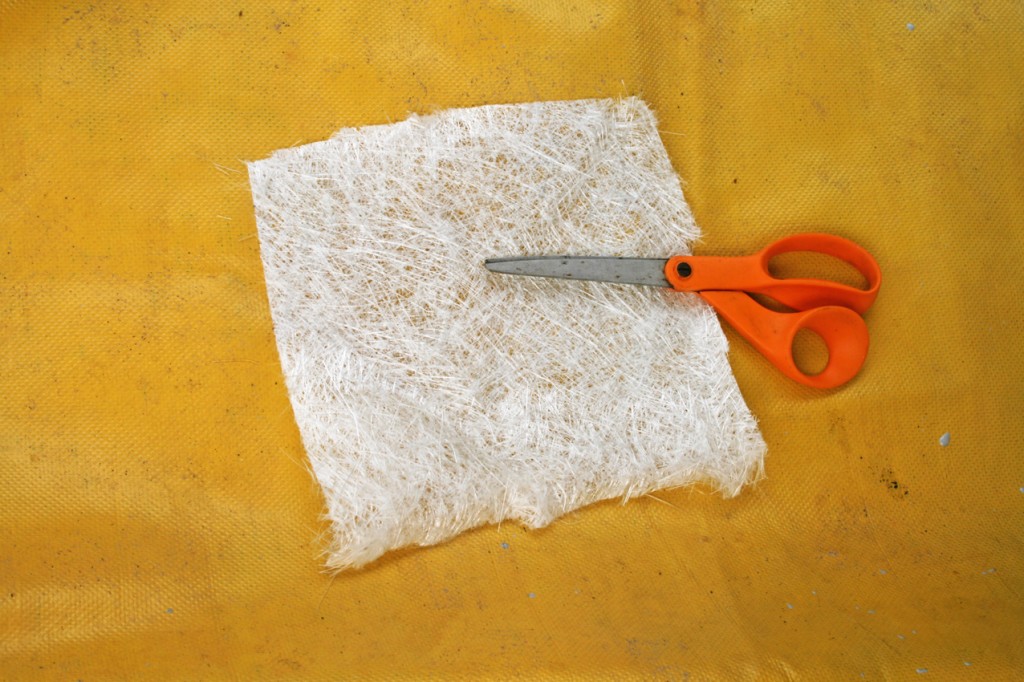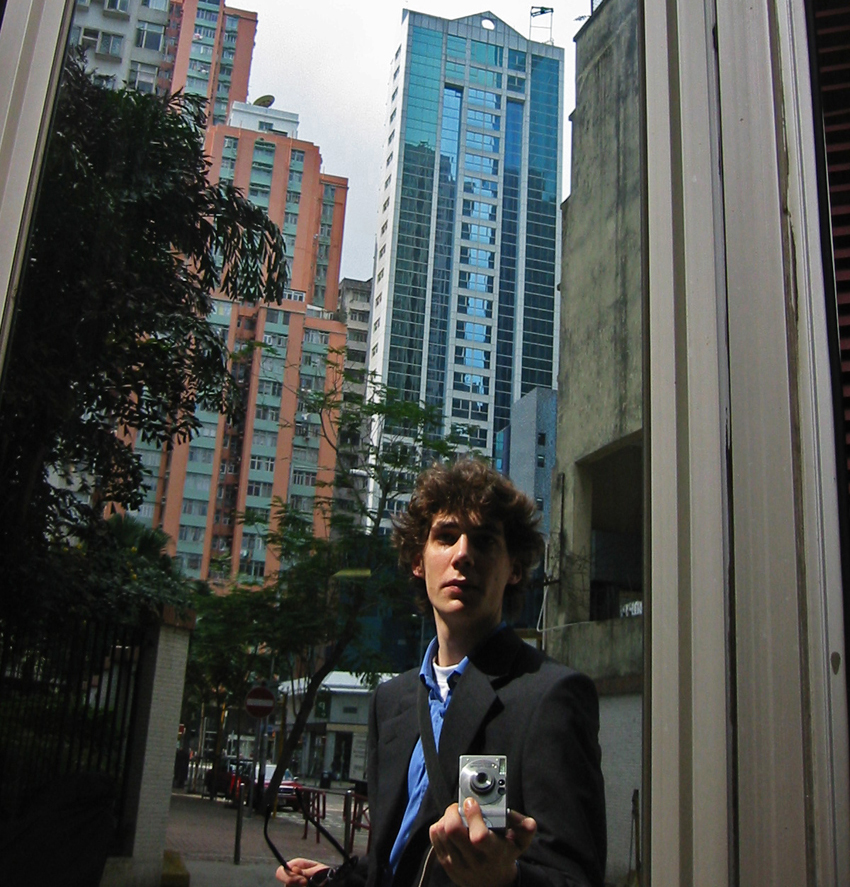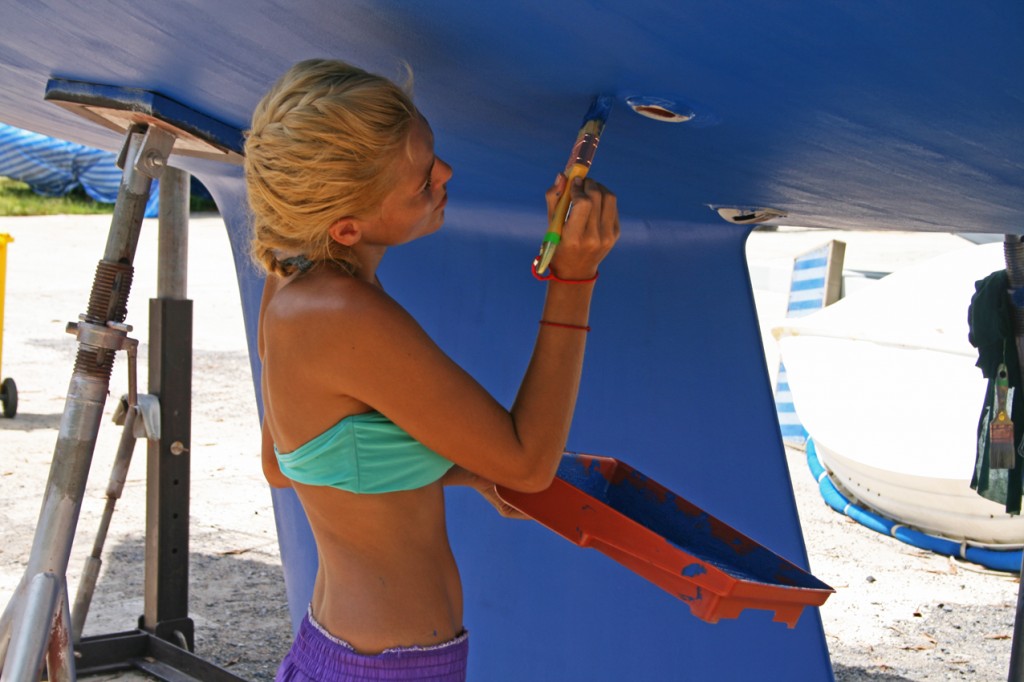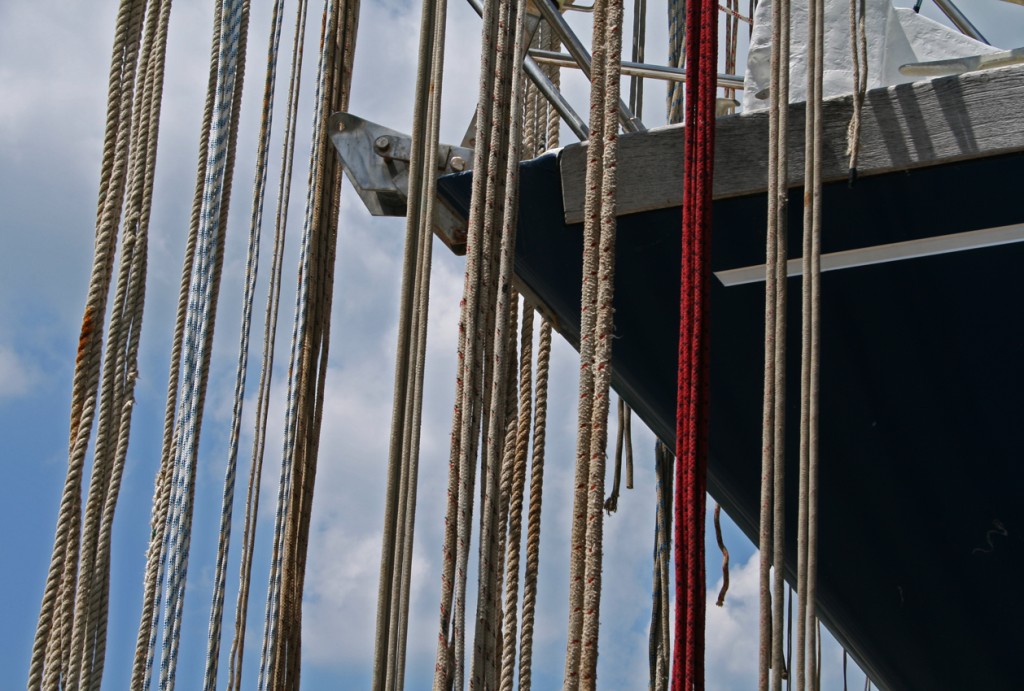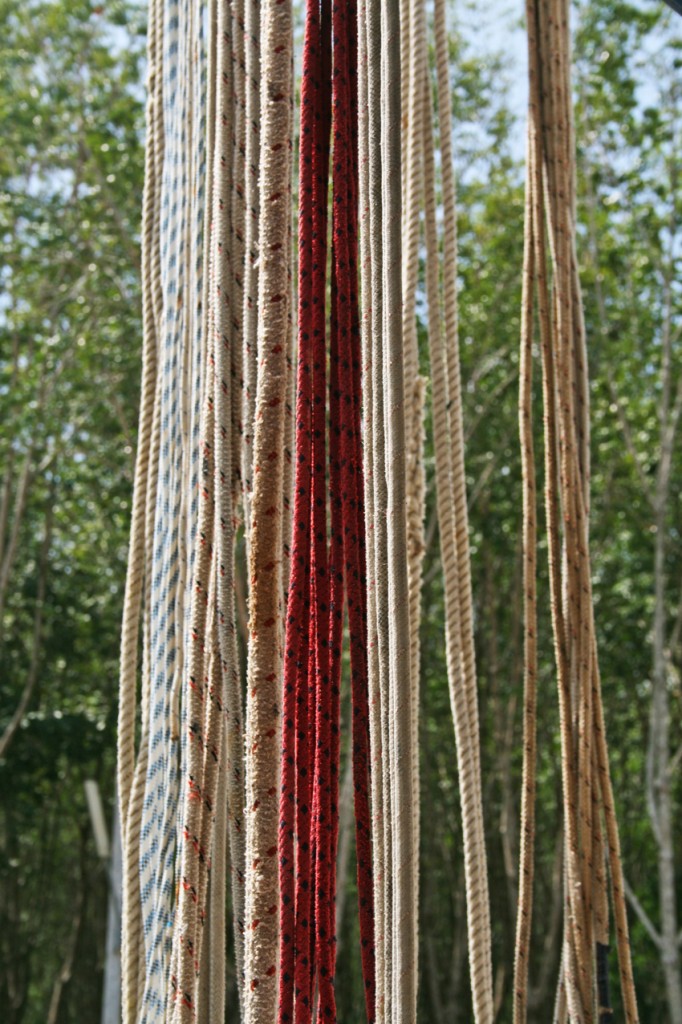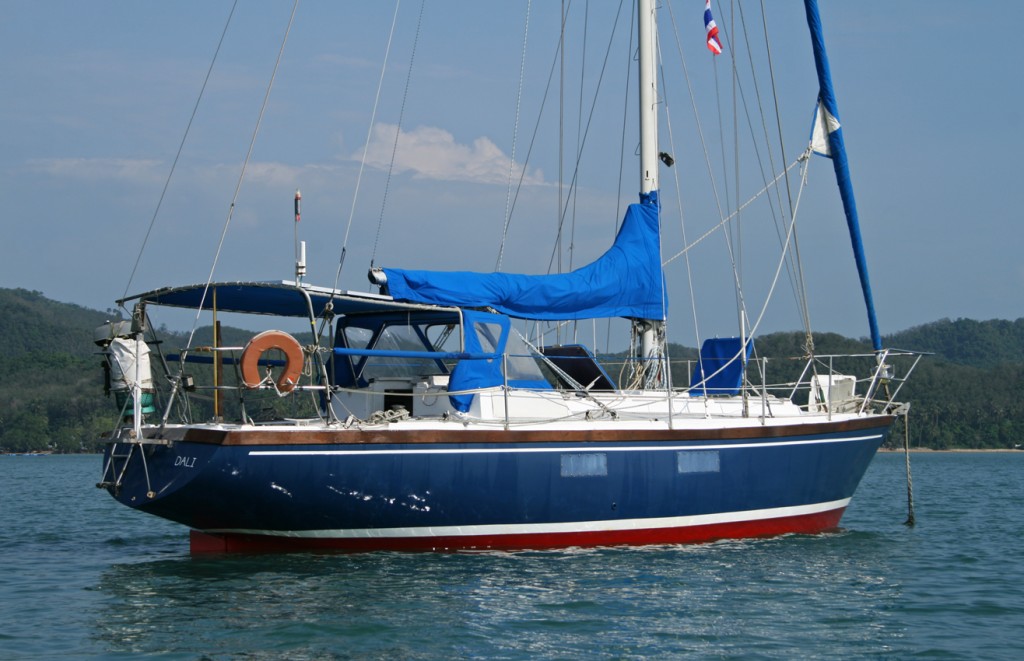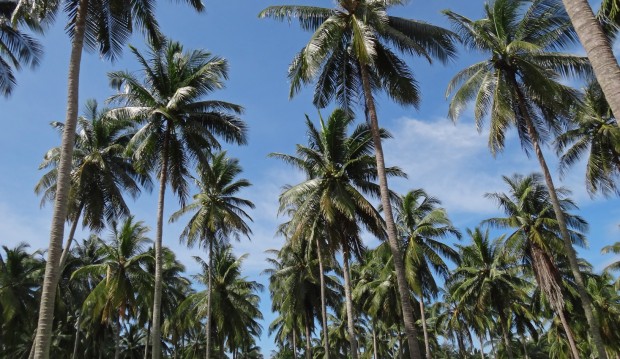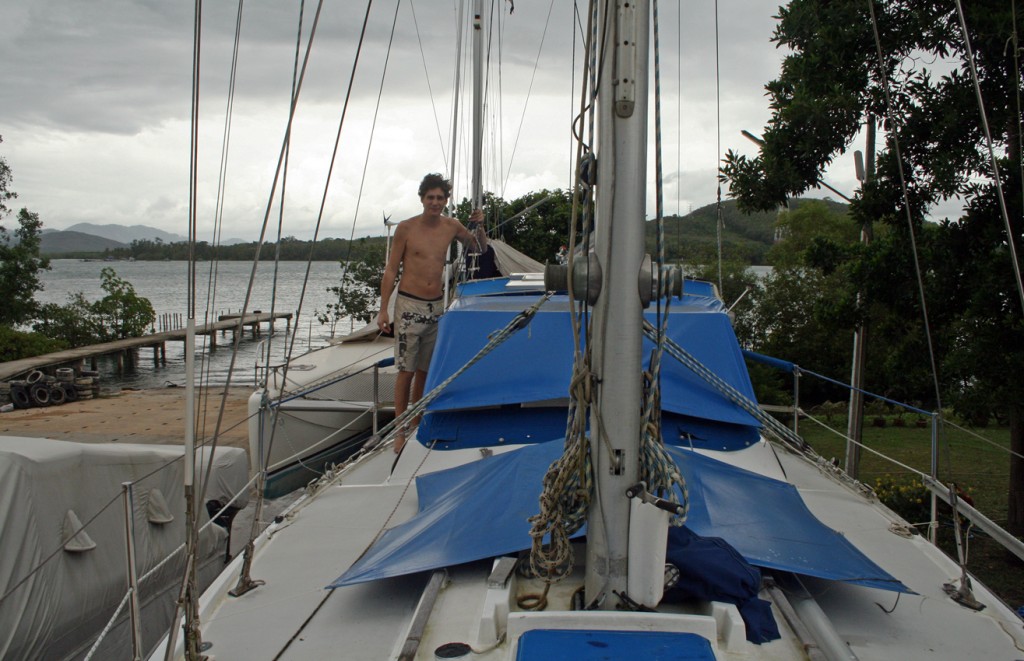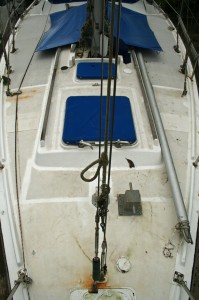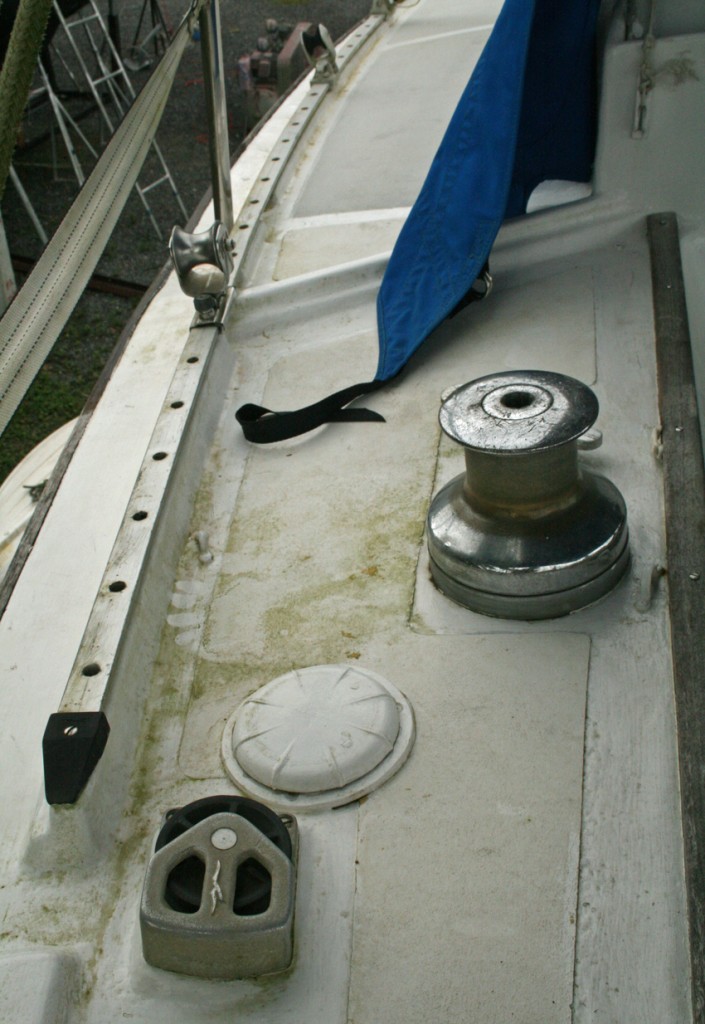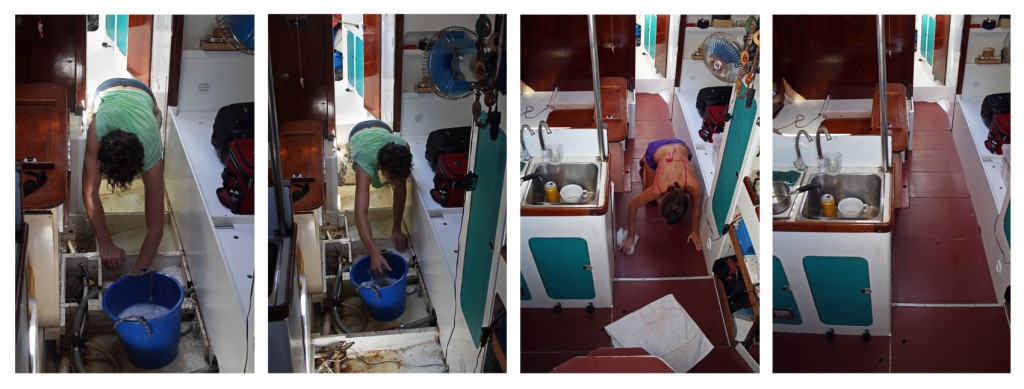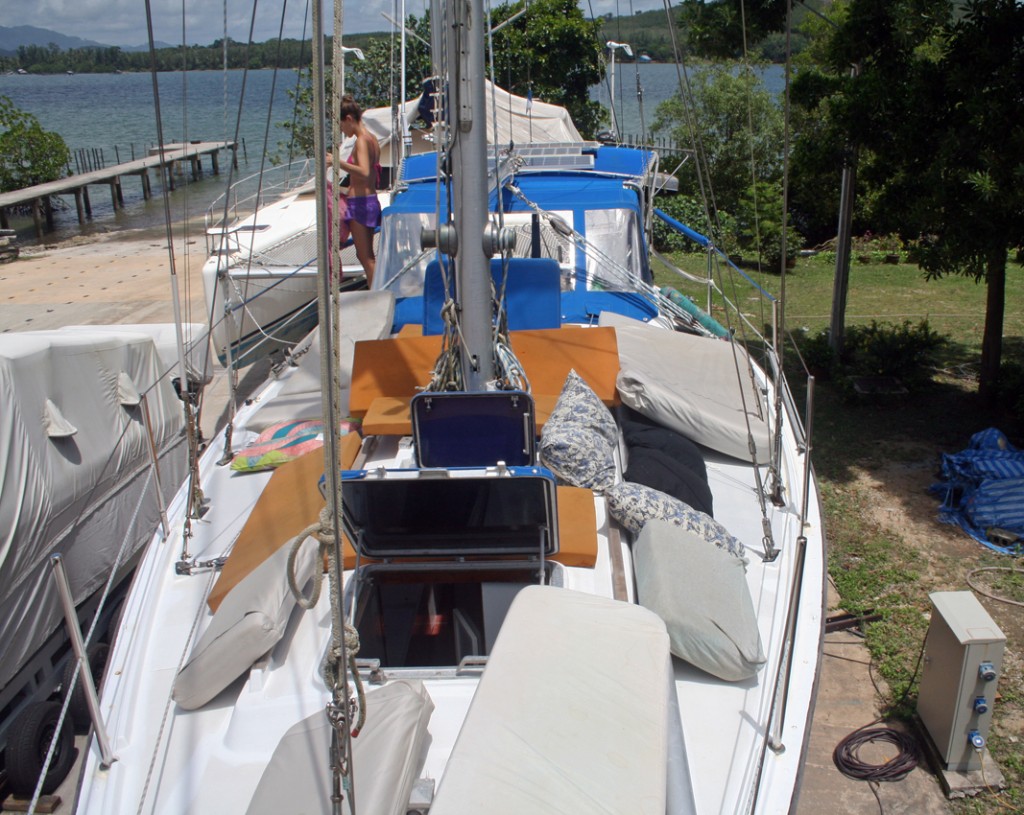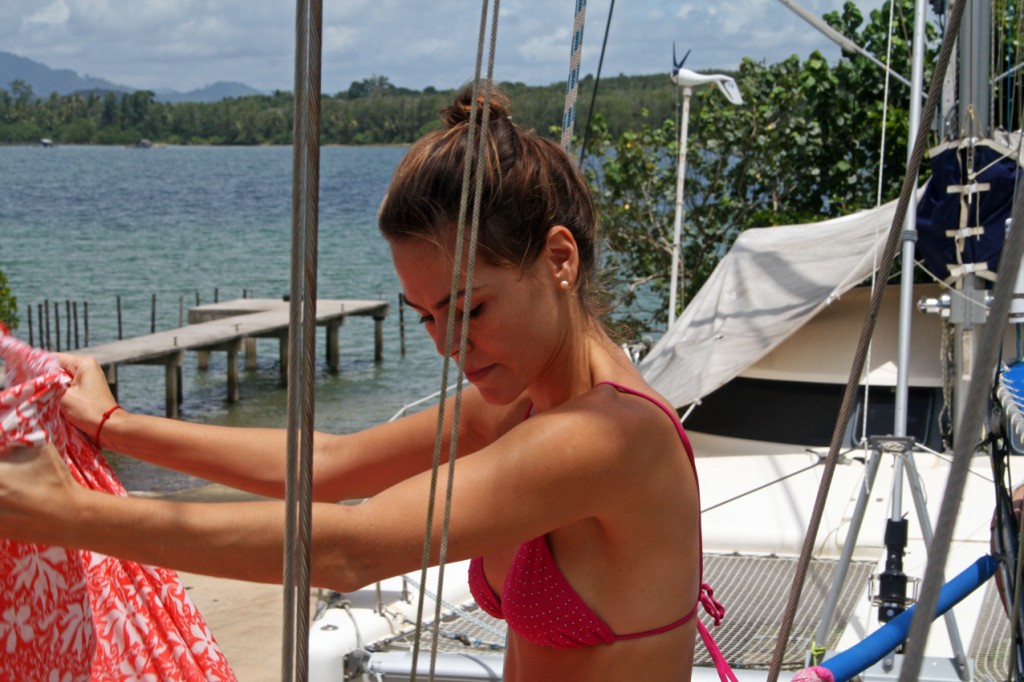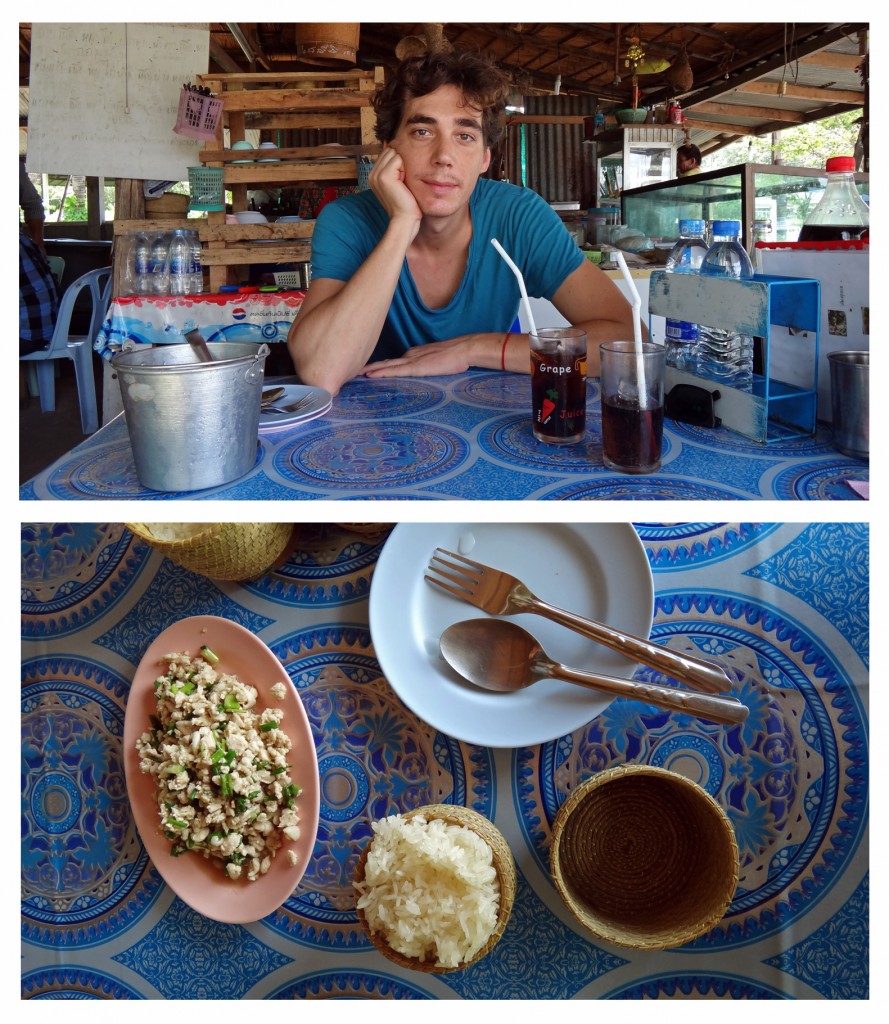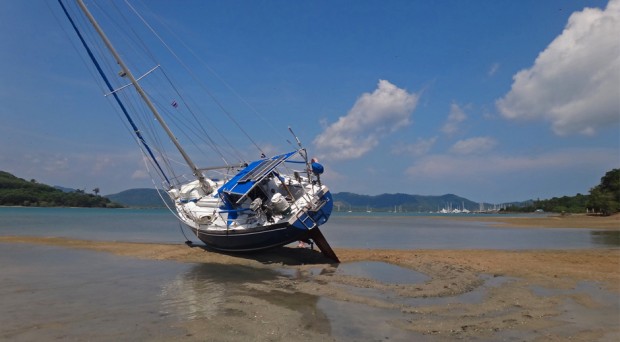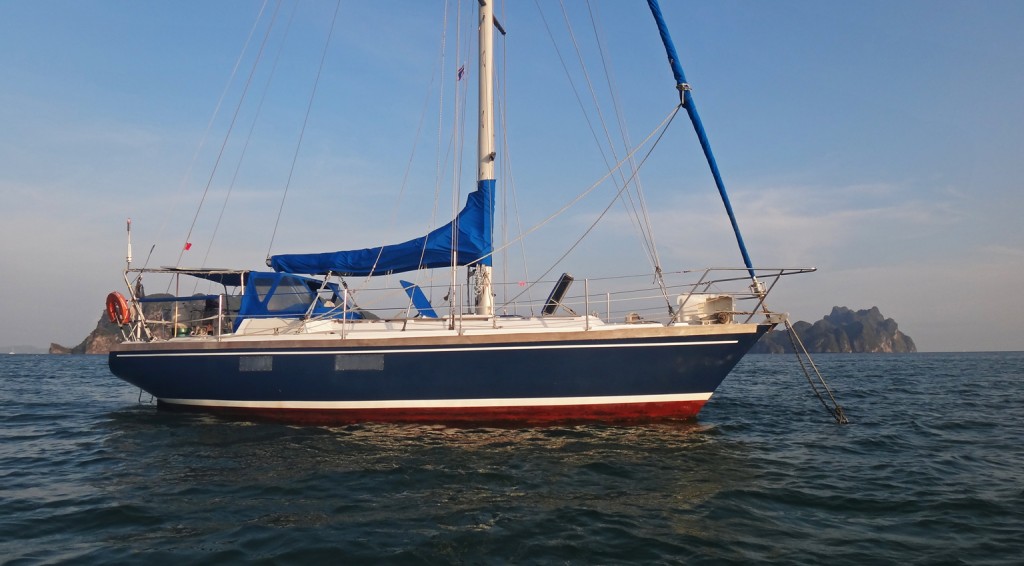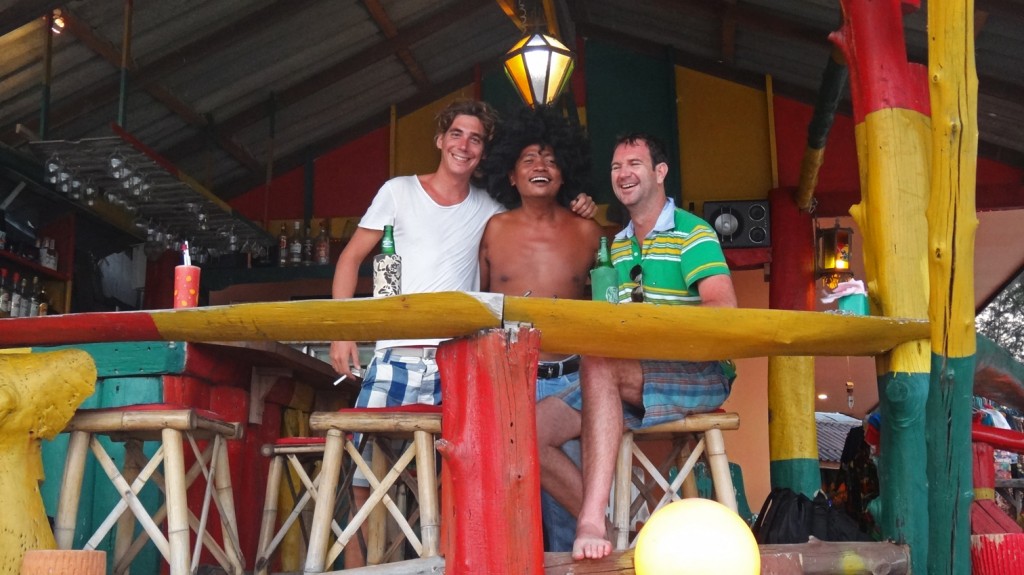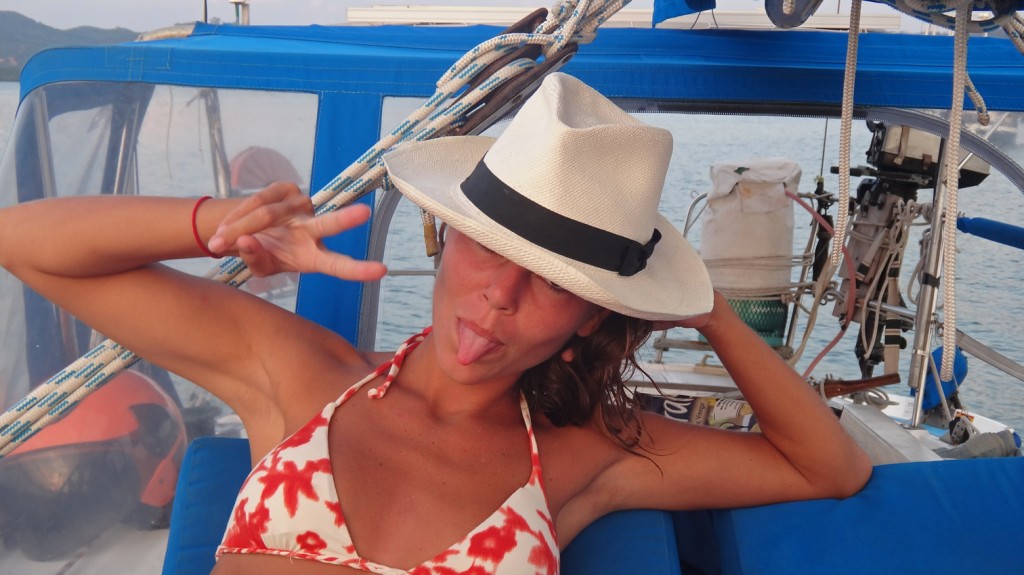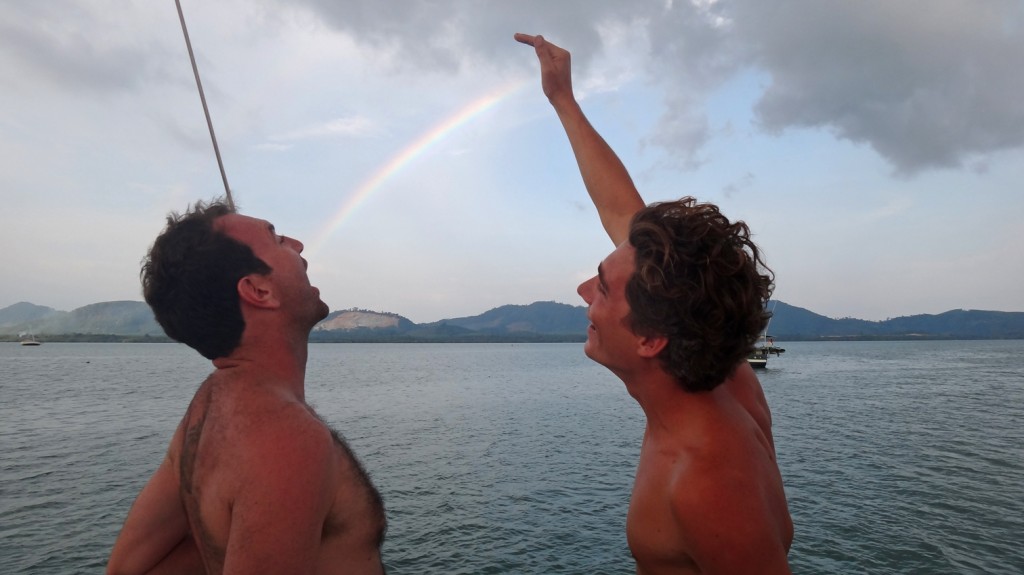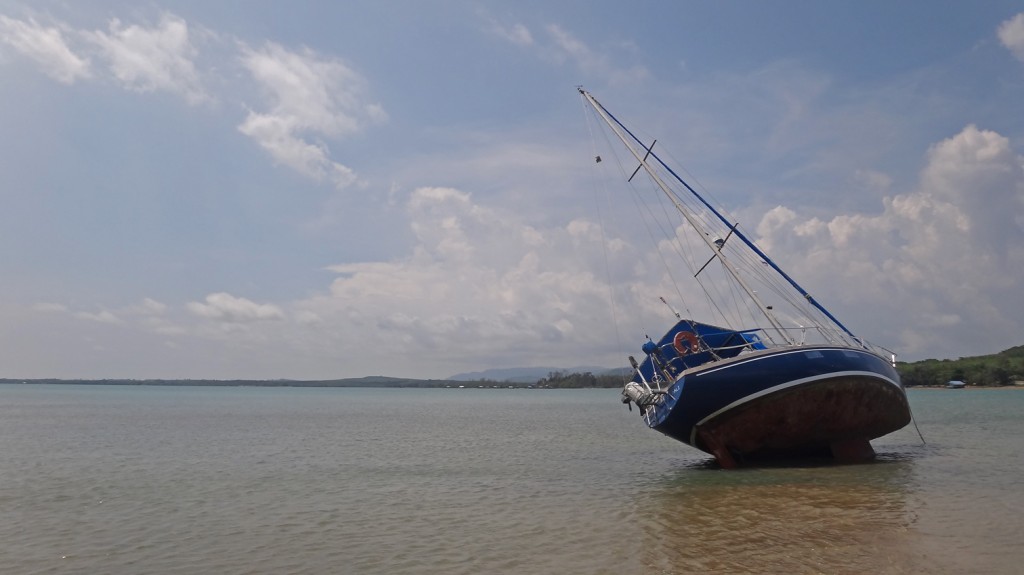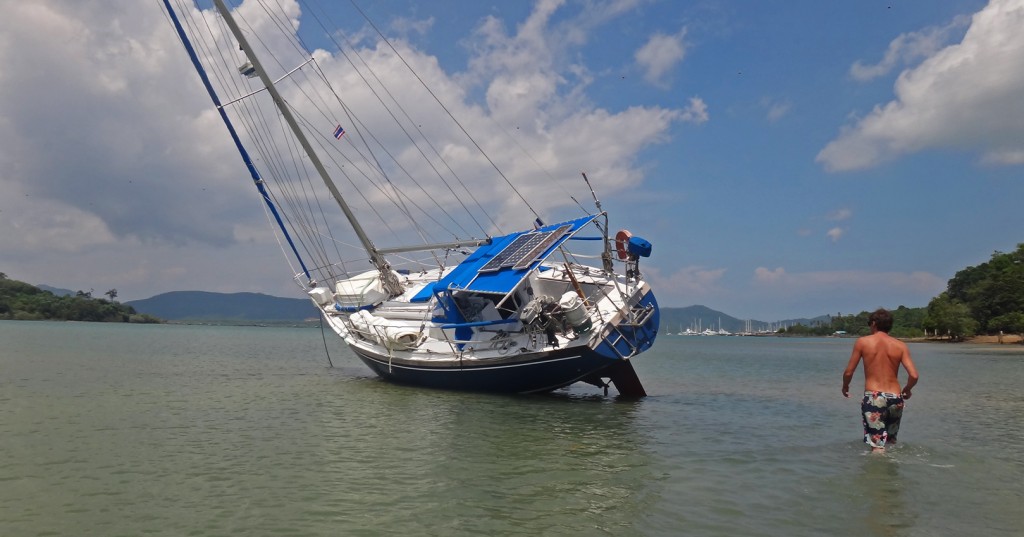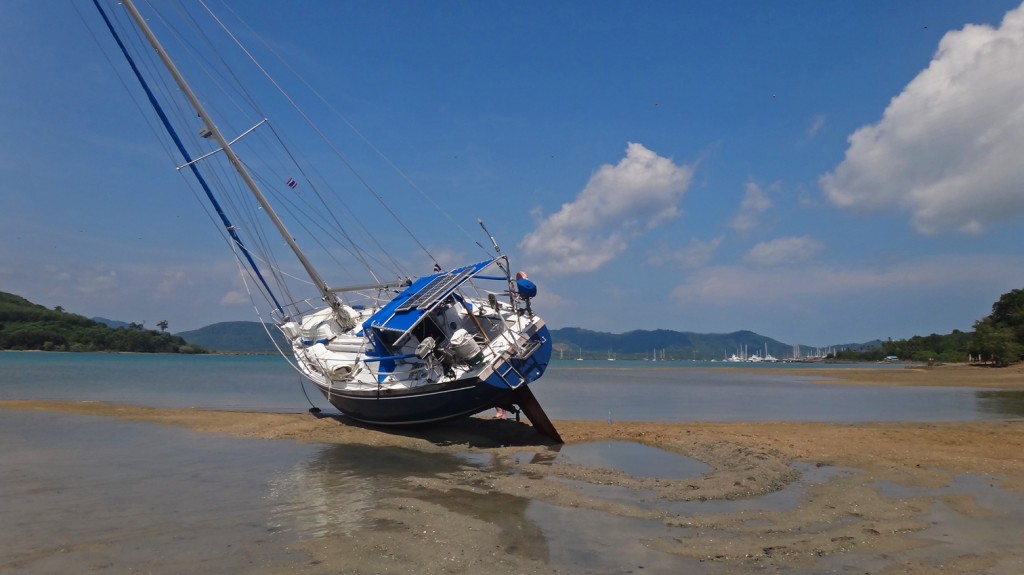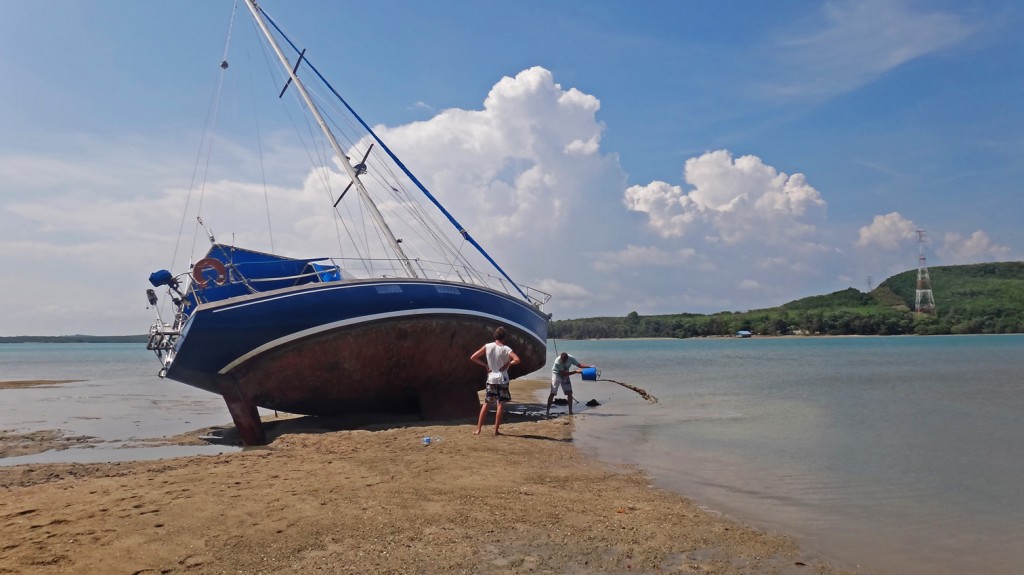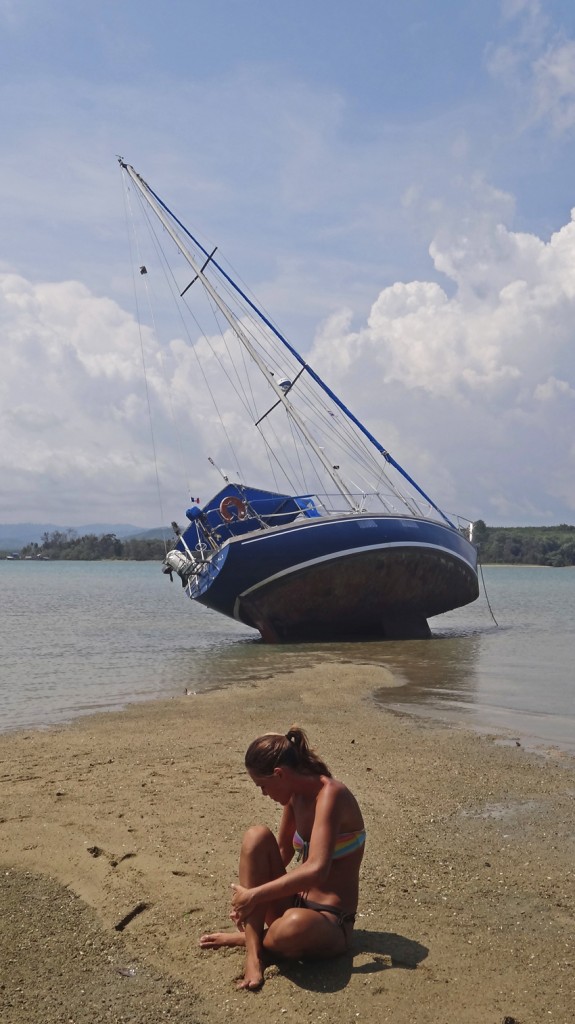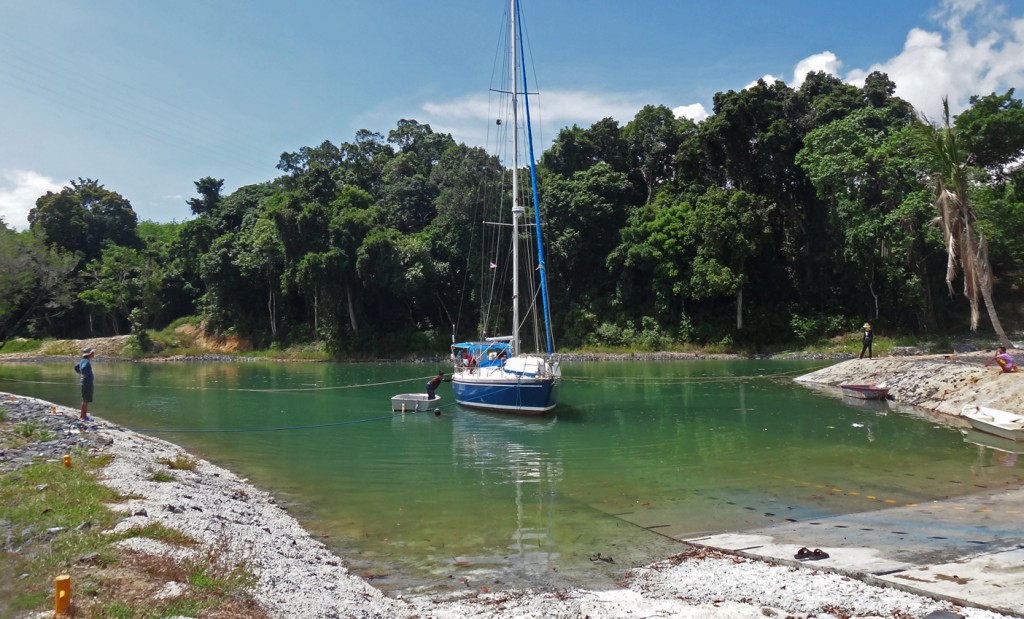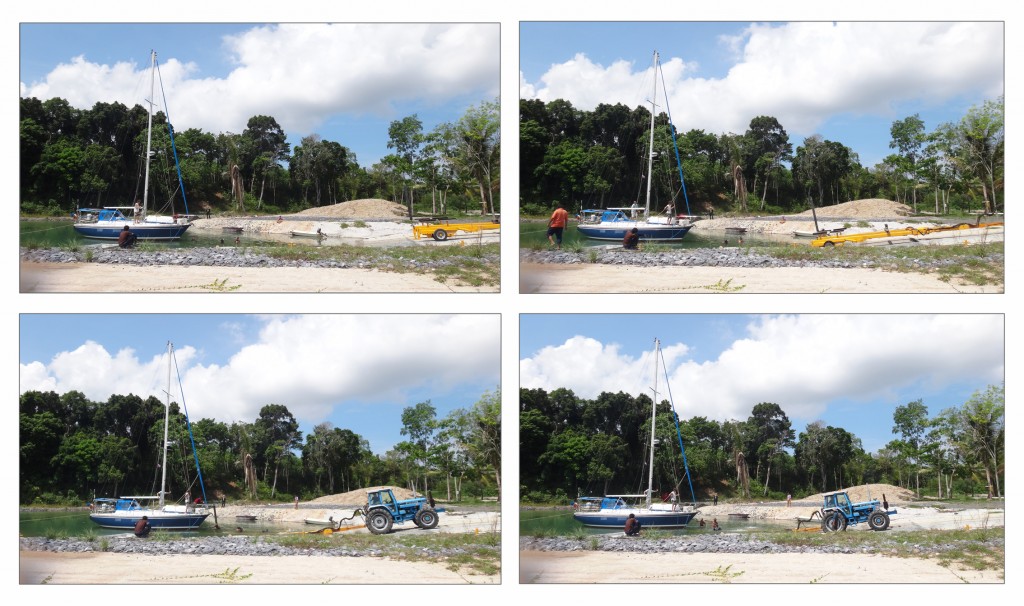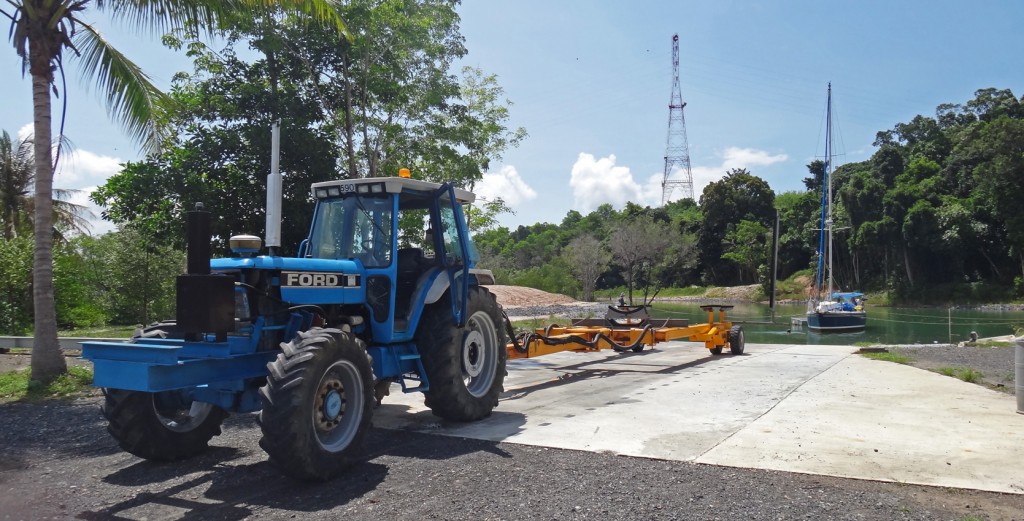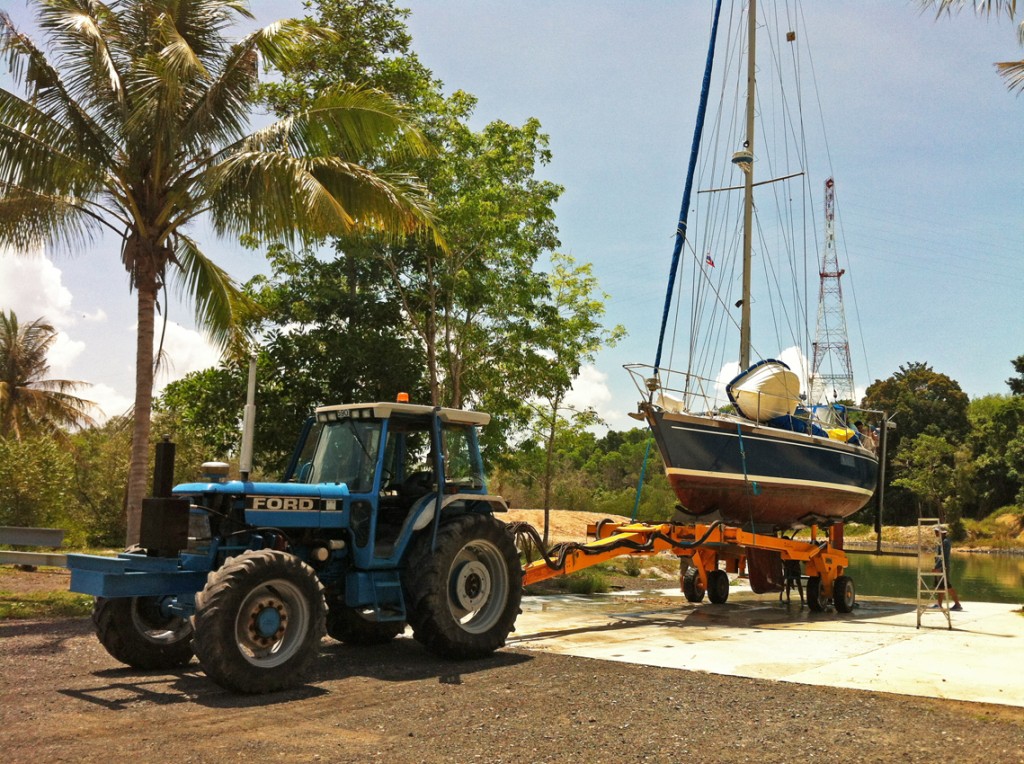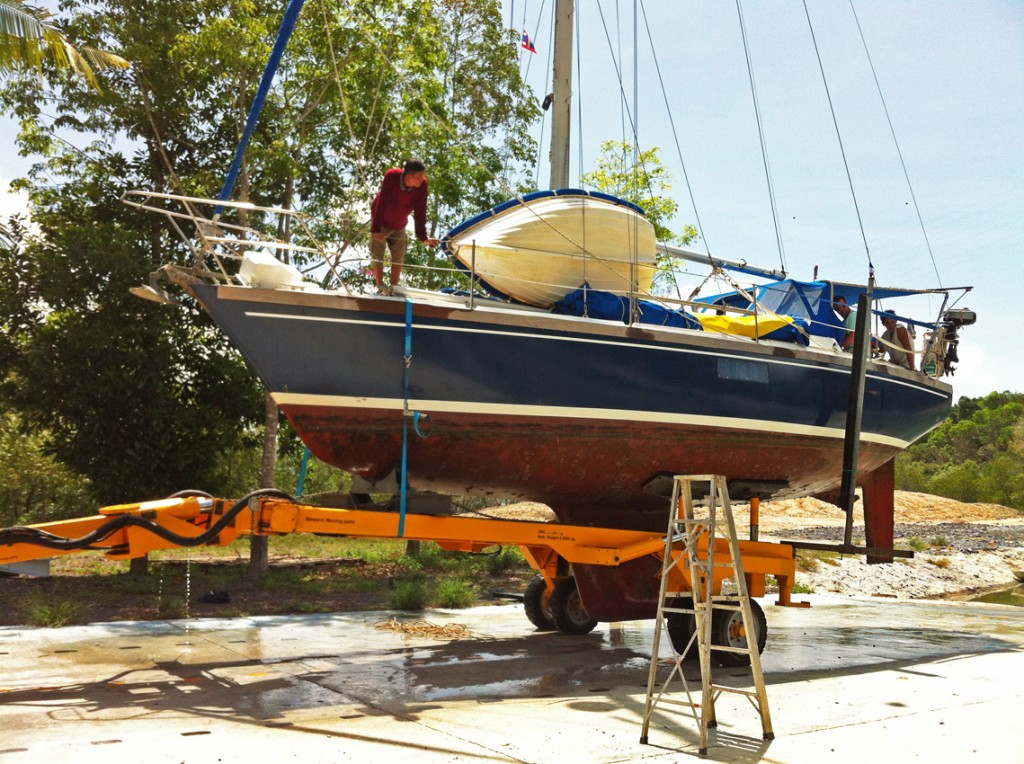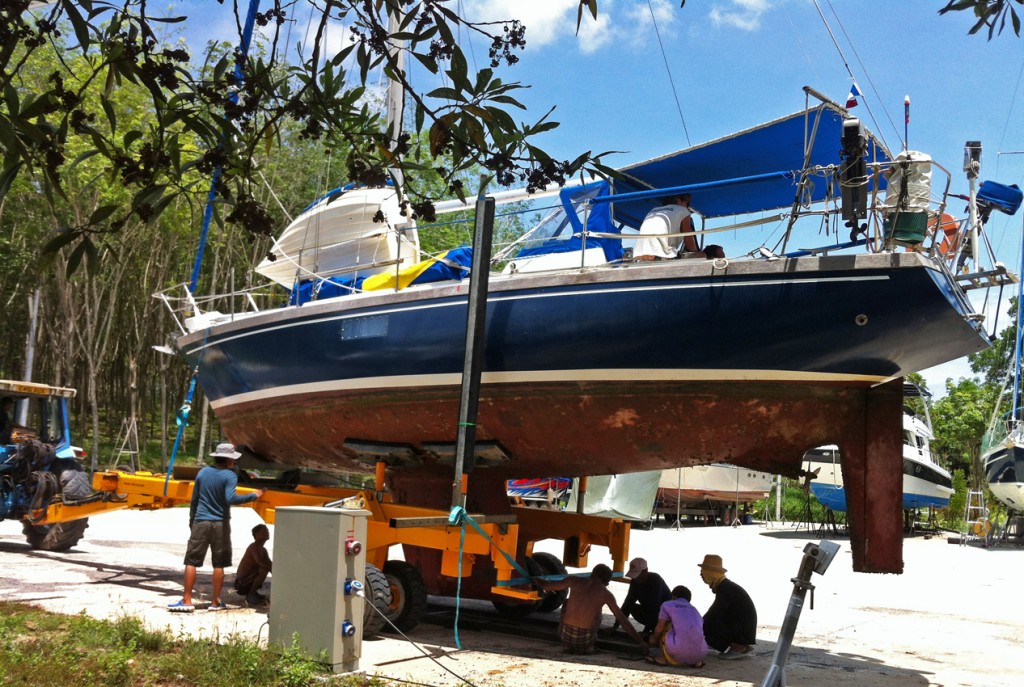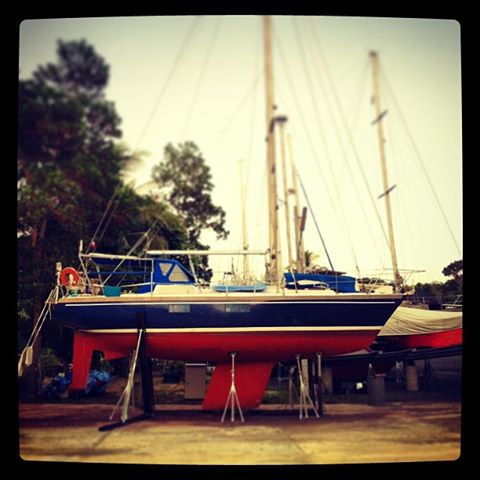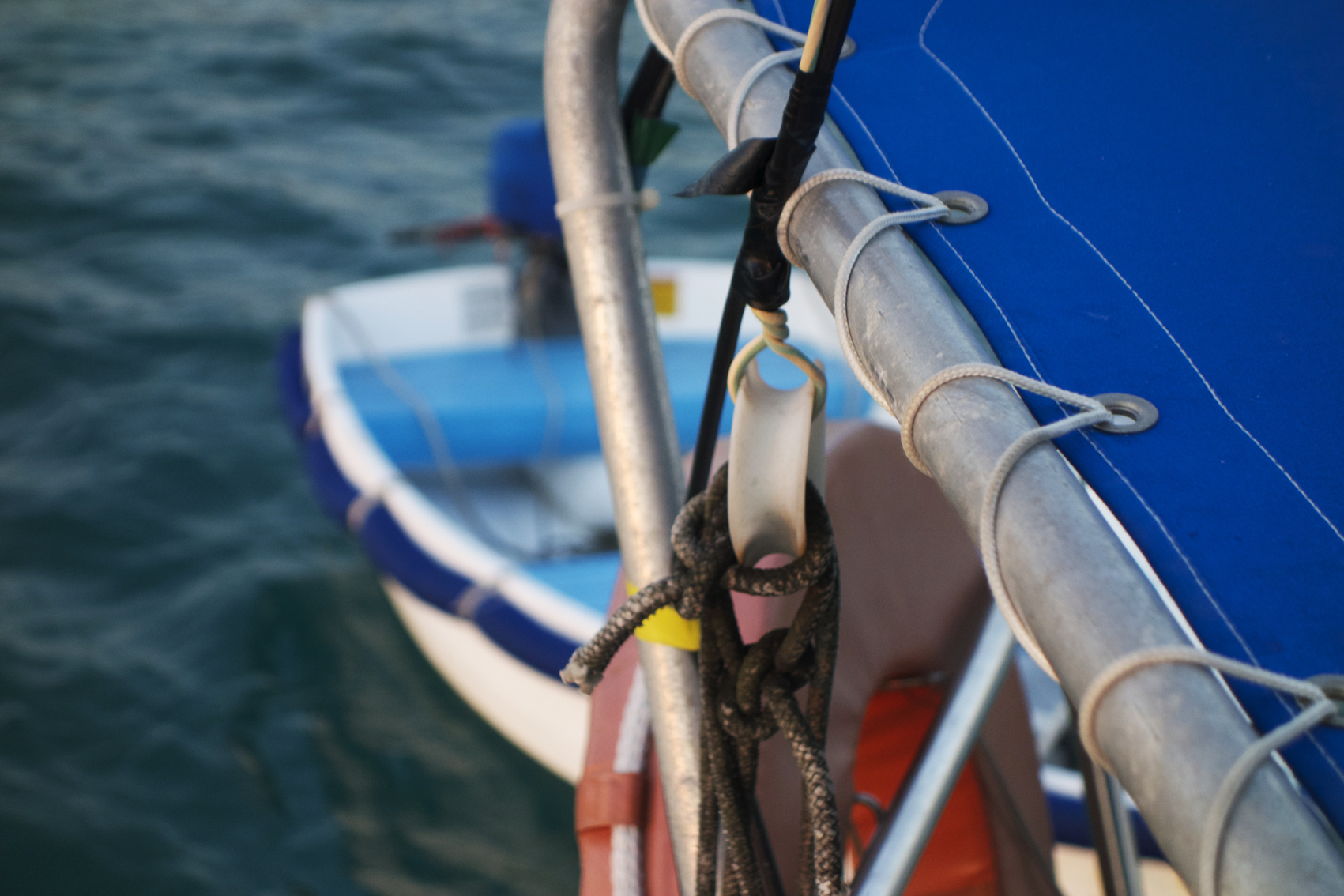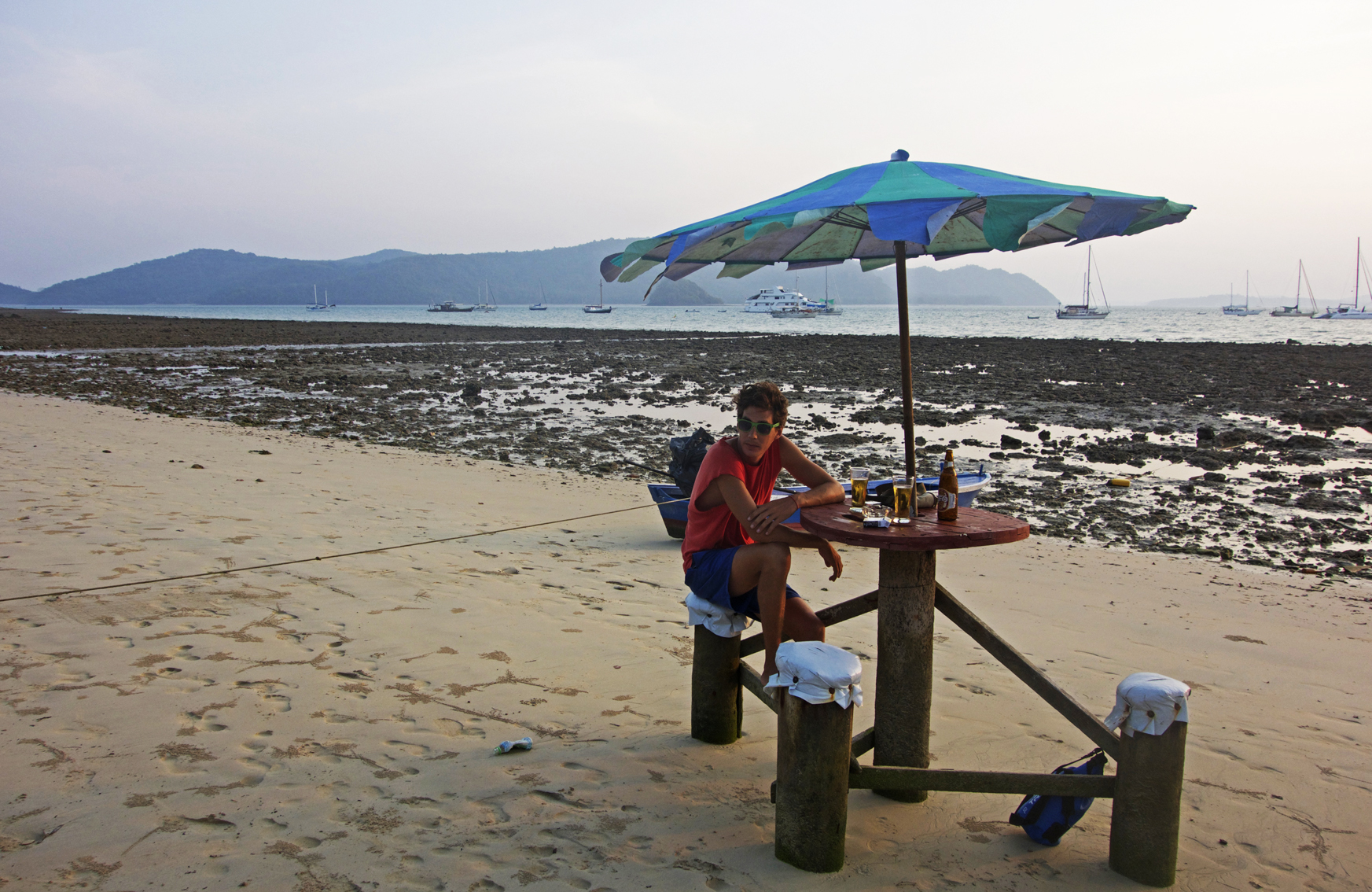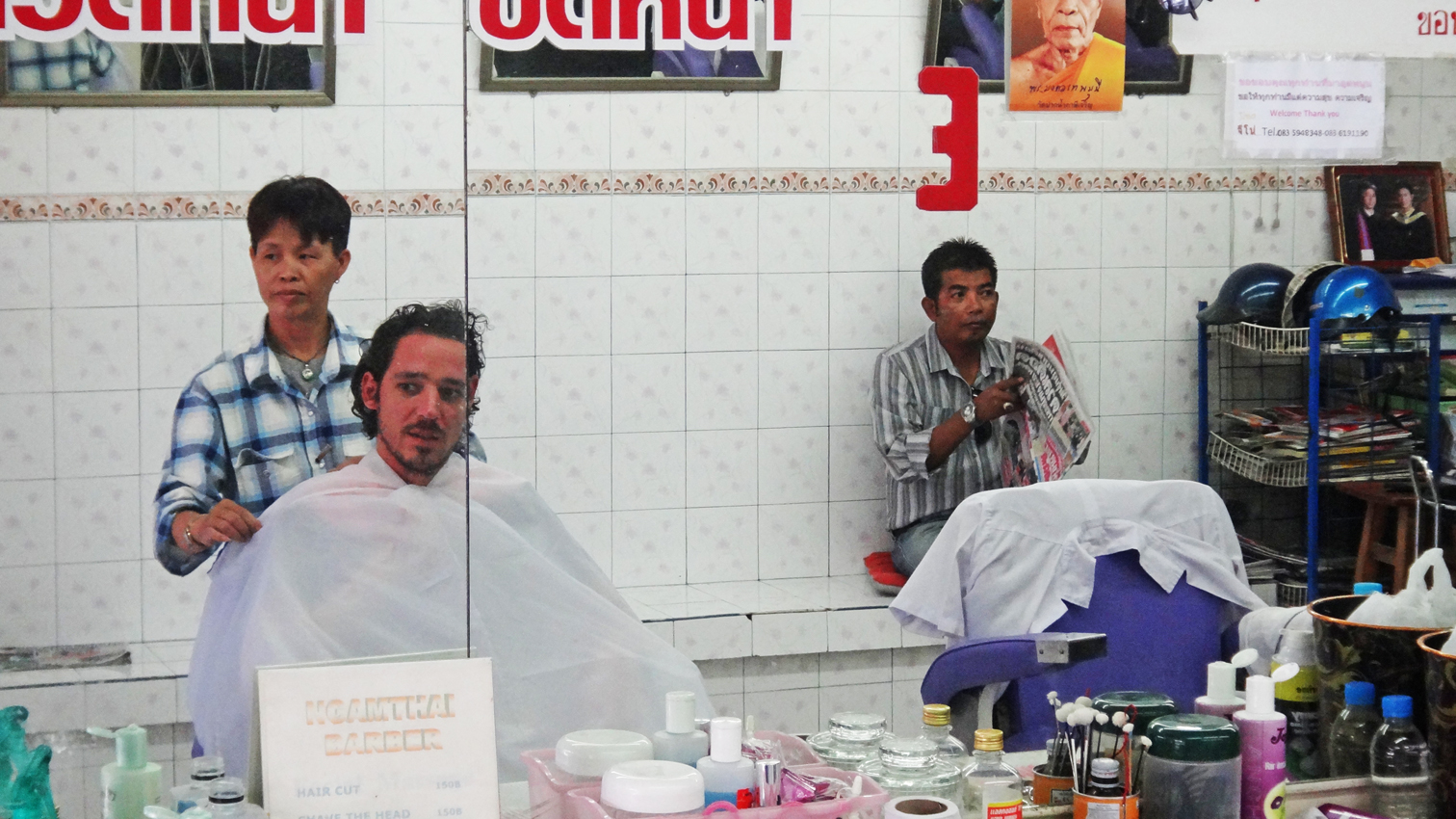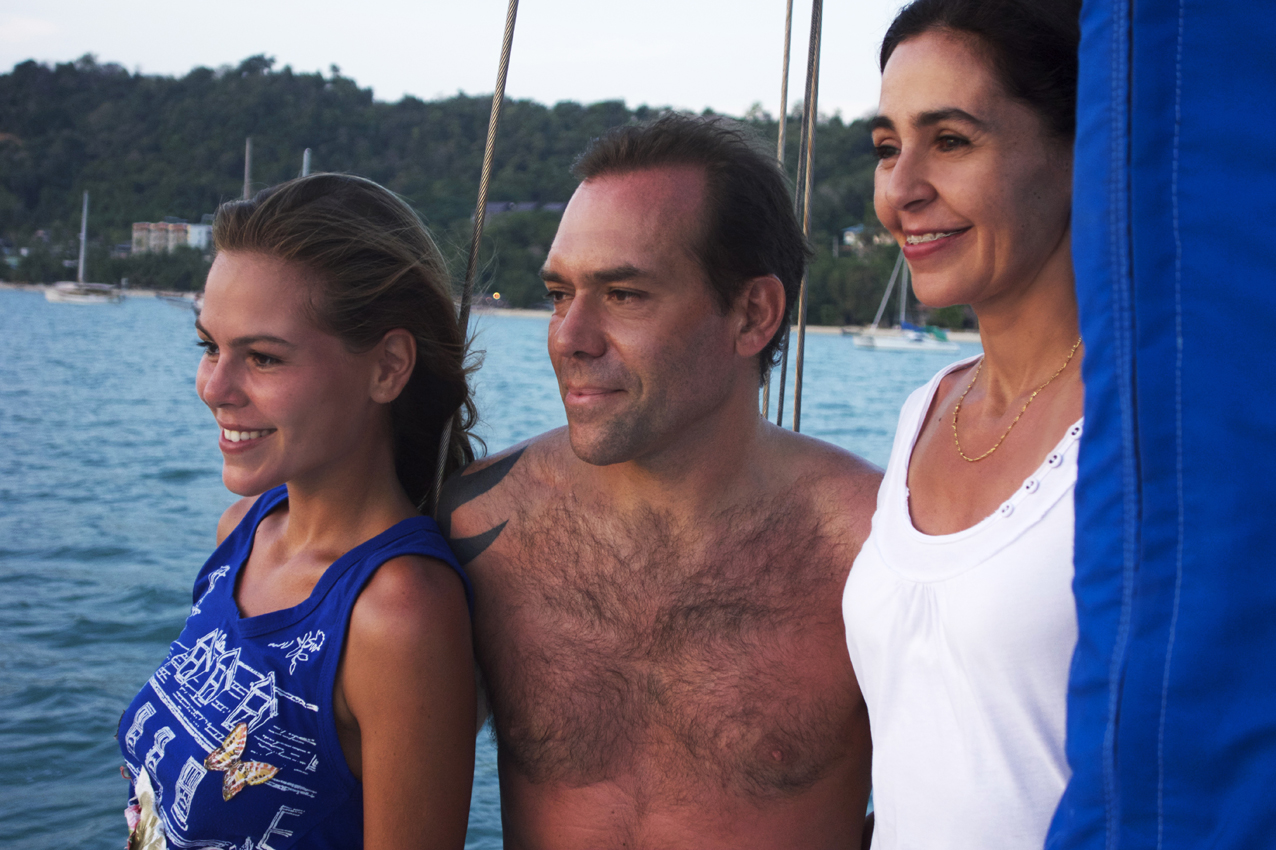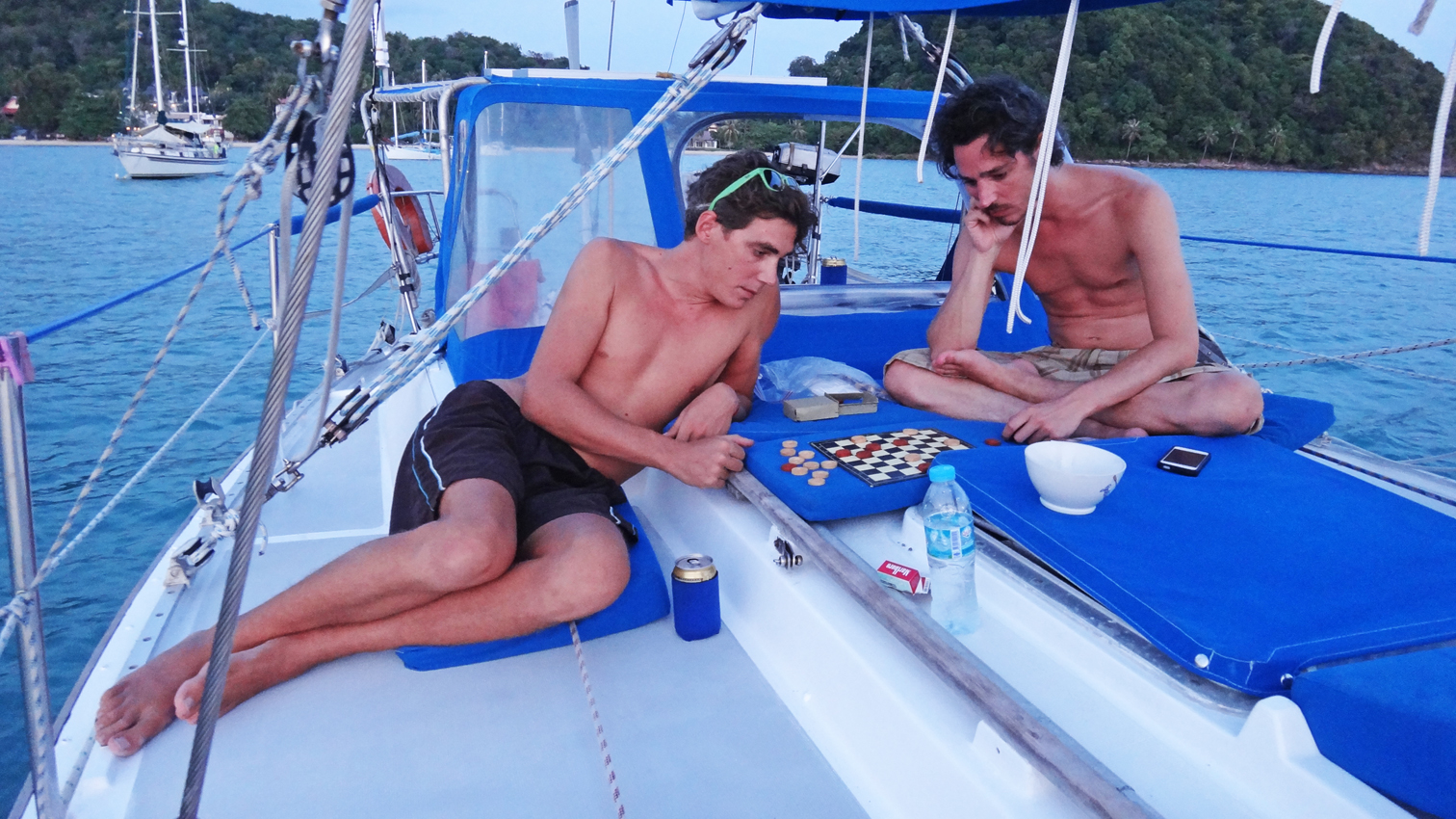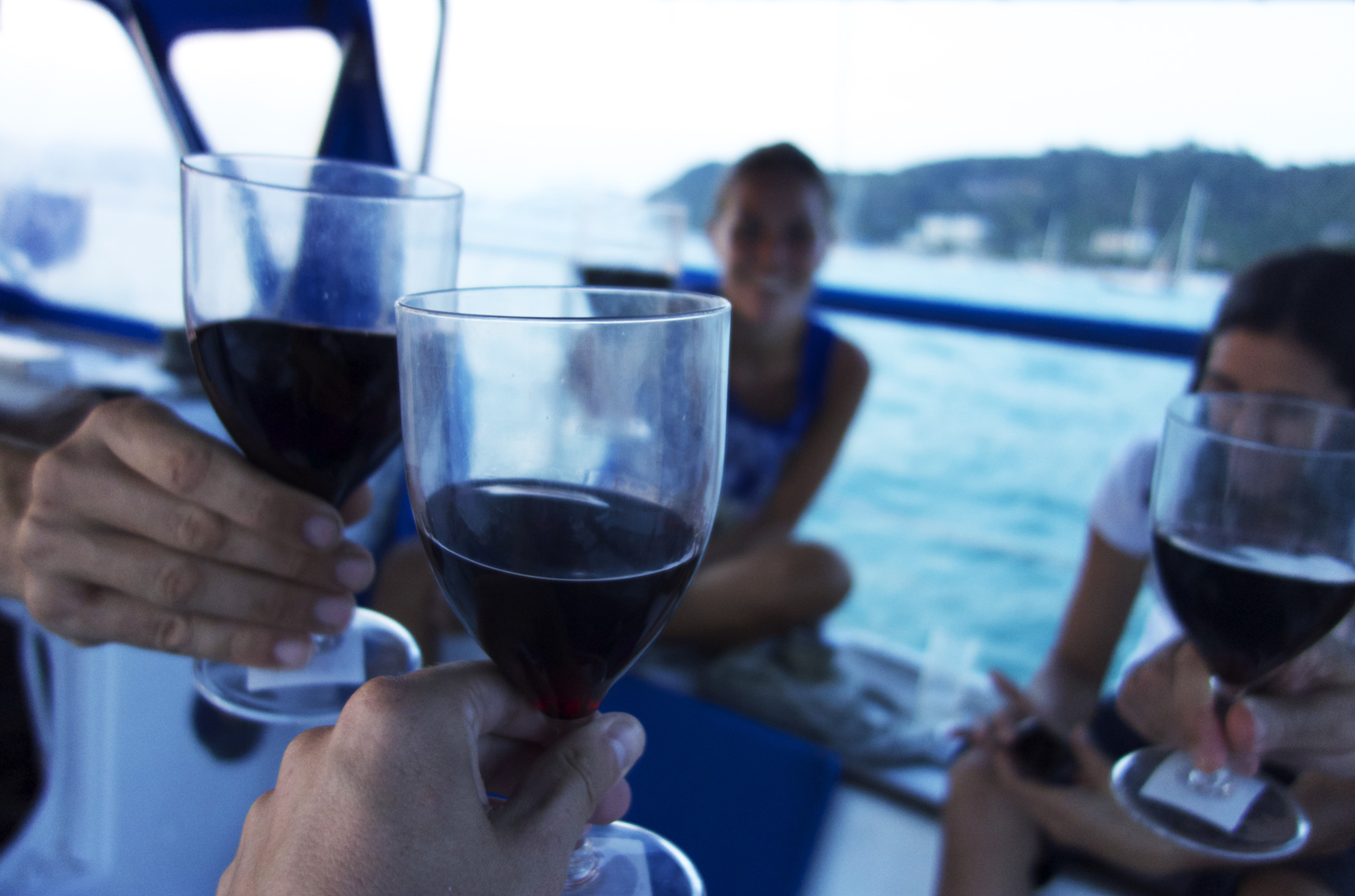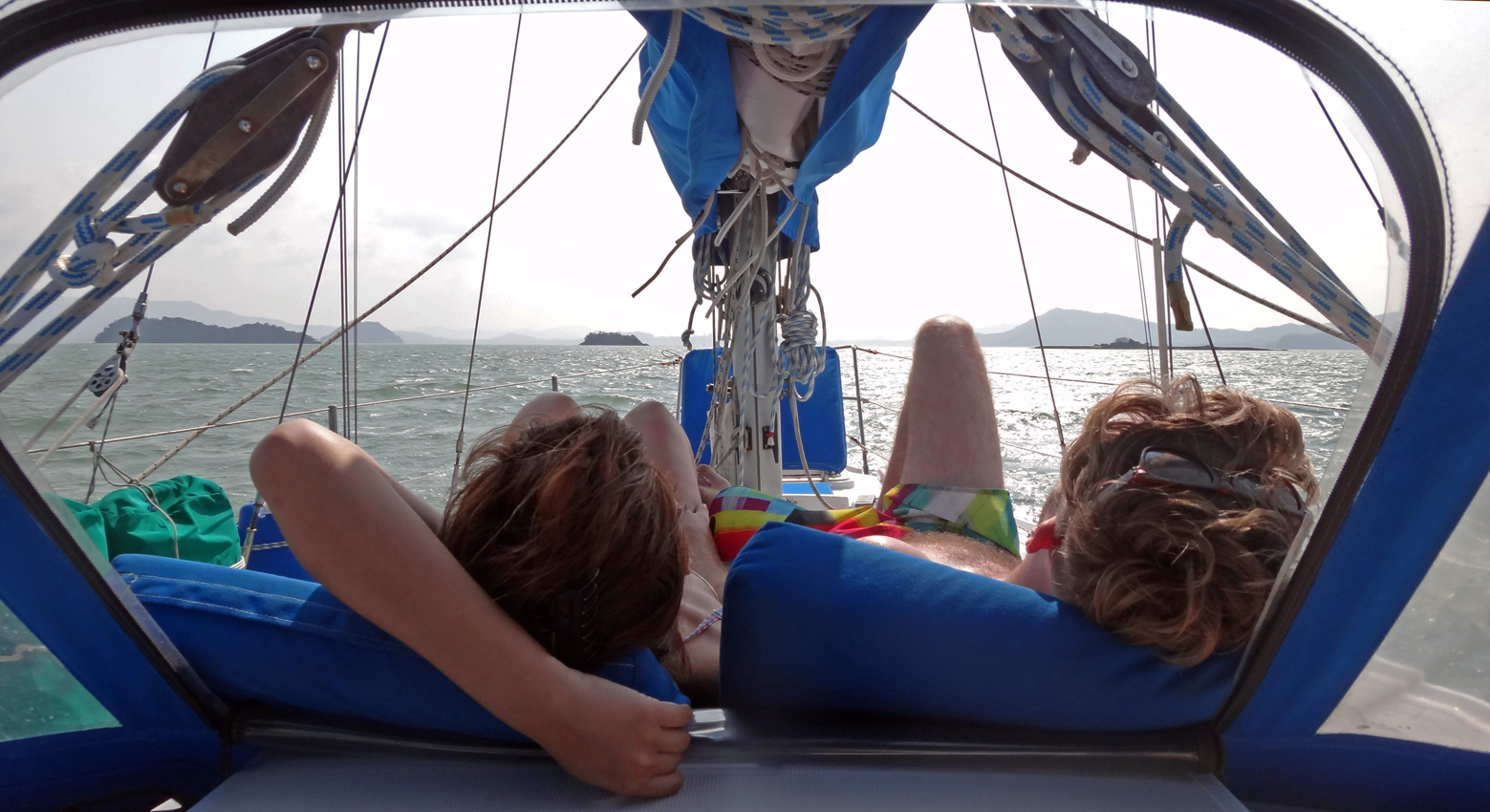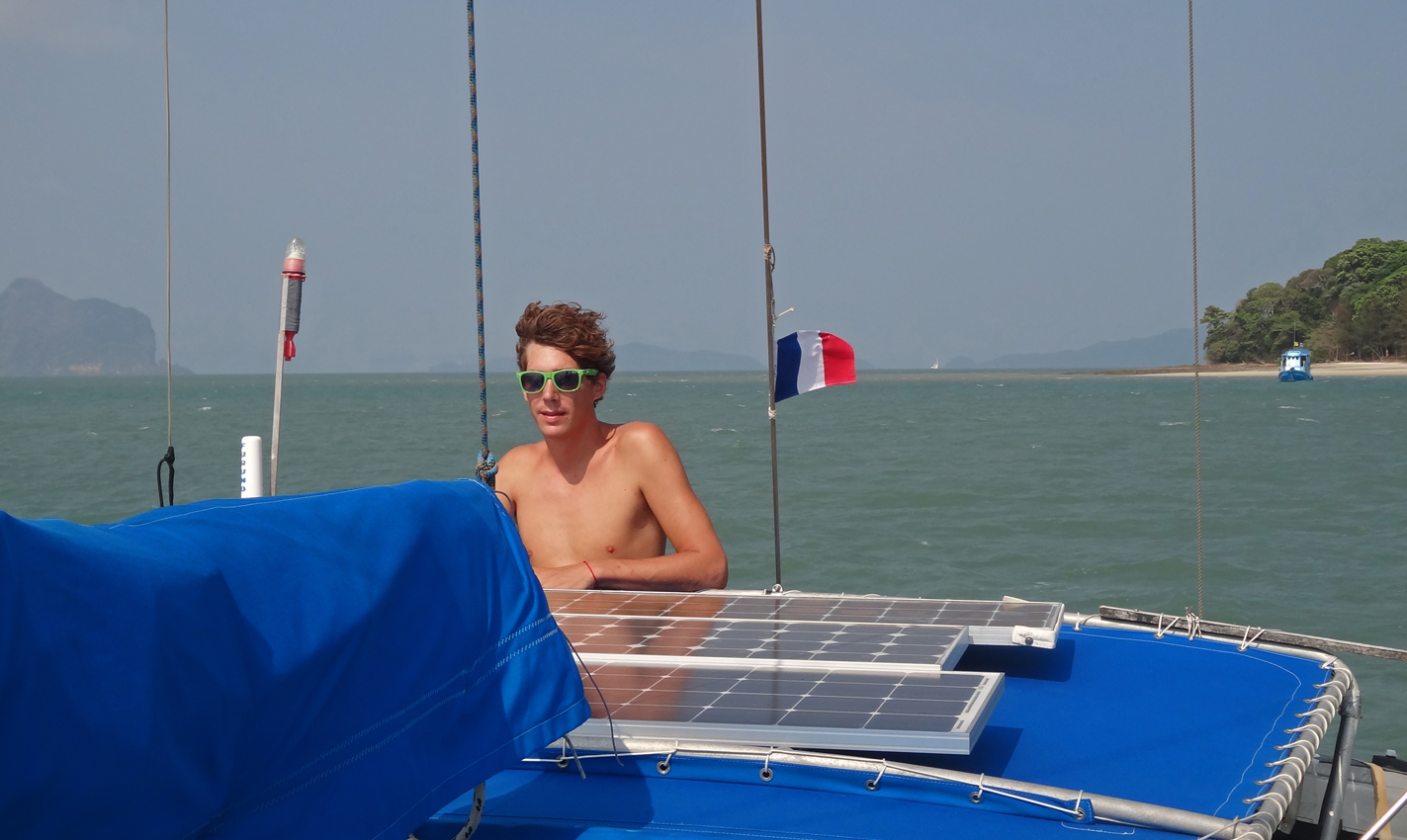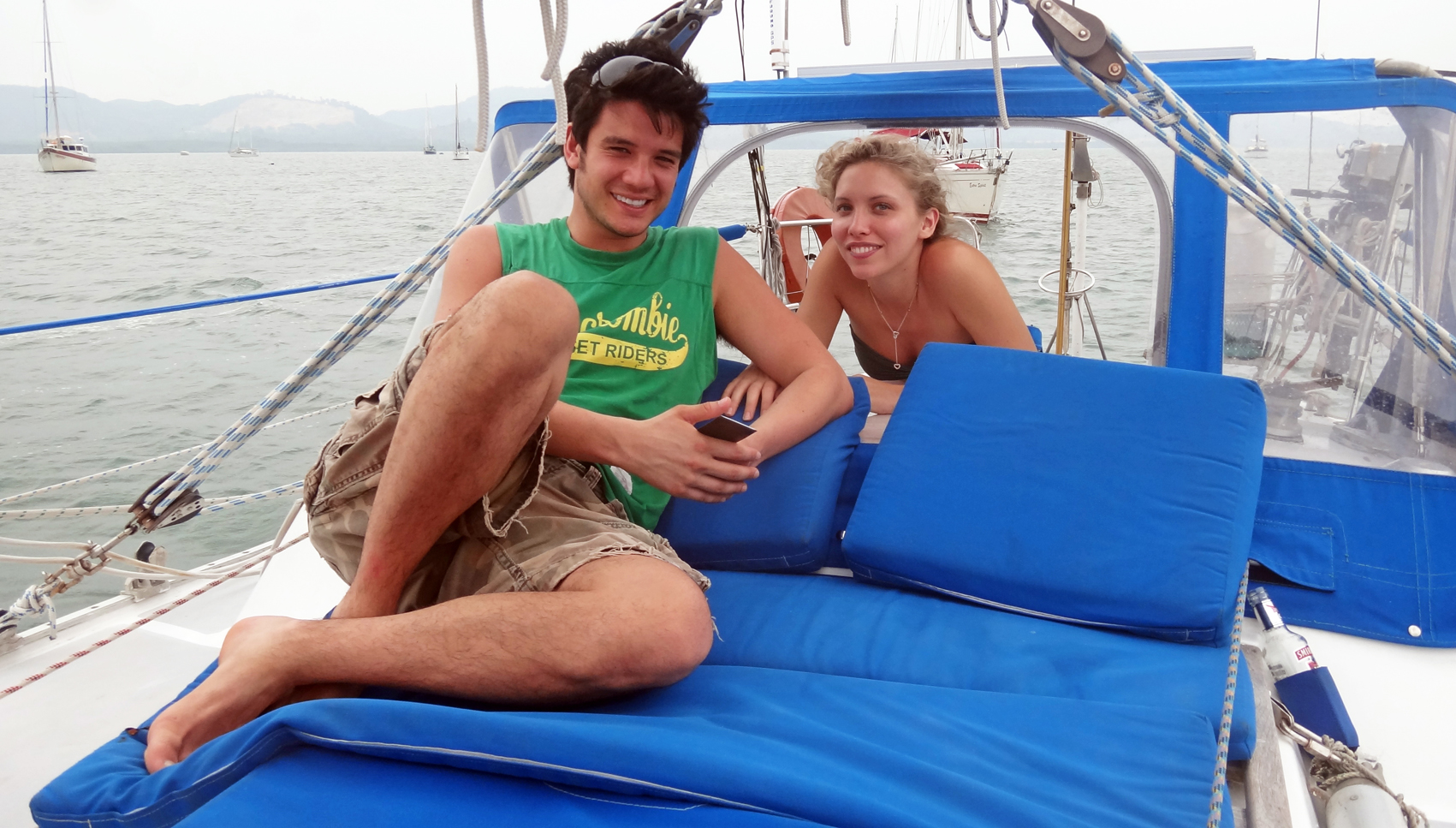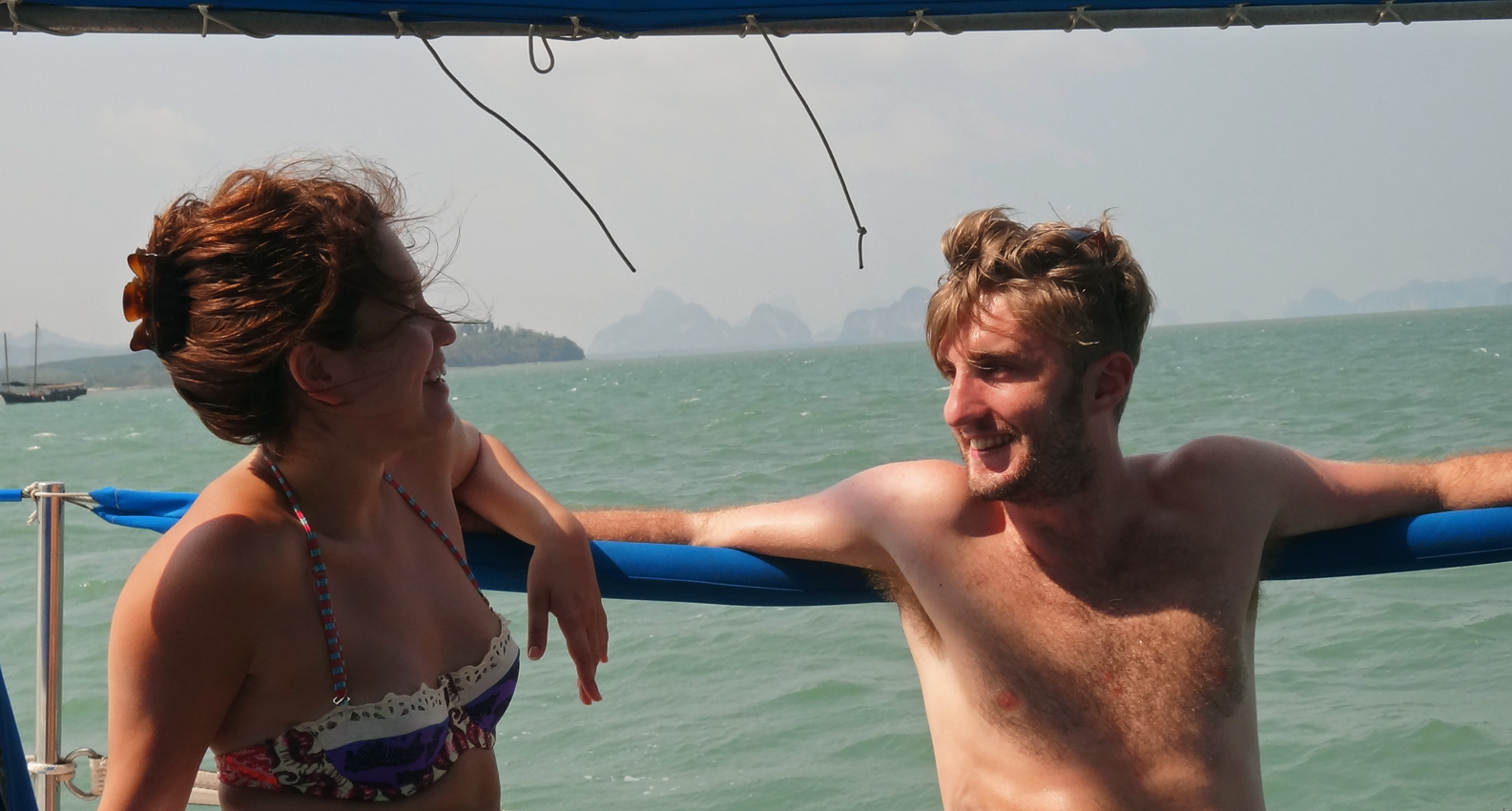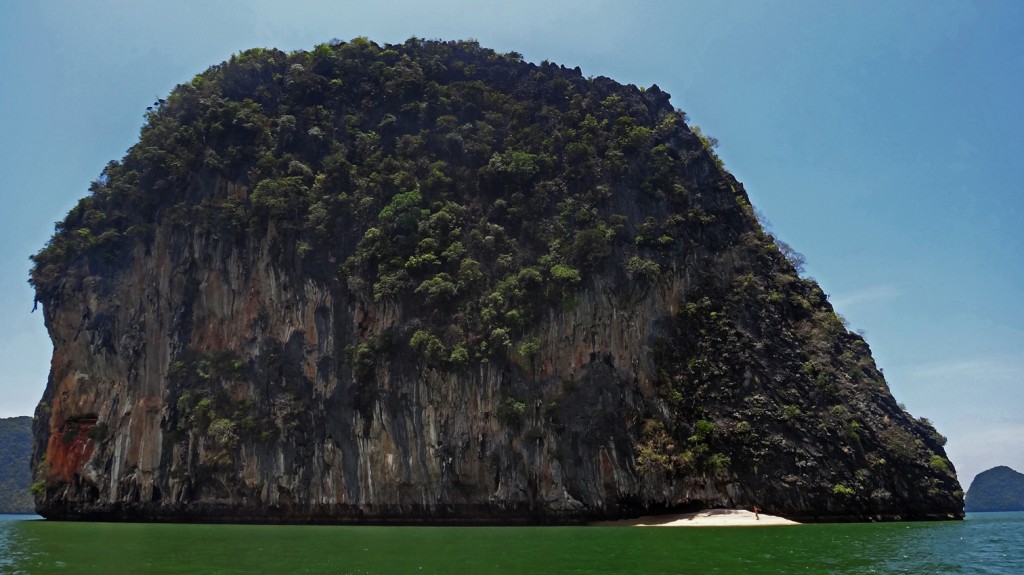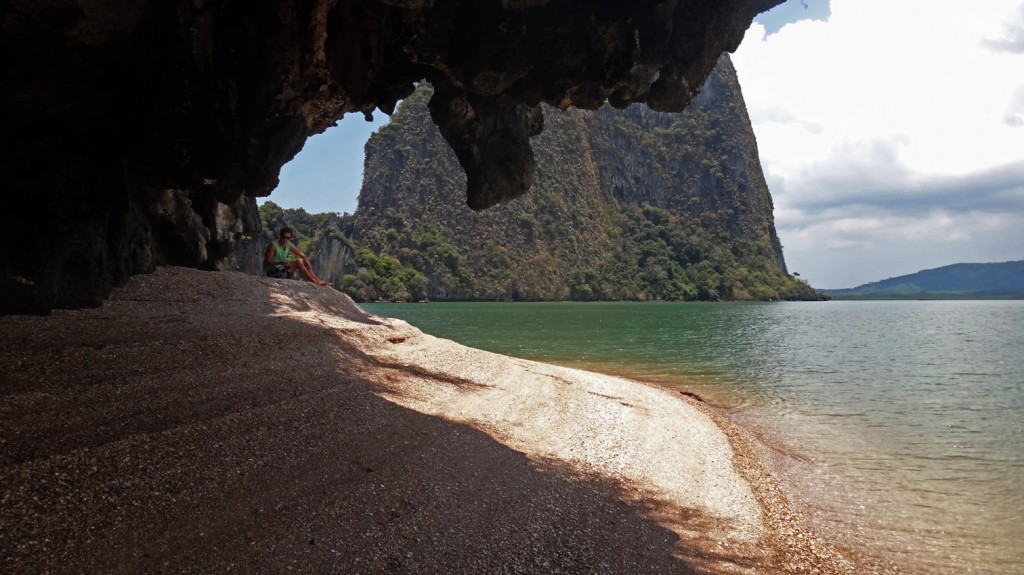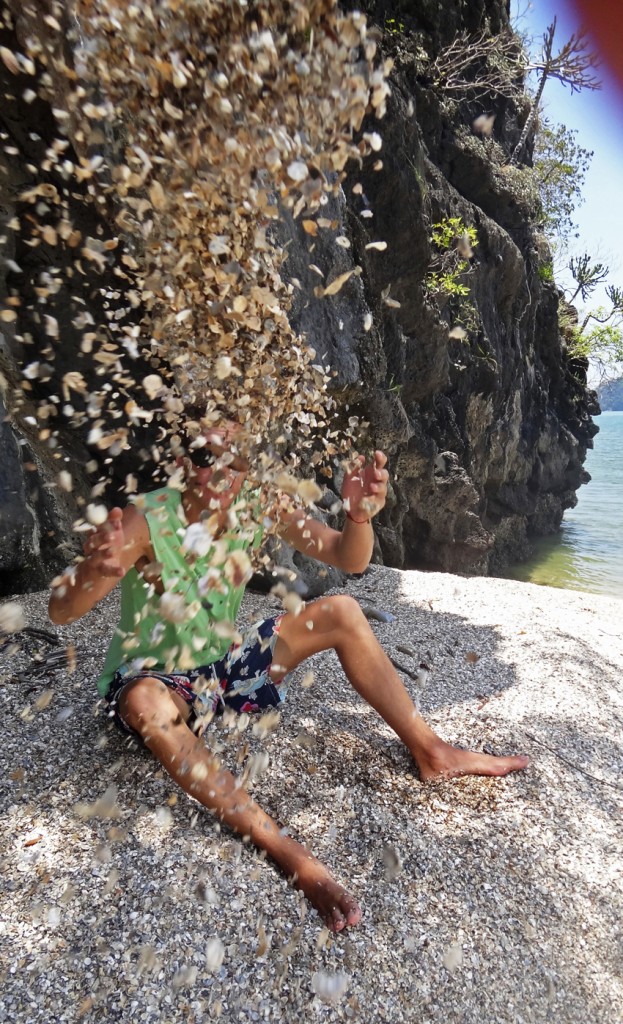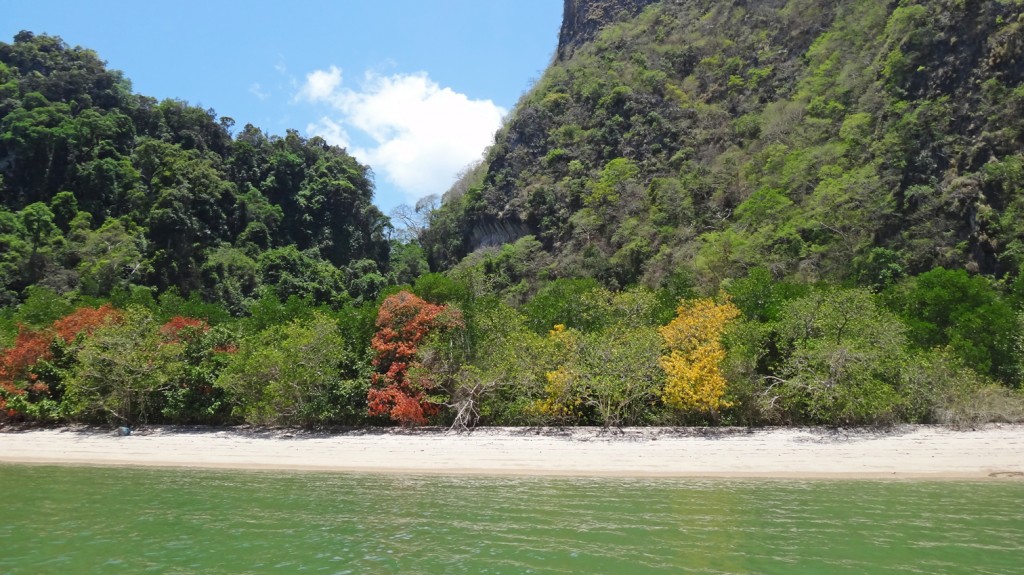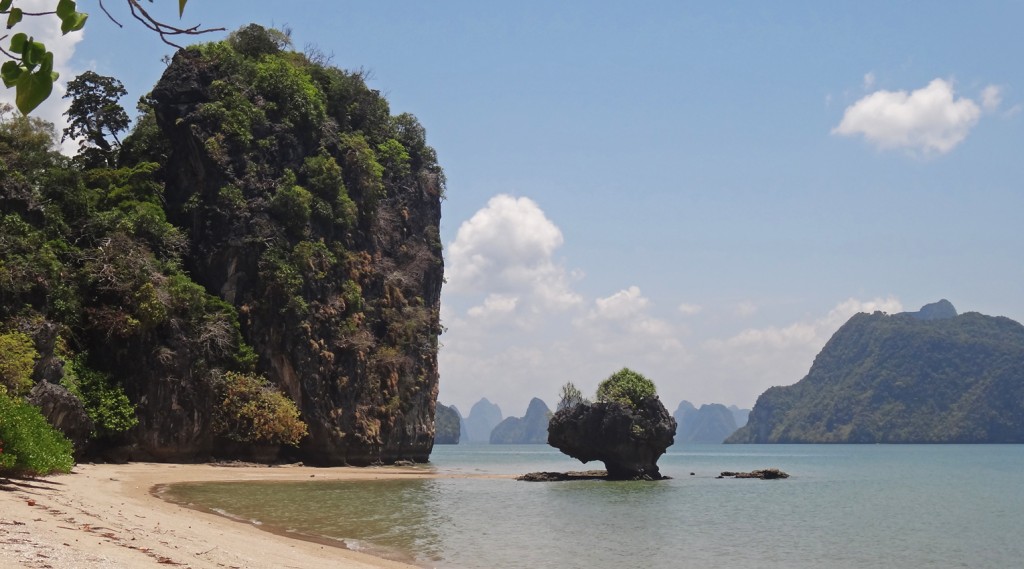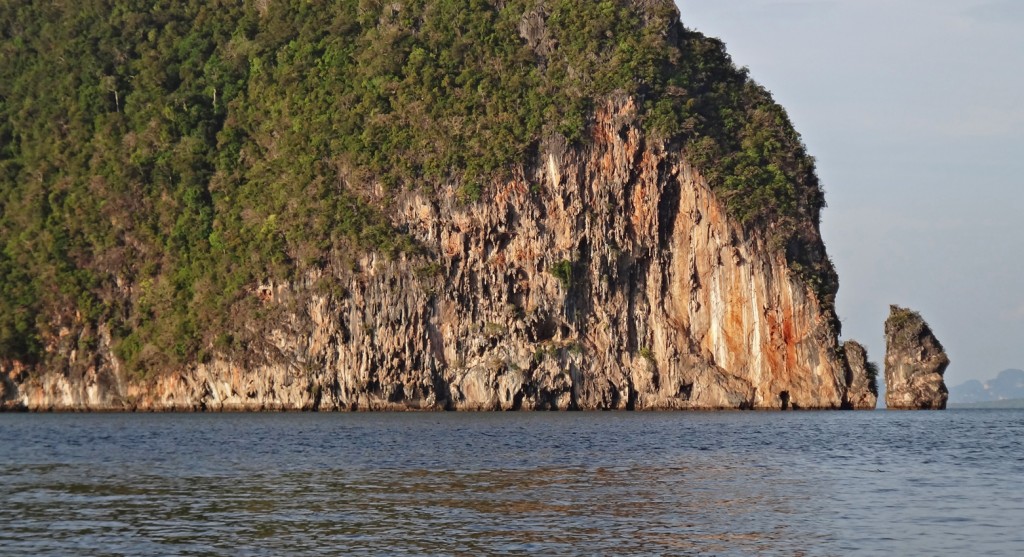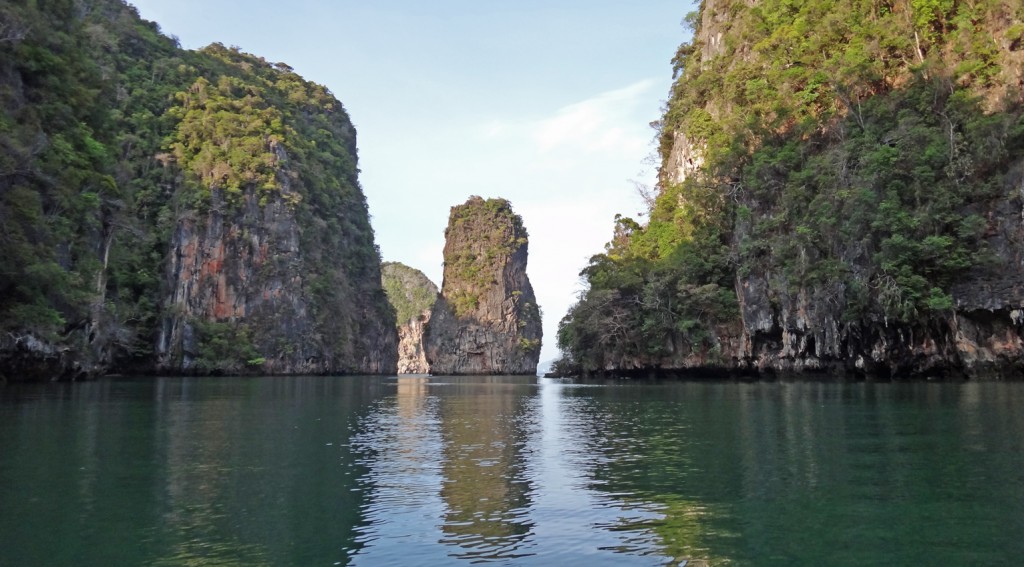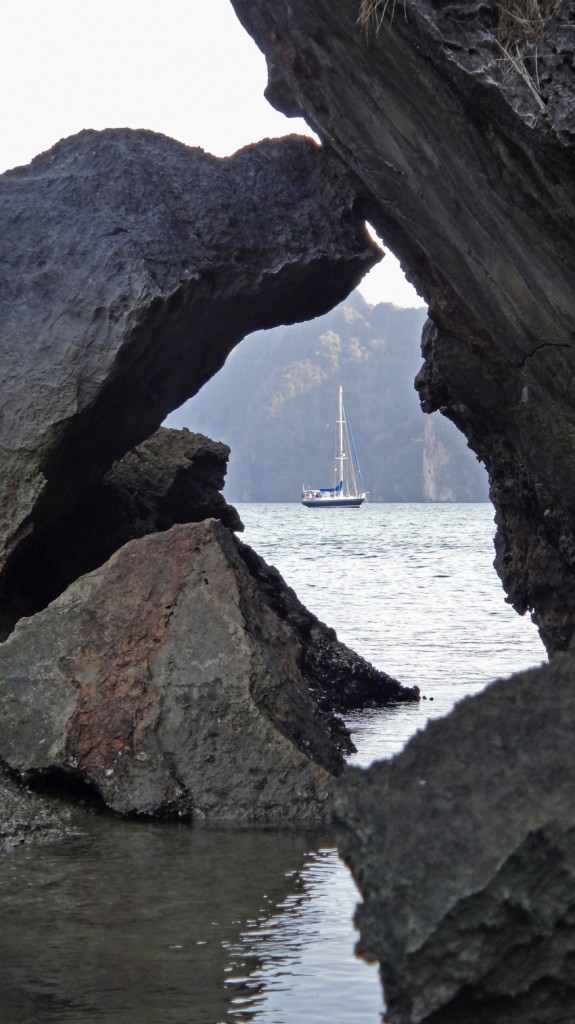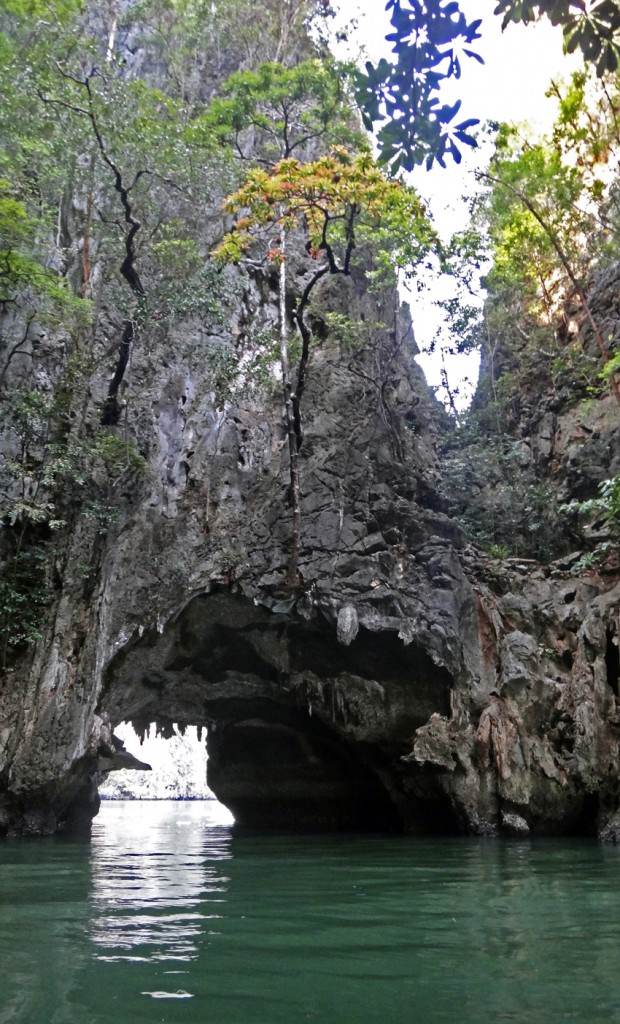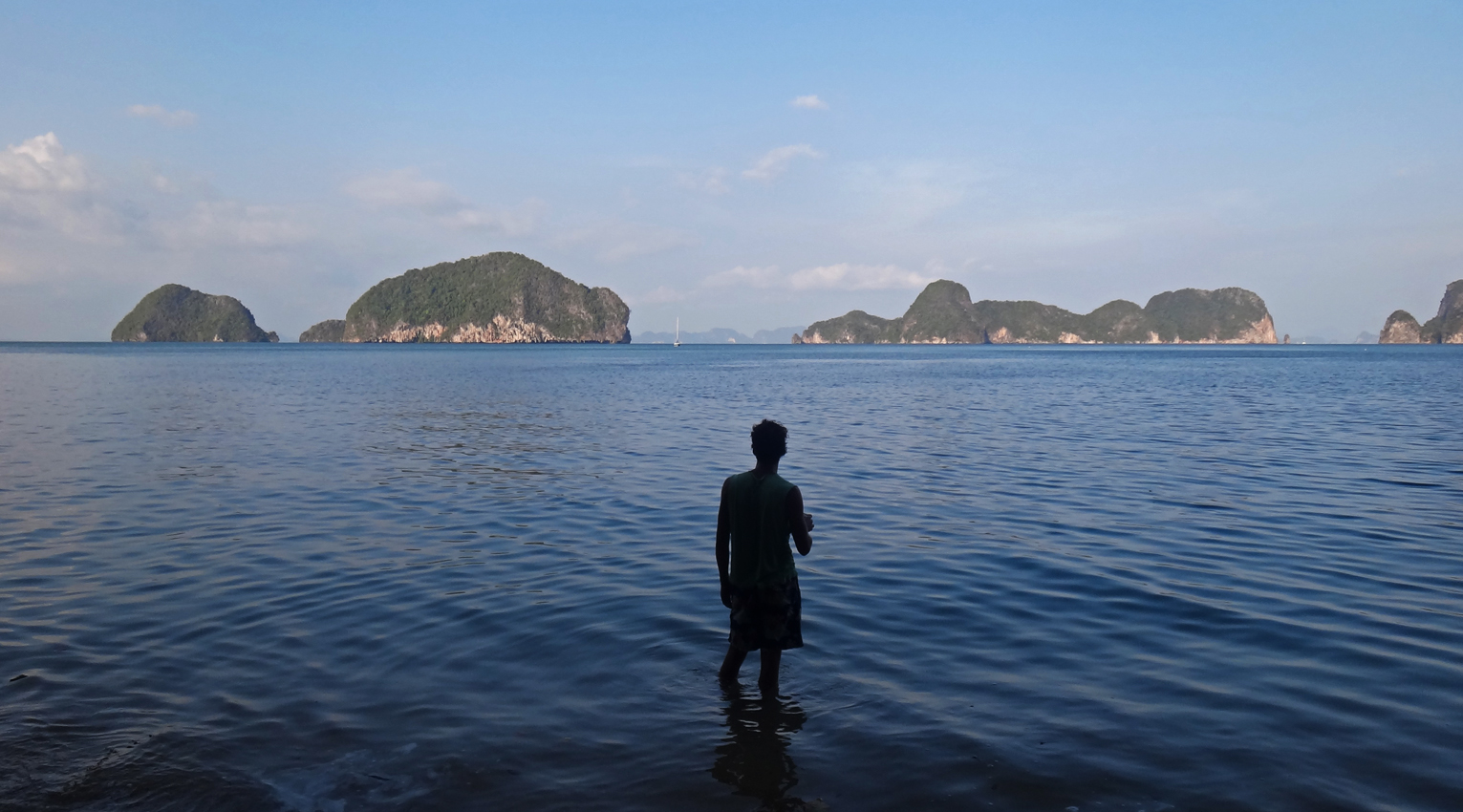Above The Clouds: Climbing Mount Kinabalu
As the sun rose over the turquoise waters of Pulau Tiga, 30 nautical miles south of Kota Kinabalu, I made my way out of my comfortable bunk and onto the deck of my boat. The soothing swell of the South China Sea put a smile on my face. As I looked up to the horizon, I saw the powerful mountains of Borneo, and, rising above all, the magnificent rugged crest of Mount Kinabalu.
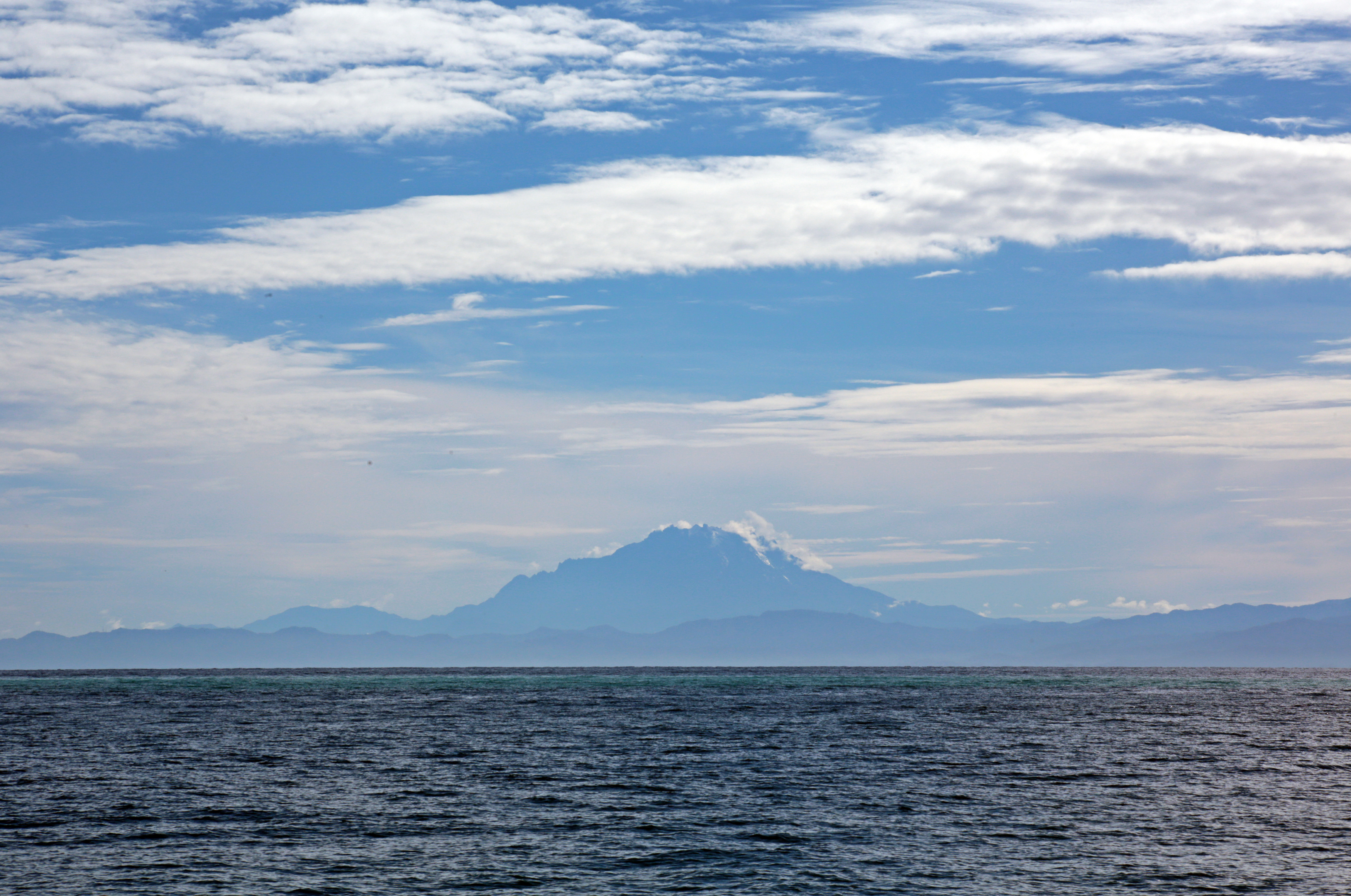
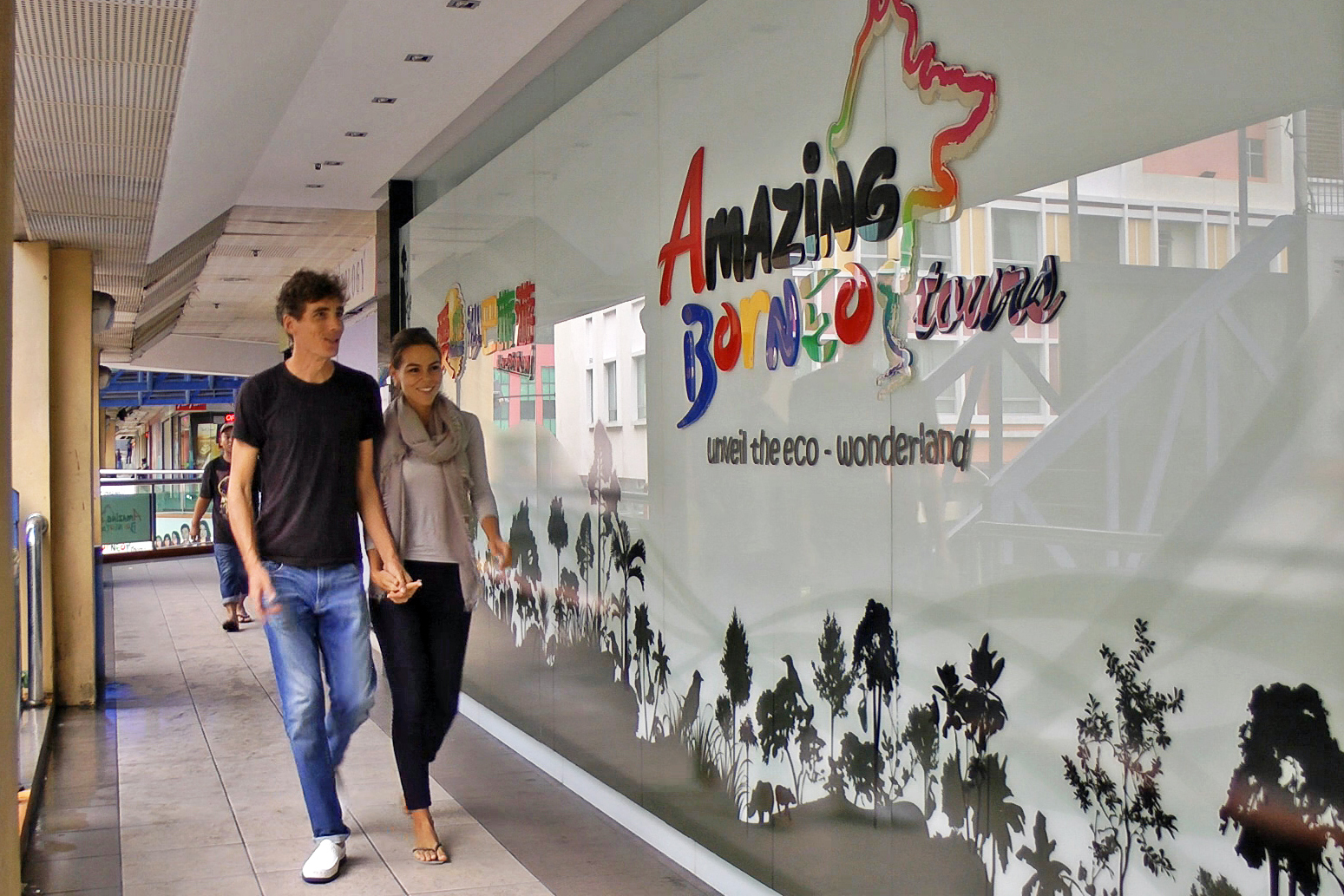
The tallest mountain in Malaysia gives its name to the city that lies at its feet, Kota Kinabalu. This city would be our next port, and climbing the mountain our next challenge, a dream I had been pursuing for many years.
A few hours later, we secured Dali’s lines in our berth at the Sutera Harbour Marina and made our way to the Amazing Borneo Tours office in town. They would be taking us up the mountain, providing a guide, accommodation and food during the three days and two nights it would take us to attempt the hike.
Any fit person with the necessary determination can climb Mount Kinabalu. We were told it is a tough but safe hike, yet although we have had some mountaineering experience in the past, our fitness level worried us: it was at a low after too much time spent in the city and the marina.
Our first night was spent at Sutera Sanctuary’s Lodges near the Kinabalu Park Headquarters. We felt refreshed by the low temperature but concerned by the clouds that covered the mountain with fog and rain. On a rainy day, the climb cannot be attempted. We started praying to the weather gods that watch over us at sea. Hopefully they would have their say on mountain weather as well. We went to sleep in our comfortable double bunk beds, dreaming of sunny mountaintops.
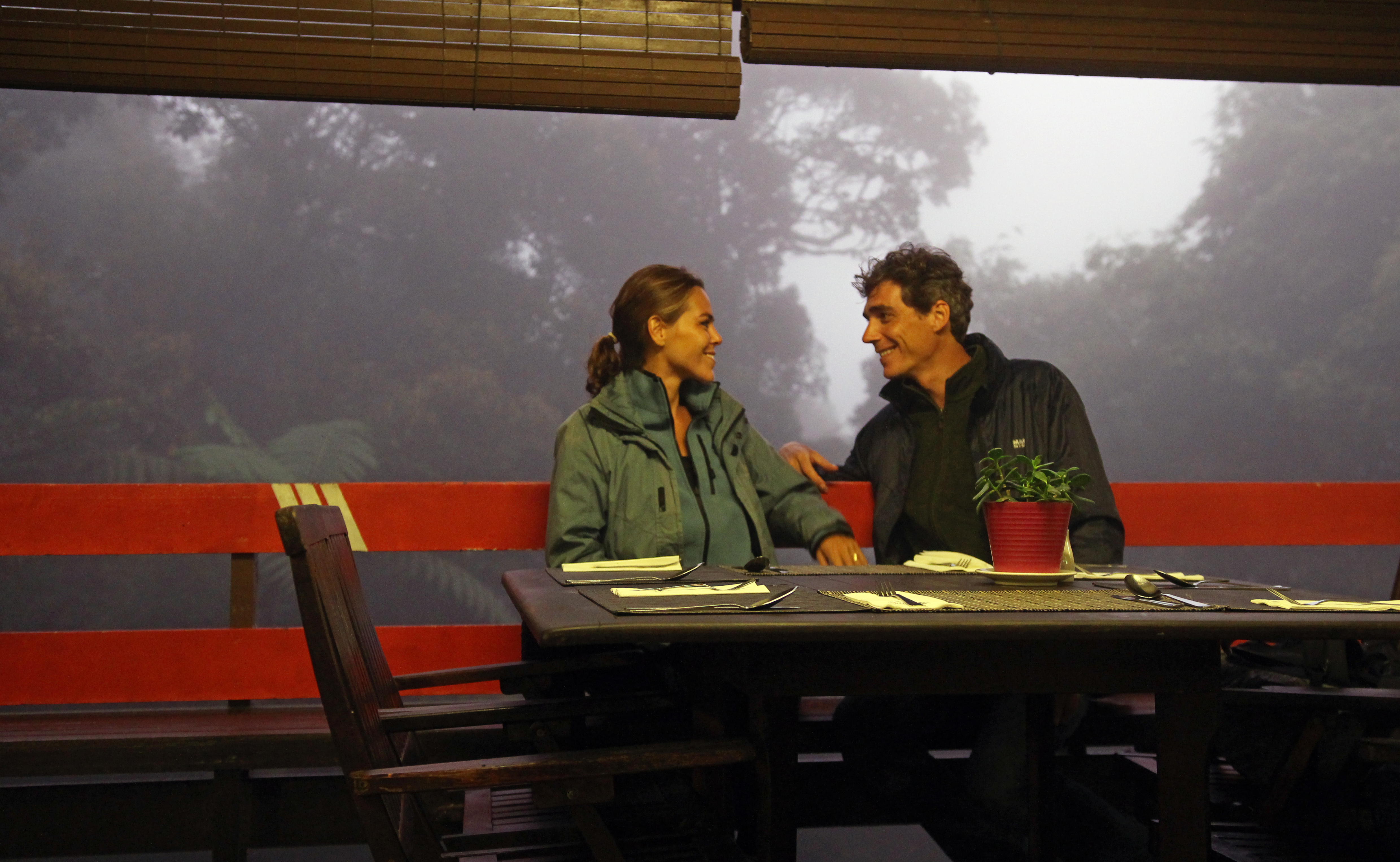
Dinner with a view at Balsam Restaurant
The next morning the clouds parted for a few minutes and revealed the mountain from a shorter distance. What a sight! Due to the tropical climate, Mount Kinabalu has the particularity to culminate at over 4000 meters while being free of all snow, a sight I had never witnessed before. The jagged granite rock speaks of the history of time and I stood still in front of the power of this mountain.
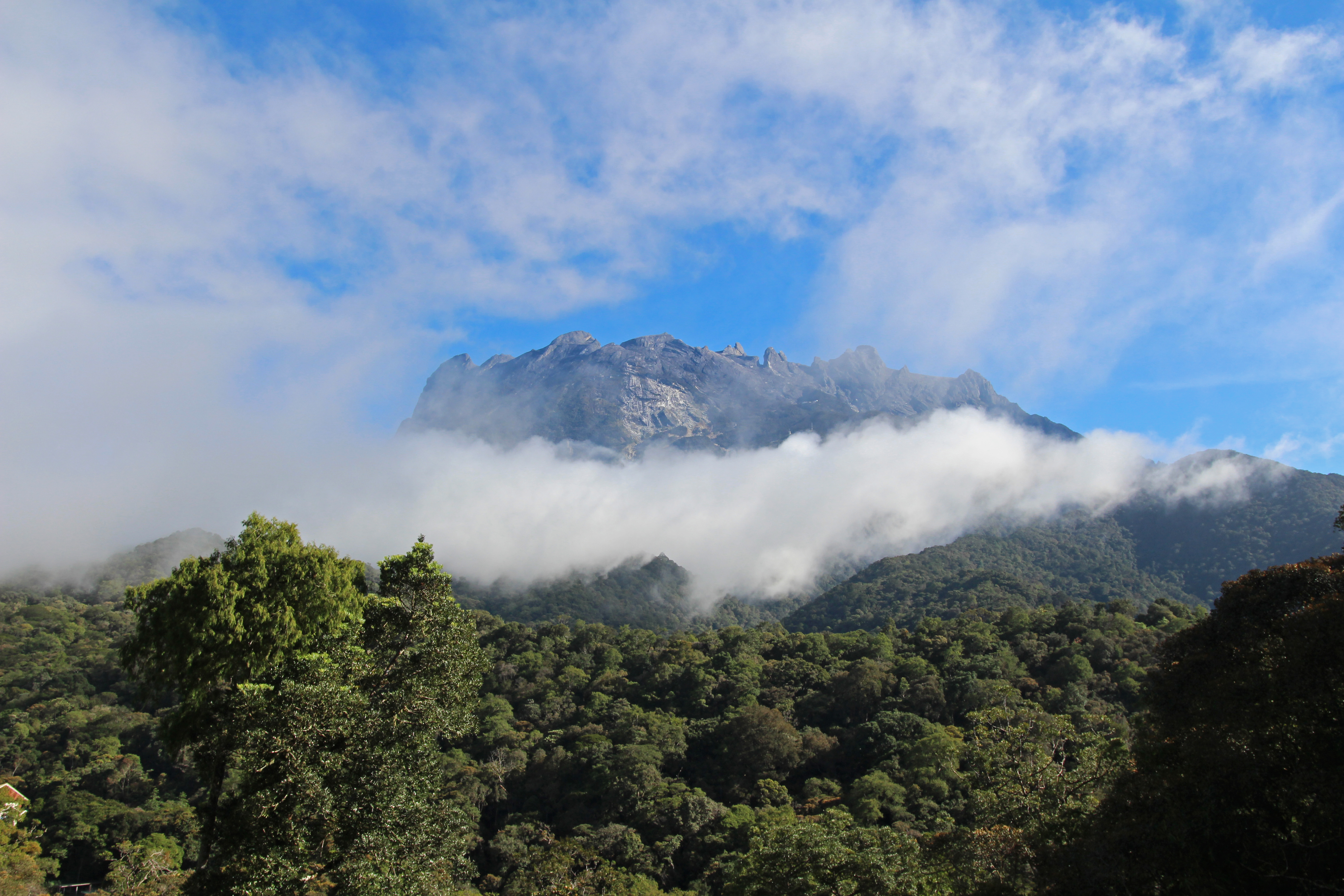
Aki Nabalu seen from the Park Headquarters
It was time to hike. A lot of steps have been carved in the soil of the mountain and facilitate the climb, but my muscles were out of practice indeed. The first section goes through the humid rainforest and we were panting and sweating but slowly making our way up. The many rest stops came as a relief. We could drink water, adjust our clothing according to the change of temperature, and entertain ourselves with adorable fat squirrels fed by the many tourists that attempt the climb everyday.
The second section got us into the rainy clouds, but the vegetation changed and revealed little fluffy trees and colourful flowers that made us feel as if were strolling through a carefully designed Japanese garden. Enthralled by the beauty of nature, we pushed through the last of the 6 kilometres that brought us up to Laban Rata, the base camp for the climb to the summit.
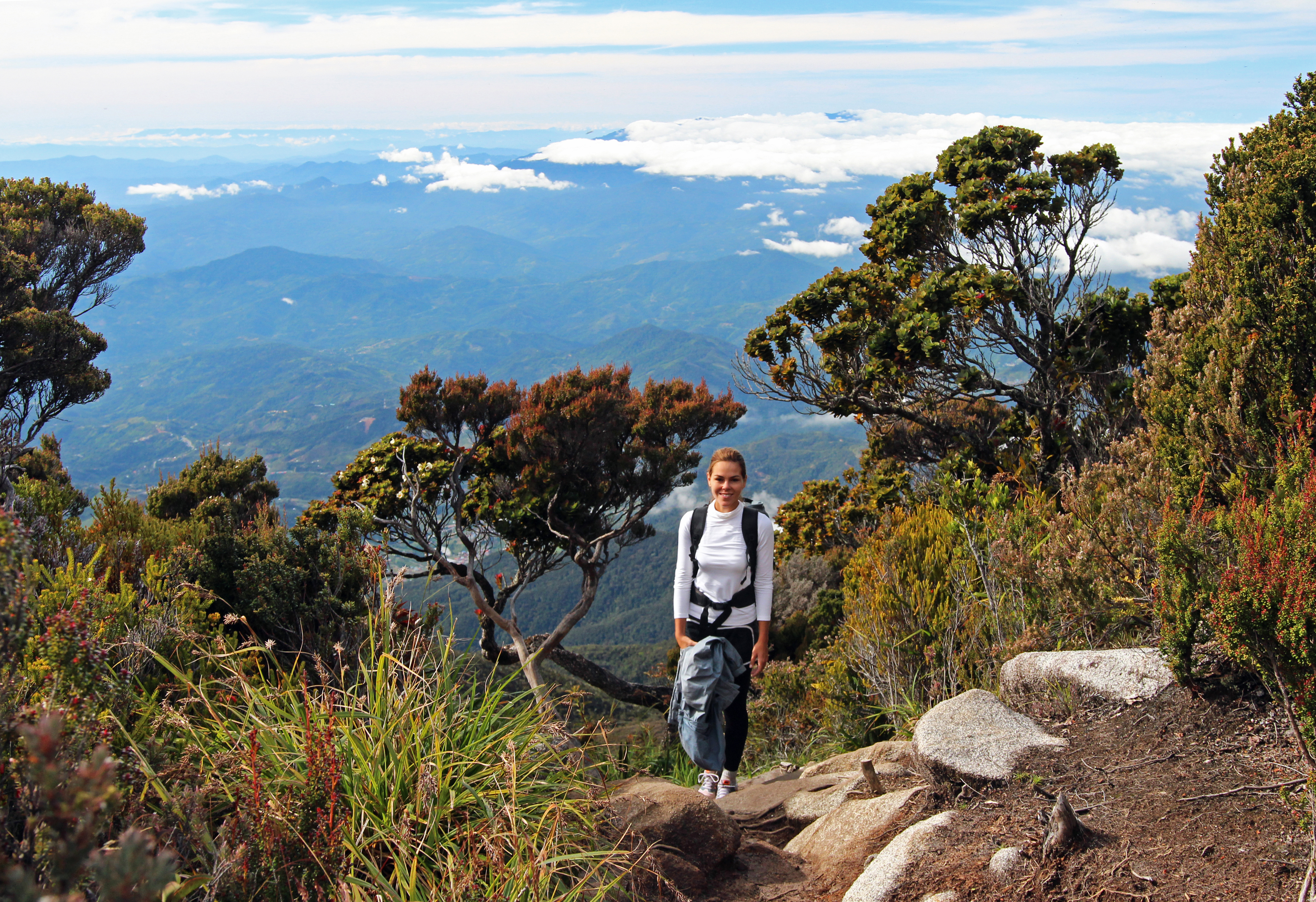
Bonsai Pines, Rhododendrons and Shrub Raspberries
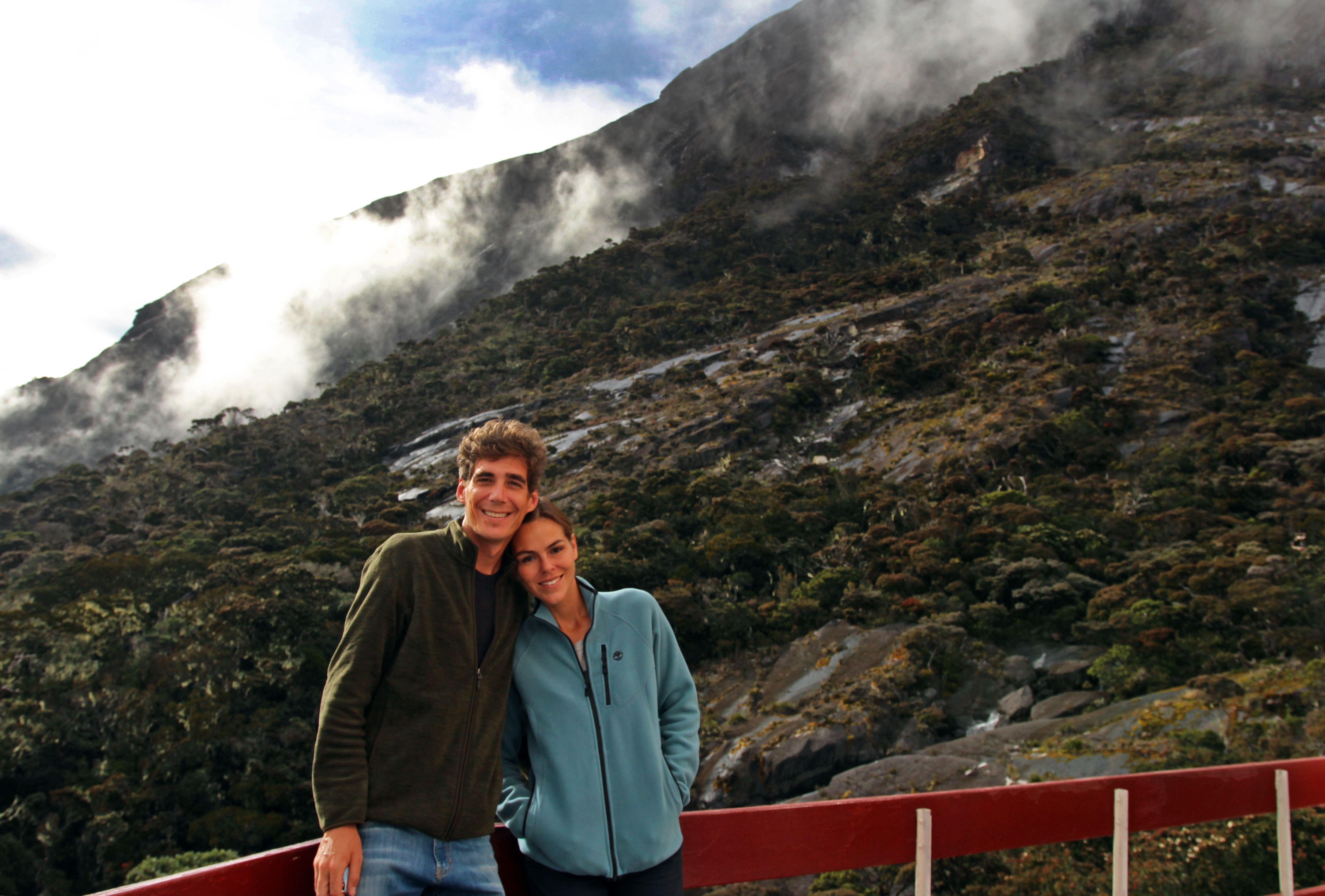
Balcony at Laban Rata Lodge
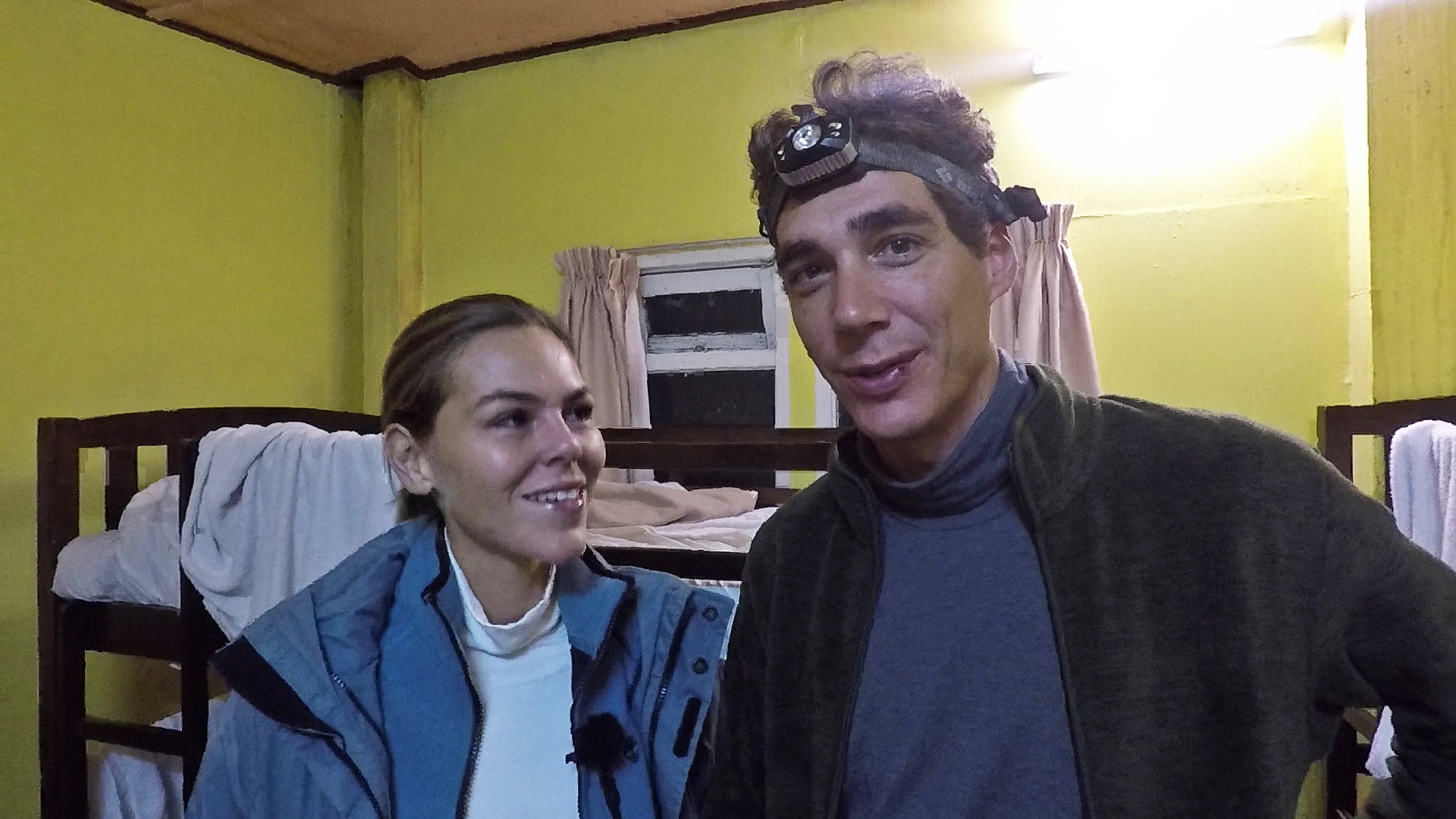
2AM Smiles
We were extremely impressed with the quality of the facilities that we found at 3200 meters. A nice restaurant with an exceptional view, great food and very soft mattresses, an incredible achievement, taking into account the fact that every single piece of equipment has been carried up the mountain by human power. We shared our room with a lively bunch from Sarawak. Our night was short, as we had to wake up at 2AM for a very early breakfast.
The excitement grew as we started climbing in the dark. The sky was clear, and it felt as if we quickly made our way up the last steps that led us out of the trees and onto the rough granite rock that lies bare at the top of the mountain. The half moon was smiling above us and we barely used our headlights to find solid grip at every step taking us further up. I felt like I was on another planet, a soft cold breeze pushing me towards that goal I had been dreaming of for so long. Ropes helped us through the more technical passages, and we arrived at a gentle slope as the light started illuminating the sky in the east.
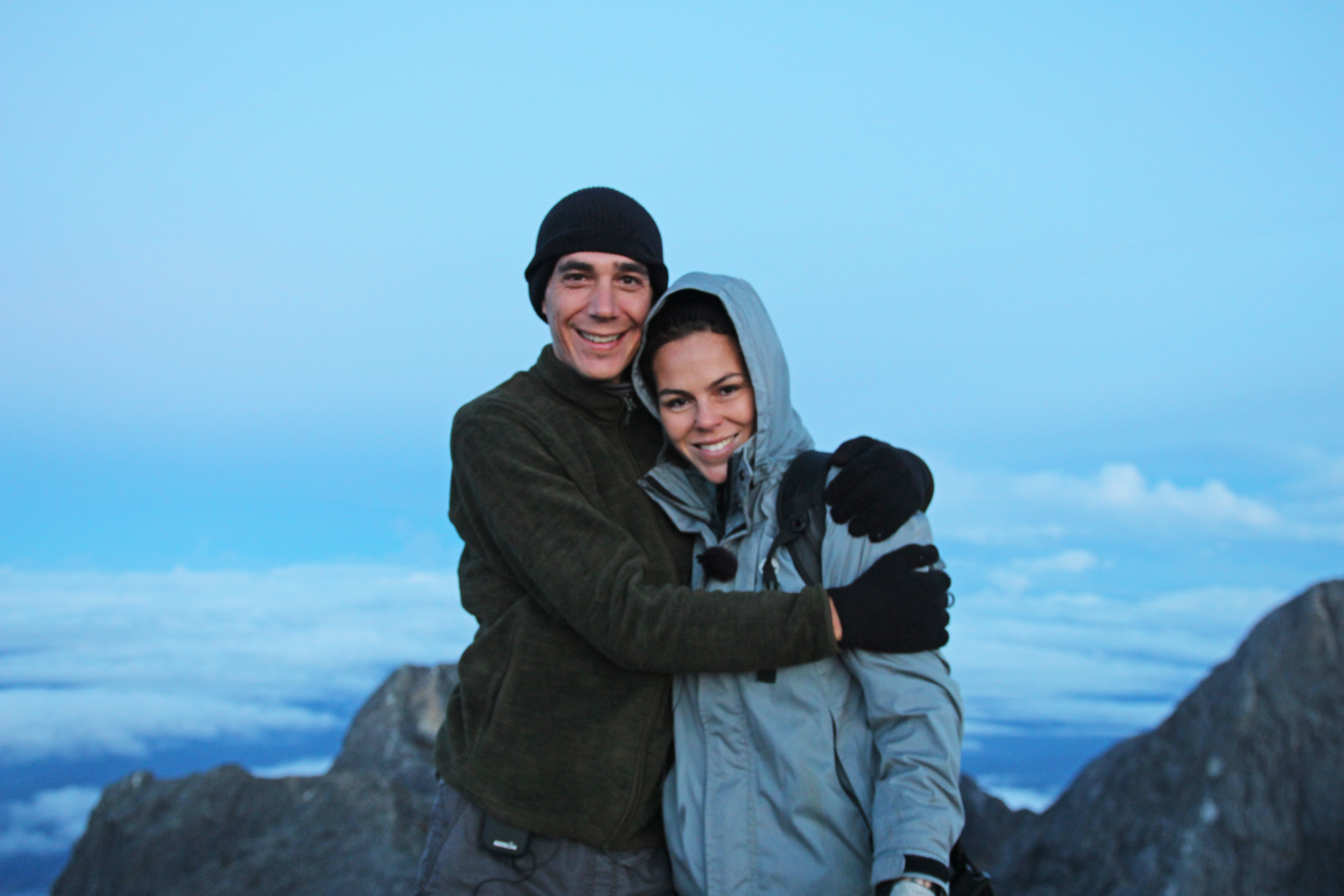
Reaching the Summit at Sunrise
My breath got shorter due to altitude, but I was on a high. We could finally see the summit, and the lights of the climbers ahead of us set a final goal for our heavy legs. The last steps were slow but determined. The sky finally turned pink as we touched the summit of Mount Kinabalu, 4095 meters above the sea. We had reached our goal. We put on all the layers of clothes we had and enjoyed the breathtaking view.
The next part was pure joy: a couple of hours on top of the world, the sun piercing out of the horizon, playing with the texture of the granite and warming our bodies. I had never seen anything like it. The sweeping clouds far beneath us contrasting with the sharp peaks of the mountain created a feeling of elevation I wished I could hold onto forever. Everywhere I looked, I was in awe. Iva and I looked at each other, a huge smile on our faces, no words needed to express our feelings. The long strenuous journey up the mountain suddenly felt like a forgetful detail of my favourite hike up to this day. I thought of my family, my friends, and the rest of living beings on this planet. All I could wish for was for them to experience a similar feeling, at least just for one short moment in their lives.
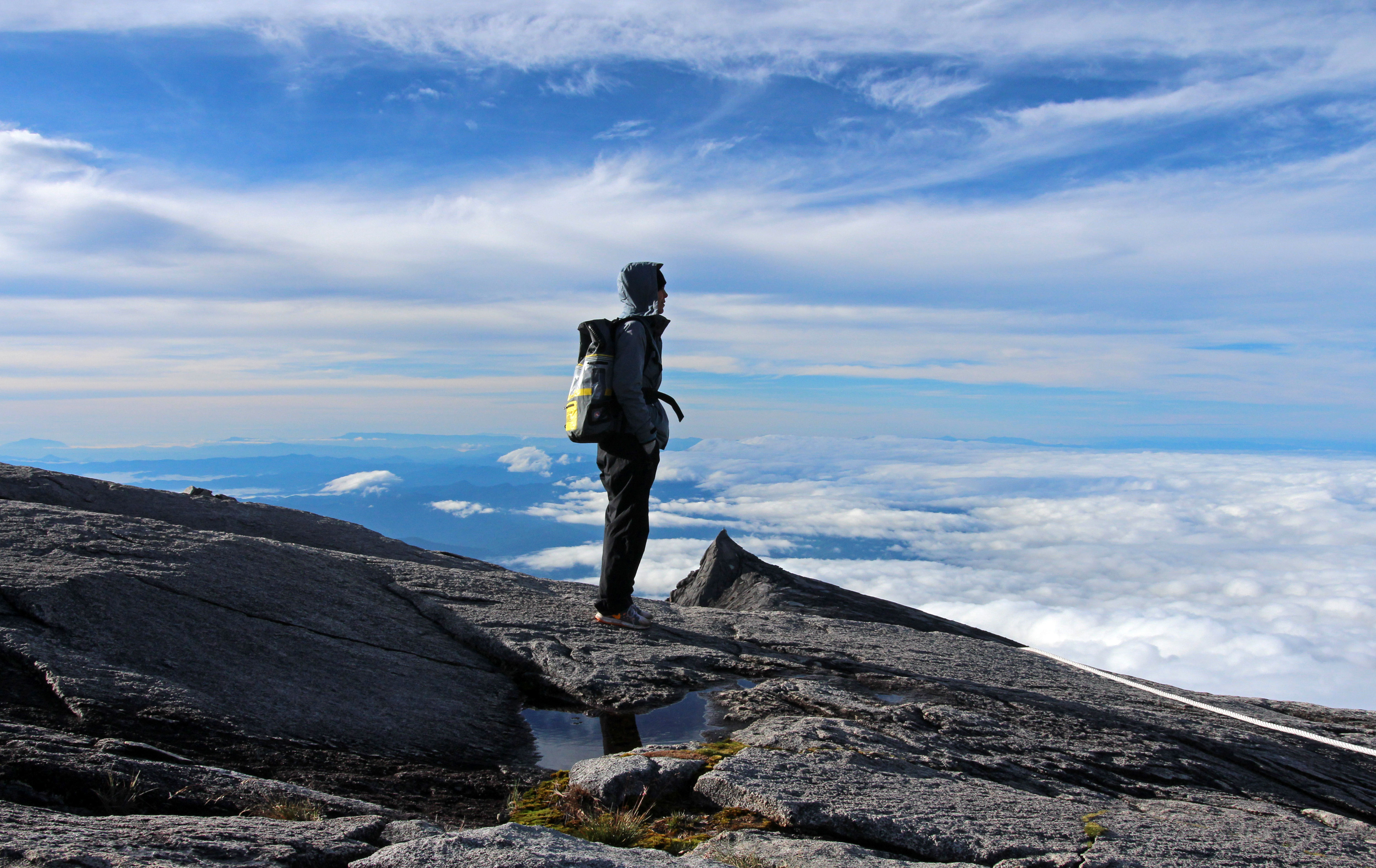
Climb Mount Kinabalu
Experience the adventure we went on by booking a 3D2N package that will take you to the summit of Mount Kinabalu at 4,095 metres above sea level!

